1. A Book of Mediterranean Food by Elizabeth David (1950)
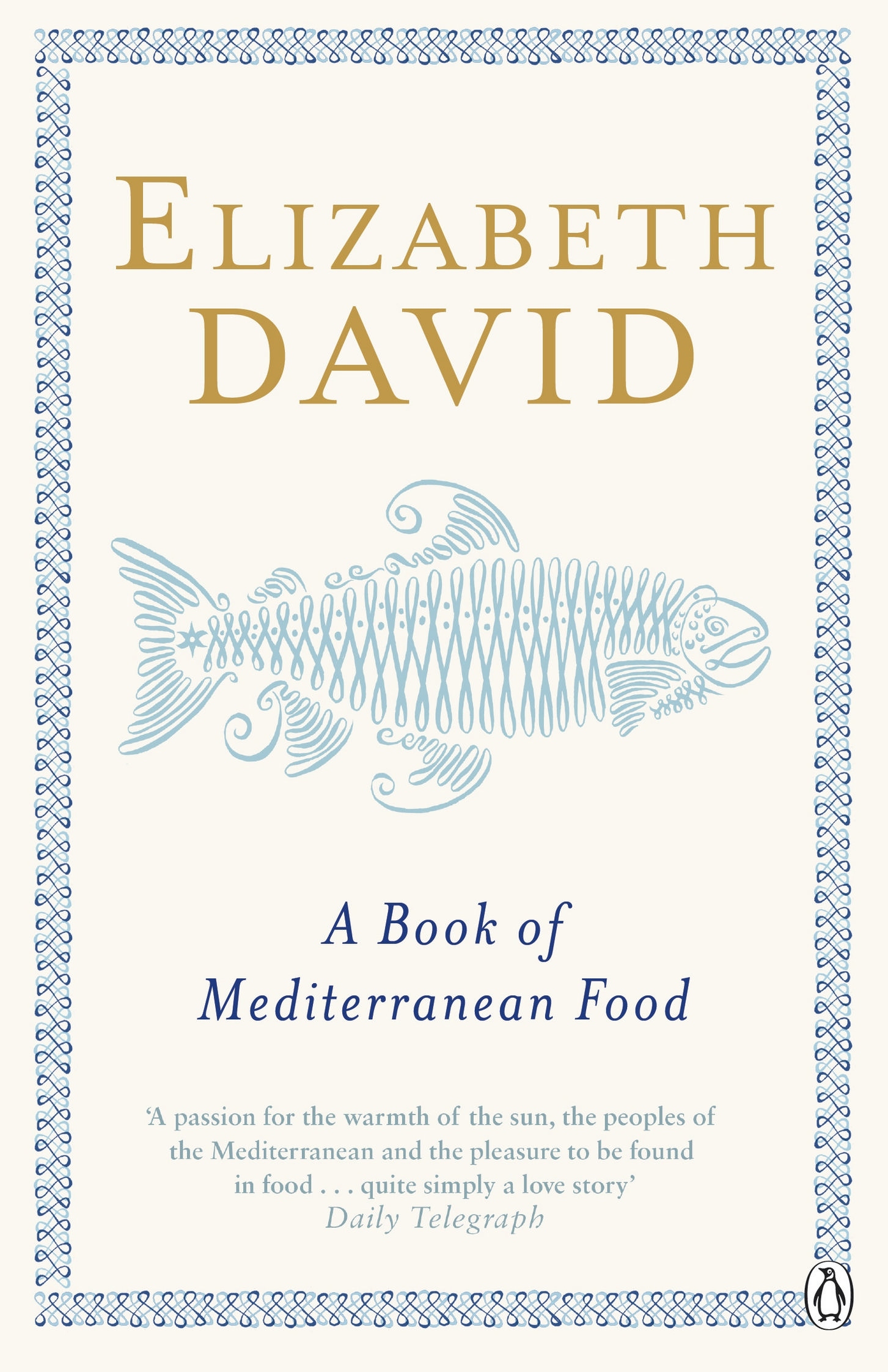
This cookery book made Elizabeth David a favourite with foodies everywhere. Originally published in 1950, it is based on recipes she made while living in France, Italy, the Greek islands and Egypt. From hearty pasta dishes from Italy to aromatic salads from Turkey and Greece, and tasty seafood dishes from Spain, Elizabeth David's wonderful recipes are imbued with all the delights of the sunny South.
2. A Girl is a Half Formed Thing by Eimear McBride (2013)
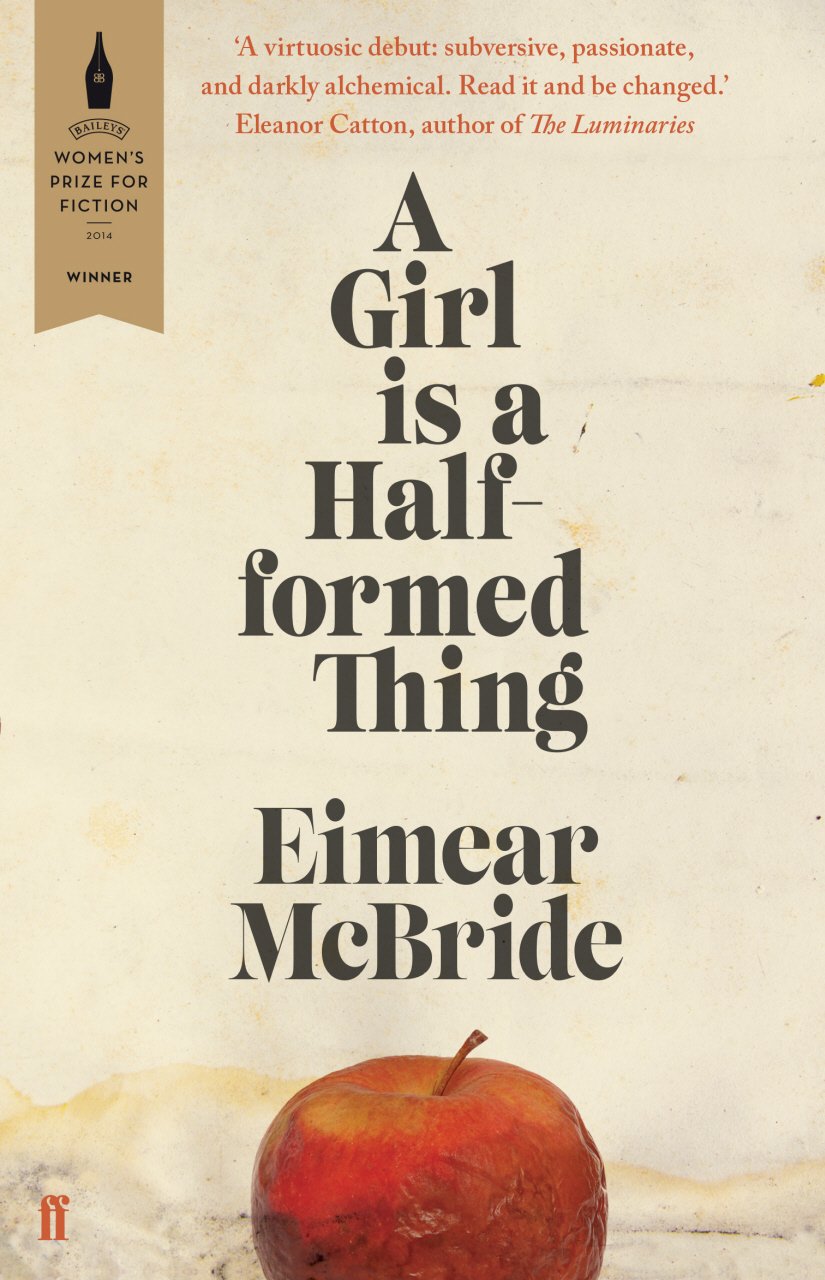
Eimear McBride’s novel plunges us into the psyche of a girl with breathtaking fury and intimacy. It tells the story of a young woman's relationship with her brother, and the long shadow cast by his childhood brain tumour. It is a shocking and intimate insight into the thoughts, feelings and chaotic sexuality of a vulnerable and isolated protagonist.
3. A Greater Place of Safety by Hilary Mantel (1992)
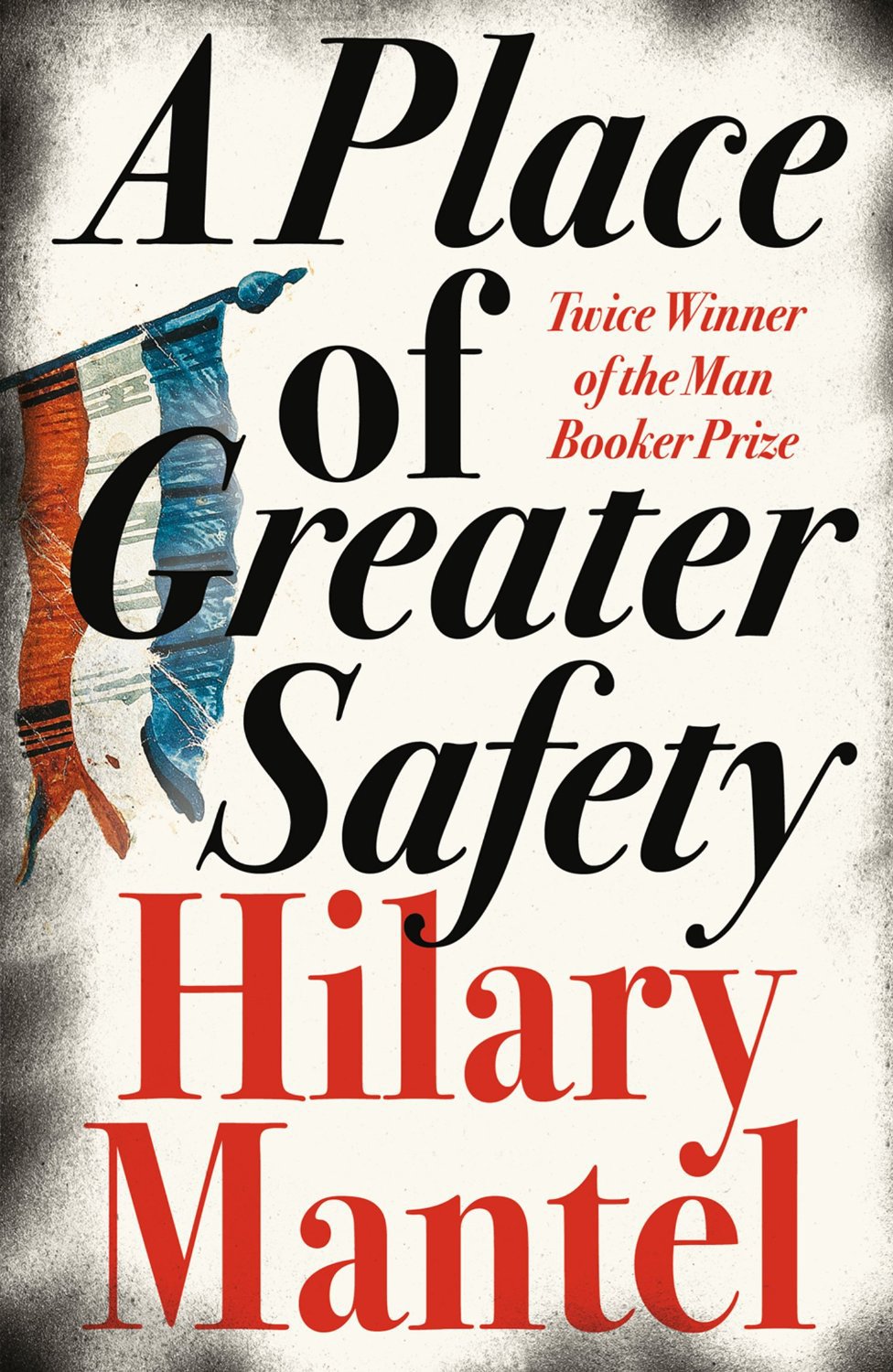
An epic novel of the French Revolution. Georges-Jacques Danton: energetic and debt-ridden. Maximilien Robespierre: small and terrified of violence. Camille Desmoulins: charming but erratic and untrustworthy. As these men, key figures of the French Revolution, taste the addictive delights of power, the darker side of the period’s political ideals is unleashed and all must face the horror that follows.
4. Ain’t I a Woman by Bell Hooks (1981)
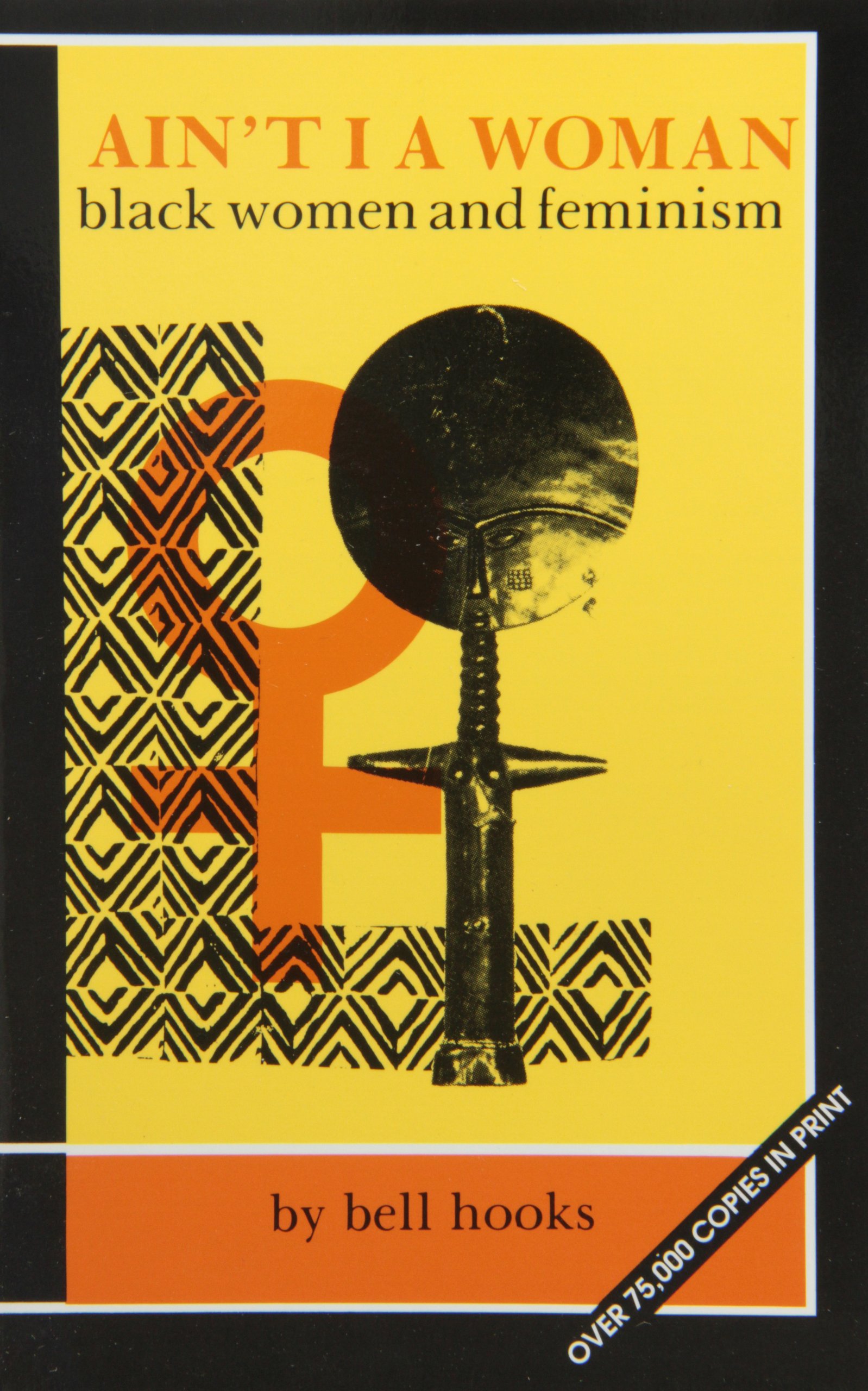
Hooks examines how black women, from the 17th century to the present day, were and are oppressed. She is deeply critical of the racism inherent in the works of many middle-class white feminists and challenges the view that race and gender are two separate phenomena, insisting that the struggles to end racism and sexism are inextricably intertwined.
5. Ariel by Sylvia Plath (1965)
 Ariel
Ariel contains many of Sylvia Plath's best-known poems, written in an extraordinary burst of creativity just before her death in 1963. Including poems such as
Lady Lazarus, Edge, Daddy and Paralytic, Ariel is the volume on which Sylvia Plath's reputation as one of the most original, daring and gifted poets of the 20th century rests.
6. At The Source: A Writer’s Year by Gillian Clarke (2008)
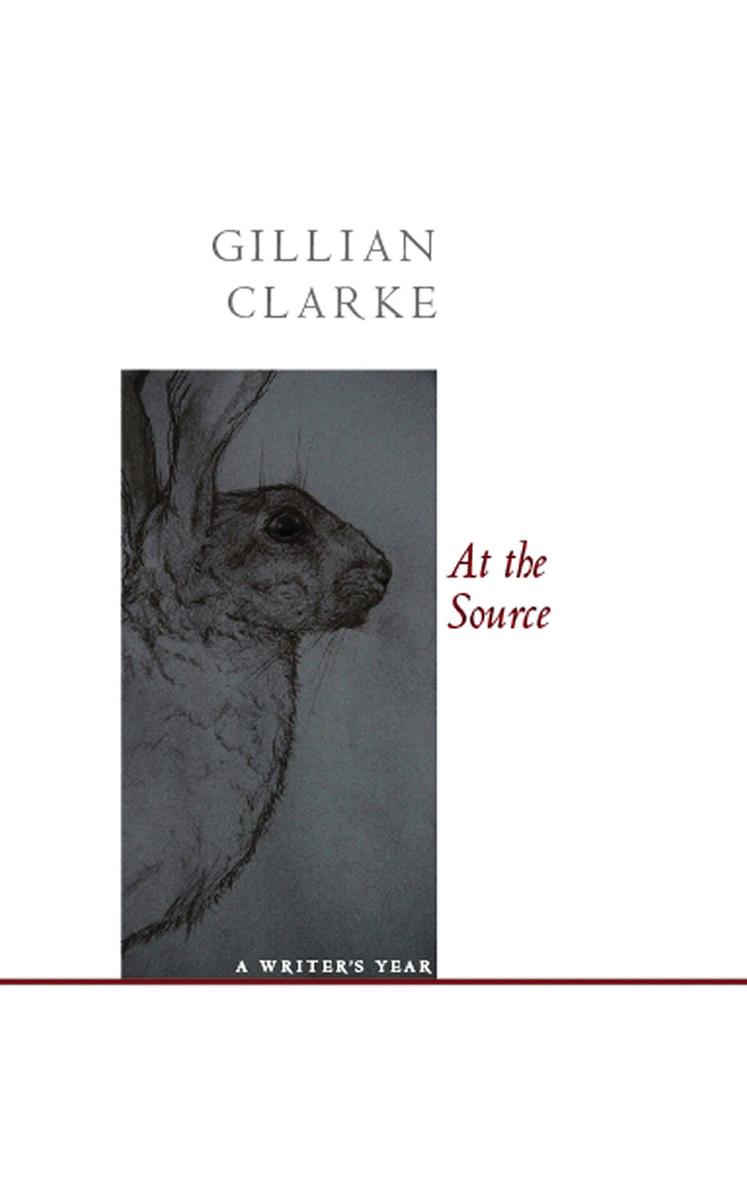
Welsh Poet Gillian Clarke explores the relationship of places and languages, culture and family, geology and myth. At the heart of the book is a journal of the writer's year. Lyrical, wise, meticulously observant, often humorous, Clarke records the experience of living and working on the land, observing the world from a particular place, the continuity and remaking of the source.
7. Babette’s Feast by Karen Blixen (1950)
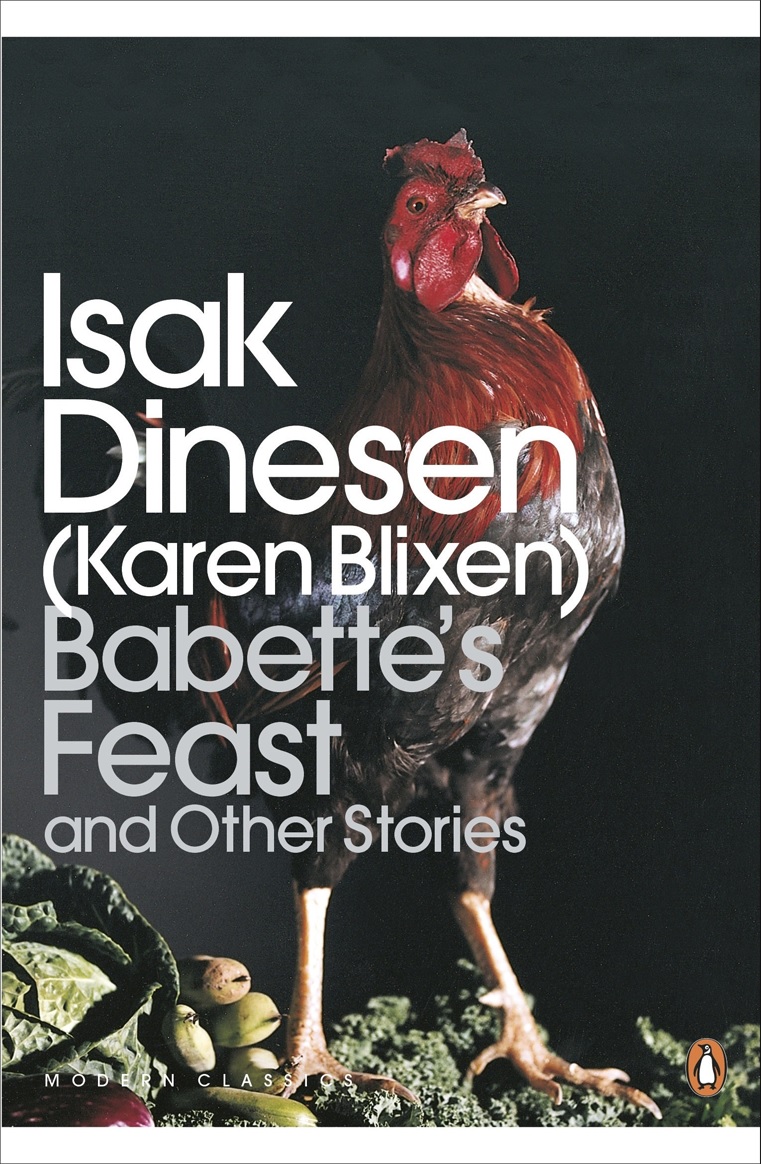 Babette's Feast
Babette's Feast is a sublime celebration of eating, drinking and sensual pleasure. In this life-affirming short story, two elderly sisters living in a remote, god-fearing Norwegian community take in a mysterious refugee from Paris - and are rewarded for their kindness with the most decadent, luxurious feast of a lifetime.
8. Bad Behavior by Mary Gaitskill (1988)
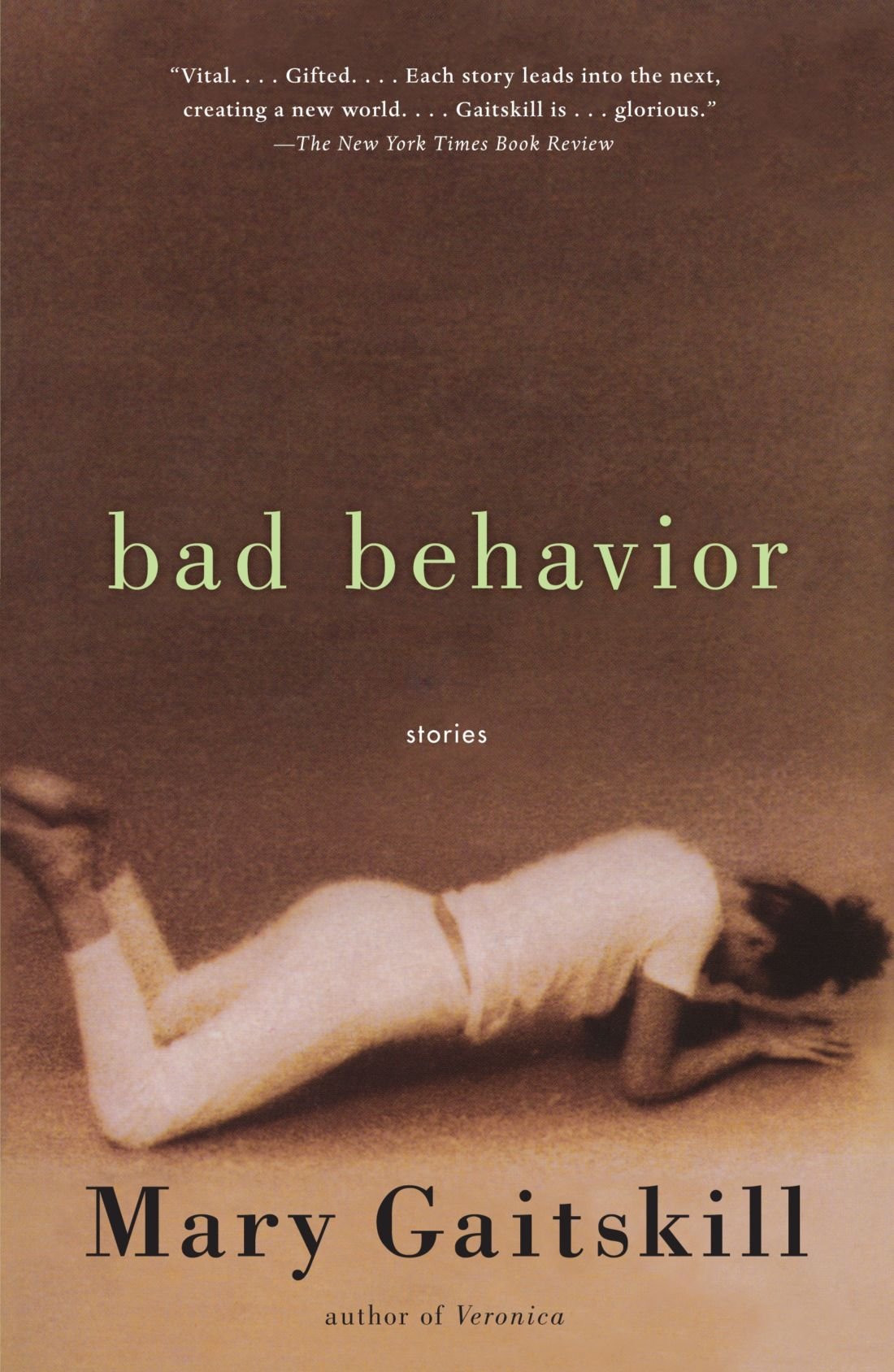 Bad Behavior
Bad Behavior made critical waves when it first published, heralding Gaitskill's arrival on the literary scene and her establishment as one of the sharpest, erotically charged, and audaciously funny writing talents of contemporary literature. Michiko Kakutani of
The New York Times called it 'Pinteresque', saying, "Ms. Gaitskill writes with such authority, such radar-perfect detail, that she is able to make even the most extreme situations seem real."
9. Bastard of Istanbul by Elif Shafak (2006)
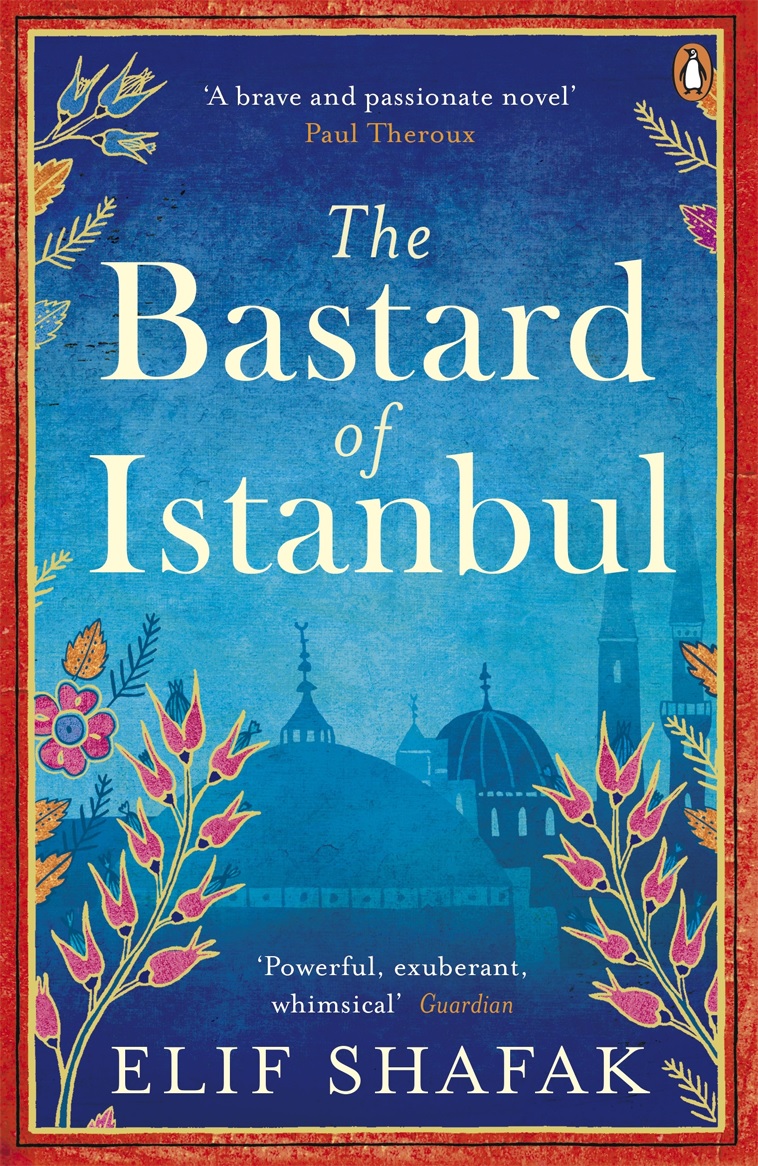
One rainy afternoon in Istanbul, a young woman walks into a doctor's surgery and demands an abortion. What happens that afternoon will change her life. Twenty years later, Asya Kazanci lives with her family in Istanbul. Due to a mysterious family curse, all the men die in their early forties, so it is a house of women. When Asya's Armenian-American cousin Armanoush comes to stay, long hidden family secrets connected with Turkey's turbulent past begin to emerge.
10. Beloved by Toni Morrison (1987)
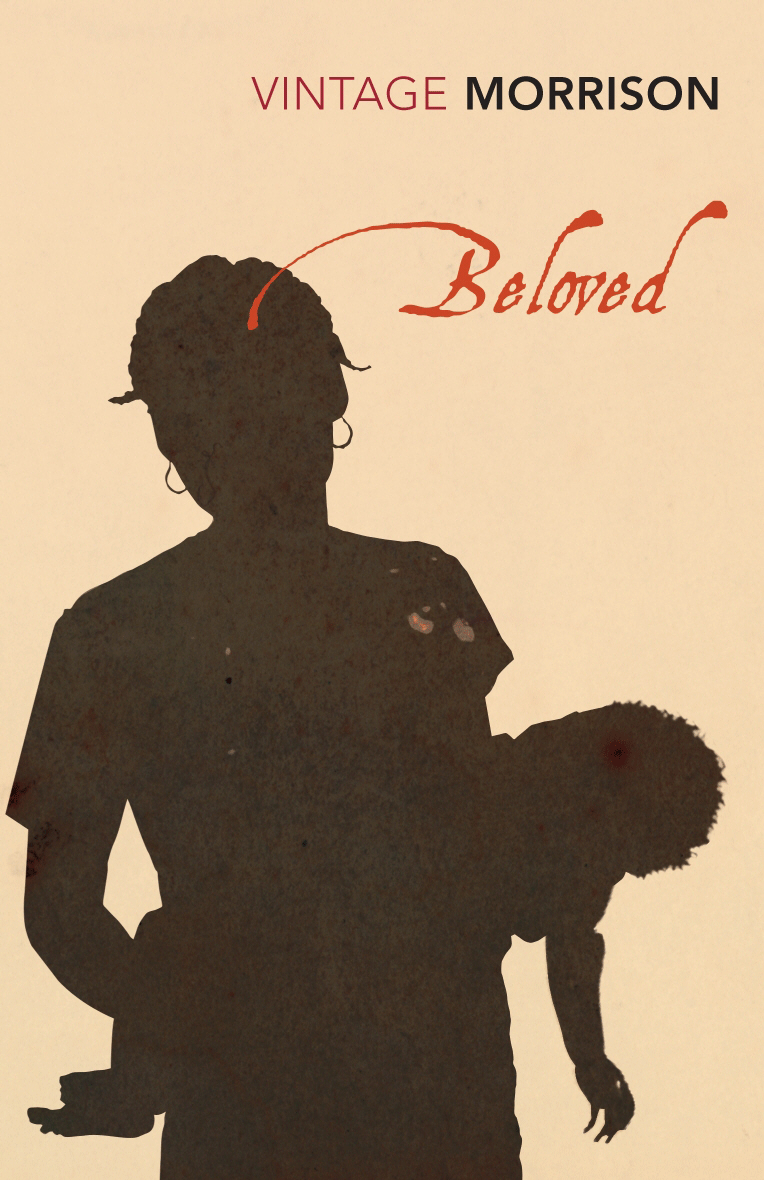
Terrible, unspeakable things happened to Sethe at Sweet Home, the farm where she lived as a slave for so many years until she escaped. Sethe is not only haunted by the memories of her past but also by the ghost of her baby, who died nameless and whose tombstone is engraved with a single word: Beloved.
11. Bonjour Tristesse by Francoise Sagan (1954)
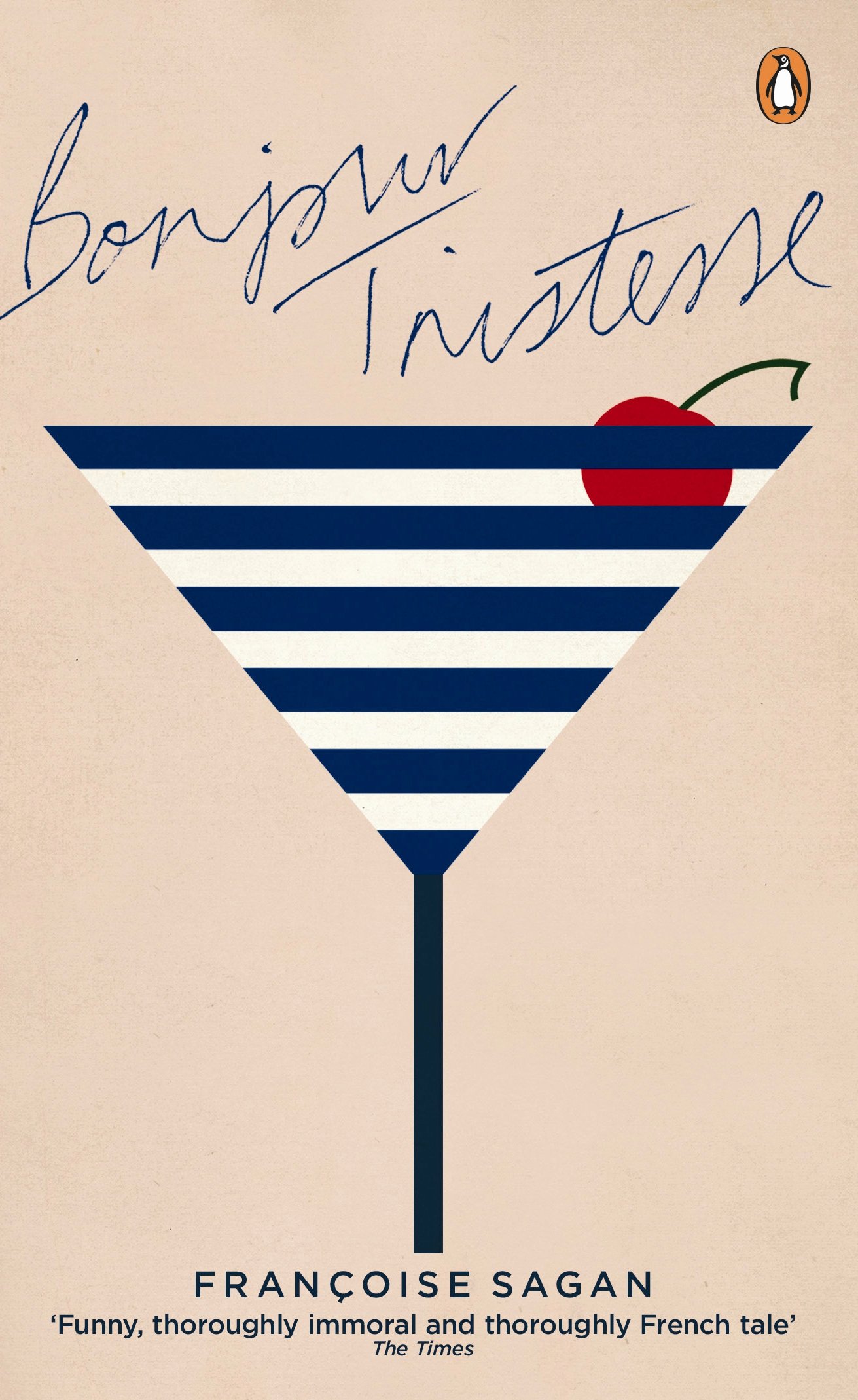
Sylish, shimmering and amoral, Sagan's tale of adolescence and betrayal on the French Riviera was published when she was just 18.
Bonjour Tristesse tells the story of Cécile, who leads a carefree life with her widowed father and his young mistresses until, one hot summer on the Riviera, he decides to remarry - with devastating consequences.
12. Brick Lane by Monica Ali (2003)
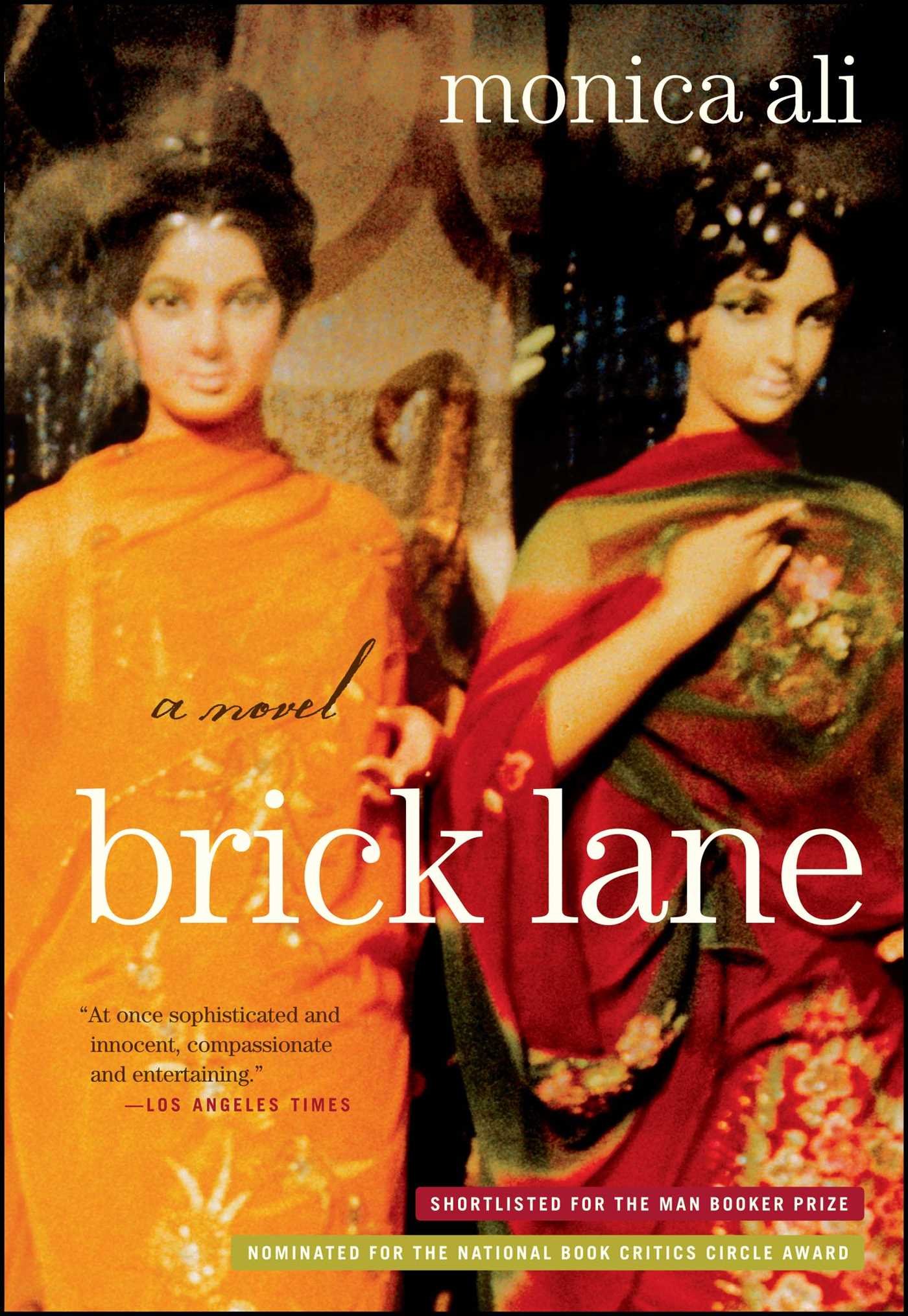
Still a teenager, Nazneen finds herself in an arranged marriage with a man who is 20 years older. Home is no longer Bangladesh but a cramped flat in a high-rise block in London's East End. Strikingly imagined, gracious and funny, this novel explores the role of Fate in our lives and traces the extraordinary transformation of an Asian girl, from cautious and shy to bold and dignified woman.
13. Bridget Jones’ Diary by Helen Fielding (1996)
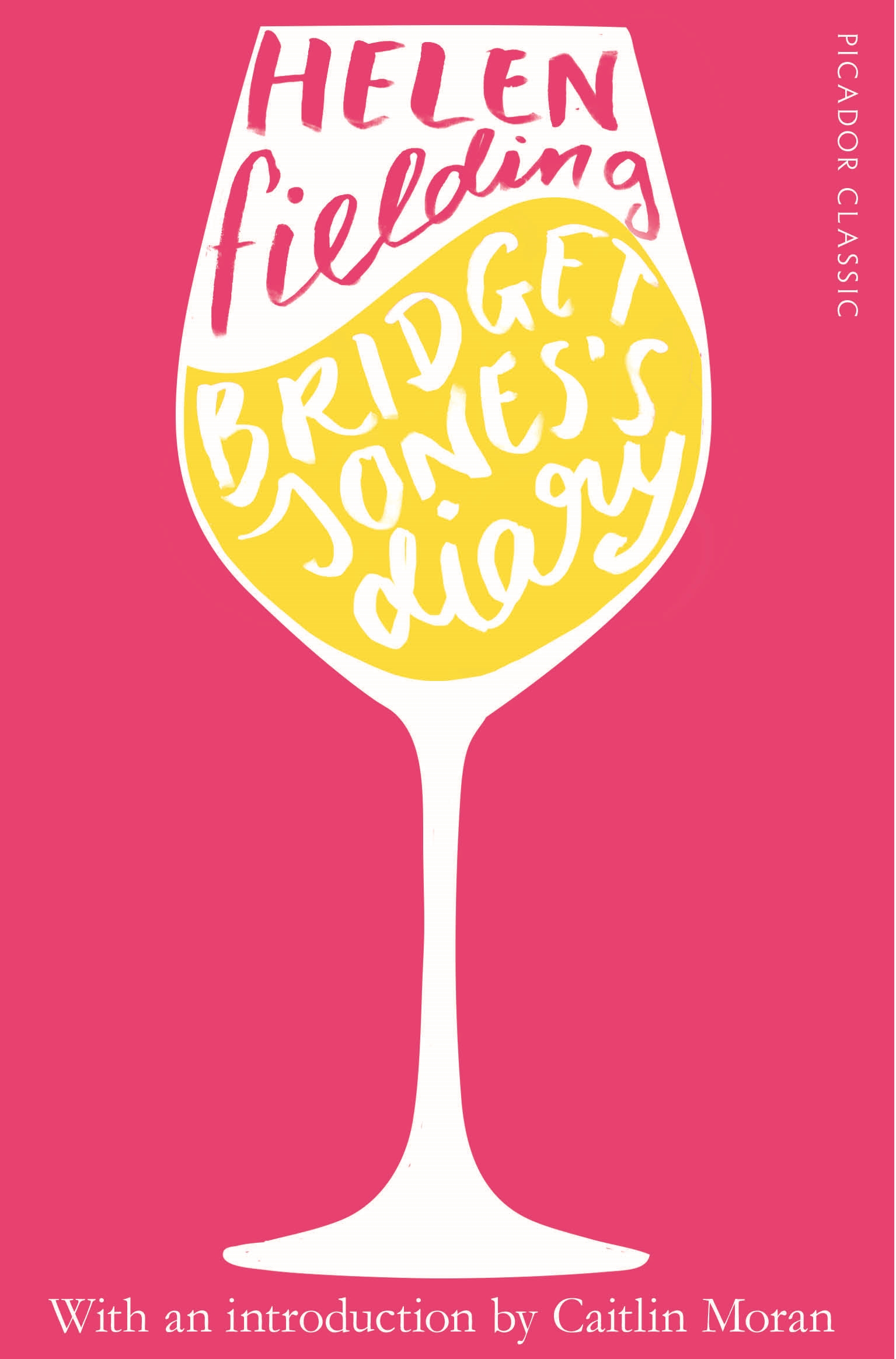
A dazzlingly urban satire on modern relationships? An ironic, tragic insight into the demise of the nuclear family? Or the confused ramblings of a pissed 30-something? As Bridget documents her struggles through the social minefield of her thirties, she turns for support to four indispensable friends: Shazzer, Jude, Tom and a bottle of chardonnay. Mercilessly funny, endlessly touching and utterly addictive.
14. Close Range: Wyoming Stories by Annie Proulx (1999)
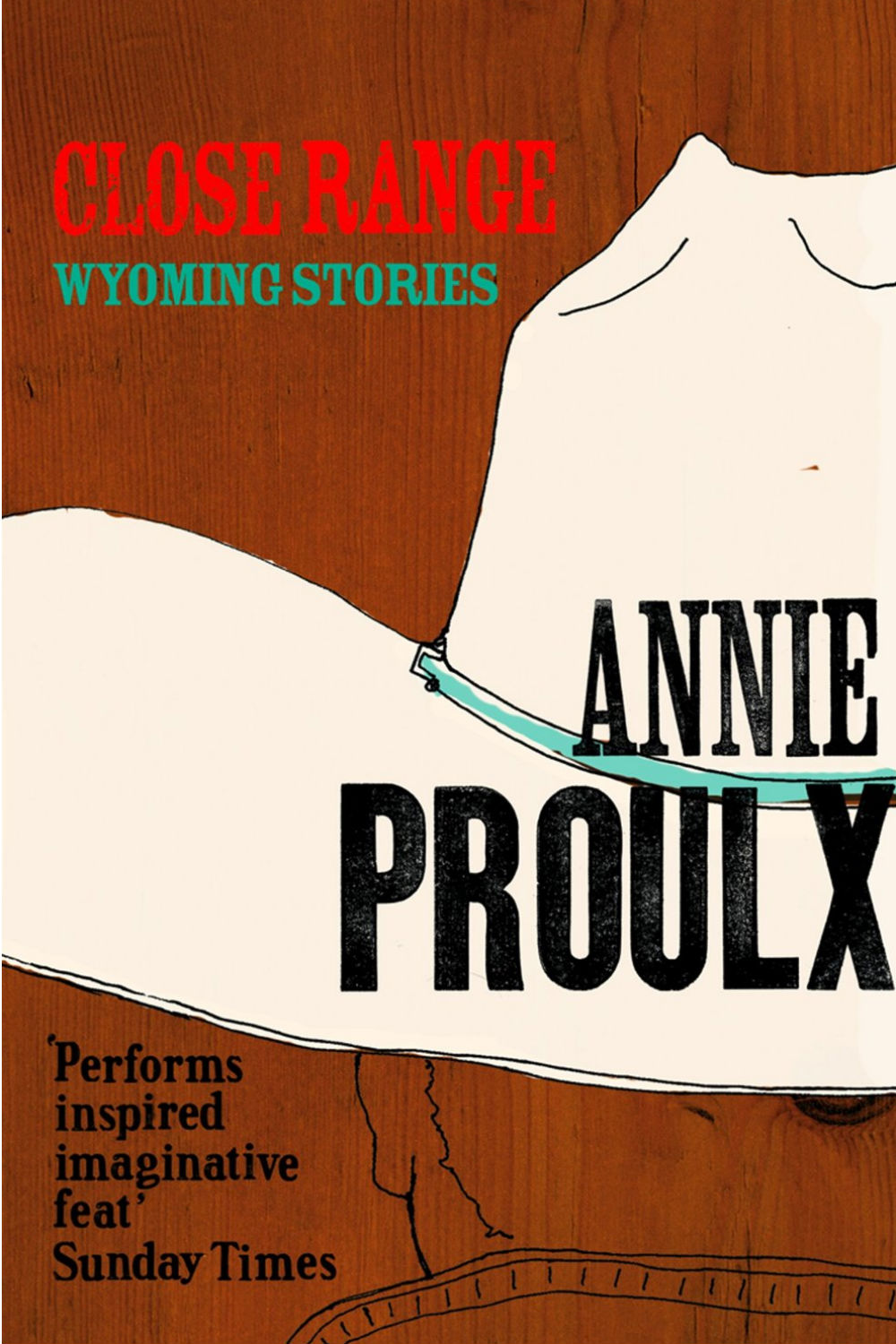
Inspired by the harsh and unforgiving landscape of Wyoming, Annie Proulx invests these stories with an intelligence and black humour that transforms them into something new and surprising. Inventive, compassionate and wildly funny, these marvellous stories explore the unbreakable bond between a people and their land.
15. Cold Comfort Farm by Stella Gibbons (1932)
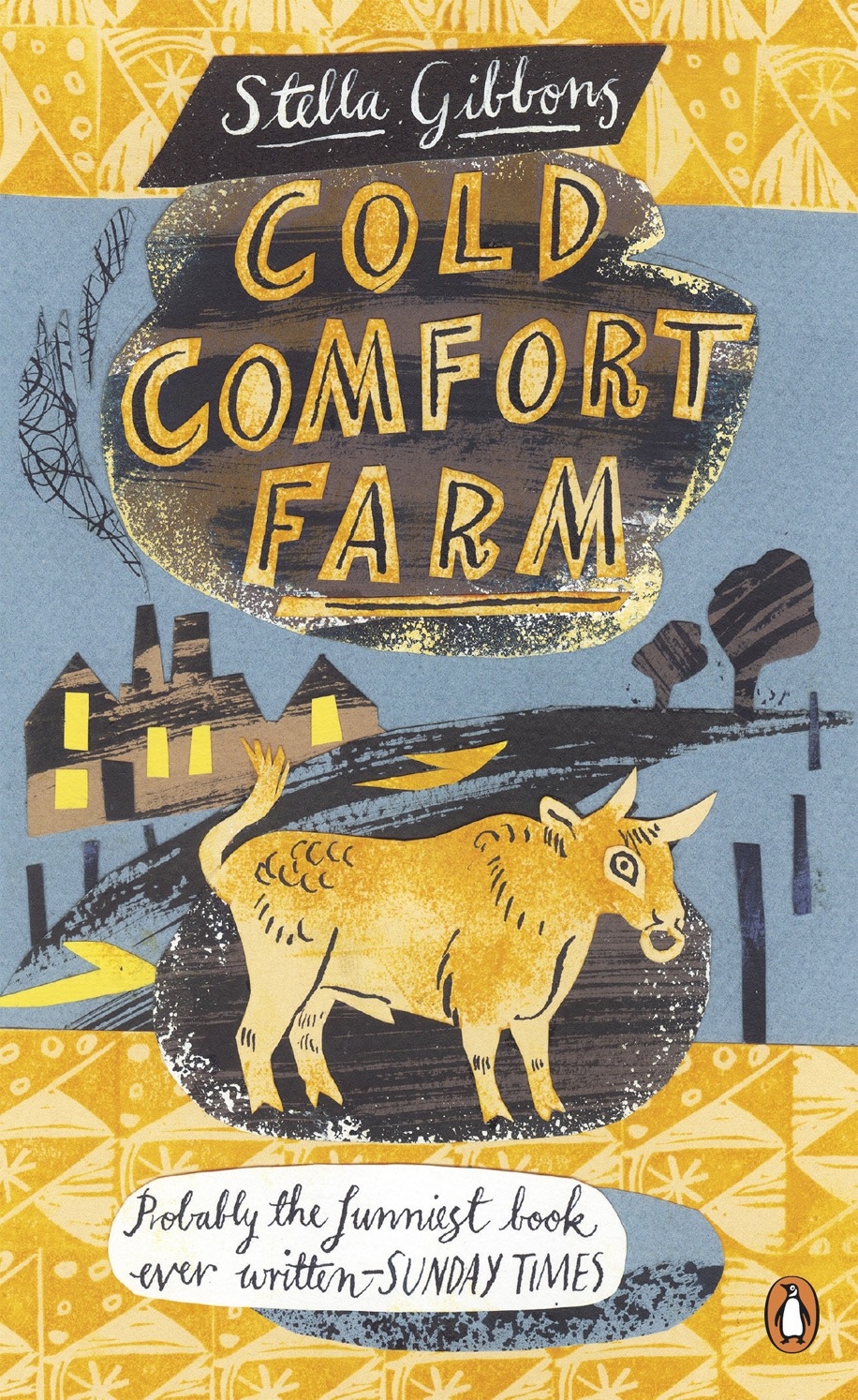
This witty portrait of rural England in the early 20th century is one of the best-loved comic novels of all time. When sensible, sophisticated Flora Poste is orphaned at 19, she decides to descend upon relatives in deepest Sussex. At the aptly-named Cold Comfort Farm, she meets the doomed Starkadders. A hilarious and ruthless parody of rural melodramas and purple prose.
16. Dept. of Speculation by Jenny Offill (2014)
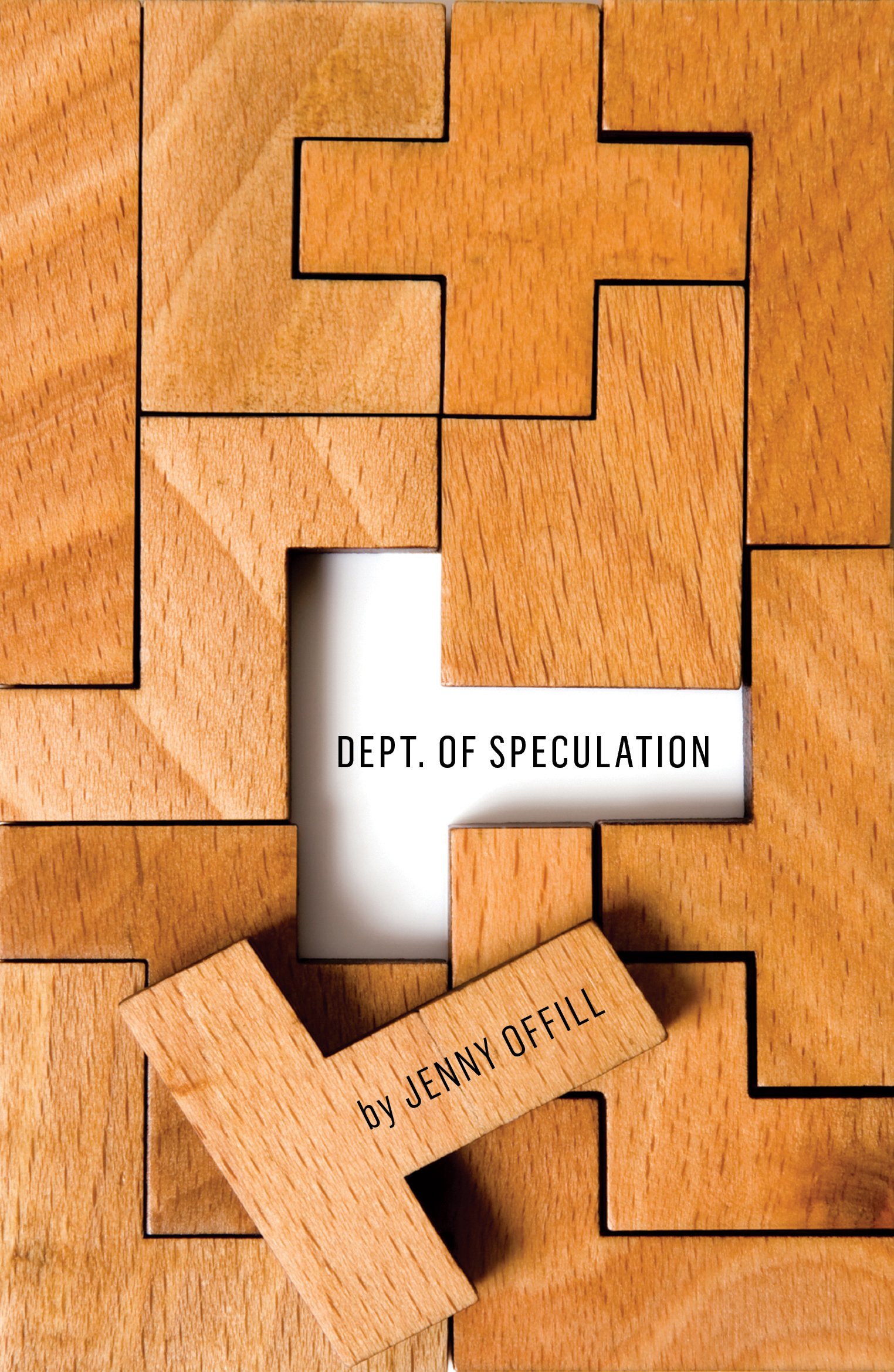
They used to send each other letters. The return address was always the same:
Dept. of Speculation They used to be young, brave, and giddy with hopes for their future. They got married, had a child, and skated through all the small calamities of family life. But then, slowly, quietly something changed.
Dept. of Speculation navigates the jagged edges of a modern marriage to tell a story that is darkly funny, surprising and wise.
17. Enough Rope: Poems by Dorothy Parker (1926)
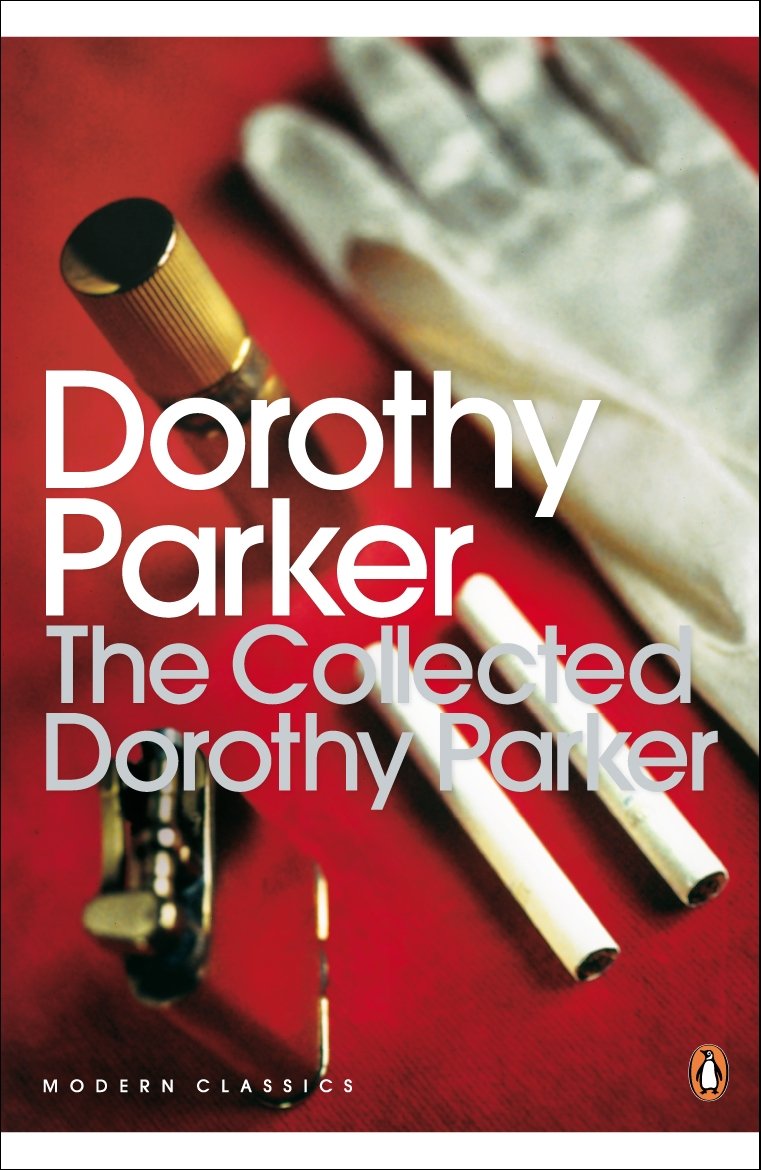
Enter Dorothy Parker’s world of 1920s New York speakeasies, cocktails, cigarette holders, daring, doomed love affairs, and sassy, wisecracking Manhattan women. In bitingly witty poems she brilliantly captures the spirit of the decadent Jazz Age exposing both the dazzle and the darkness. Beneath the sharp perceptions however, much of her work poignantly expresses the deep vulnerability of a troubled, self-destructive woman.
18. Everyday Sexism by Laura Bates (2014)
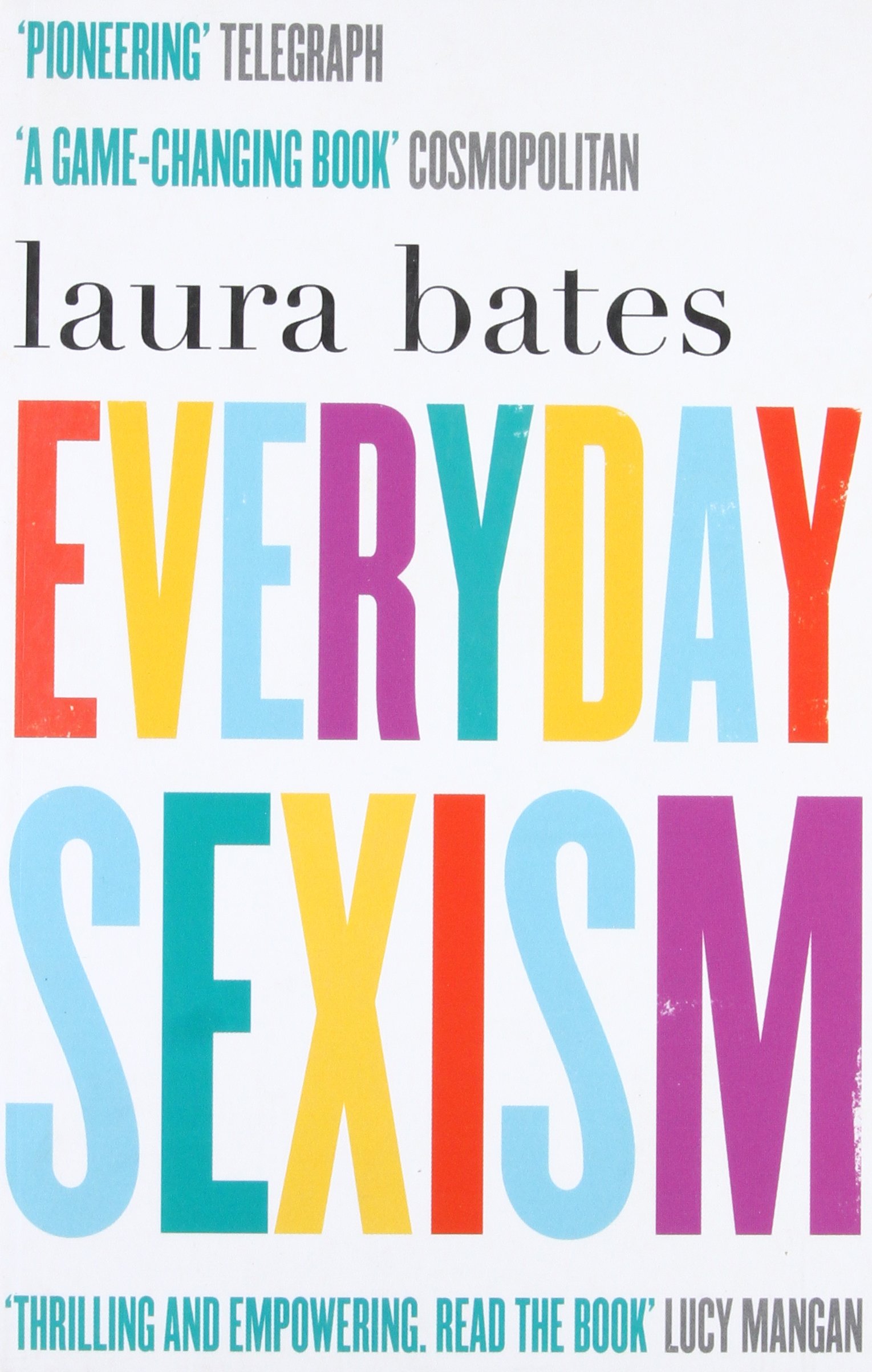
After experiencing a series of escalating sexist incidents, Laura Bates started The Everyday Sexism Project and the project quickly became one of the biggest social media success stories of the internet. From being harassed and wolf-whistled at on the street, to discrimination in the workplace and serious sexual assault, it is clear that sexism has become normalised. Bates inspires women to lead a real change.
19. Falling Awake by Alice Oswald (2016)
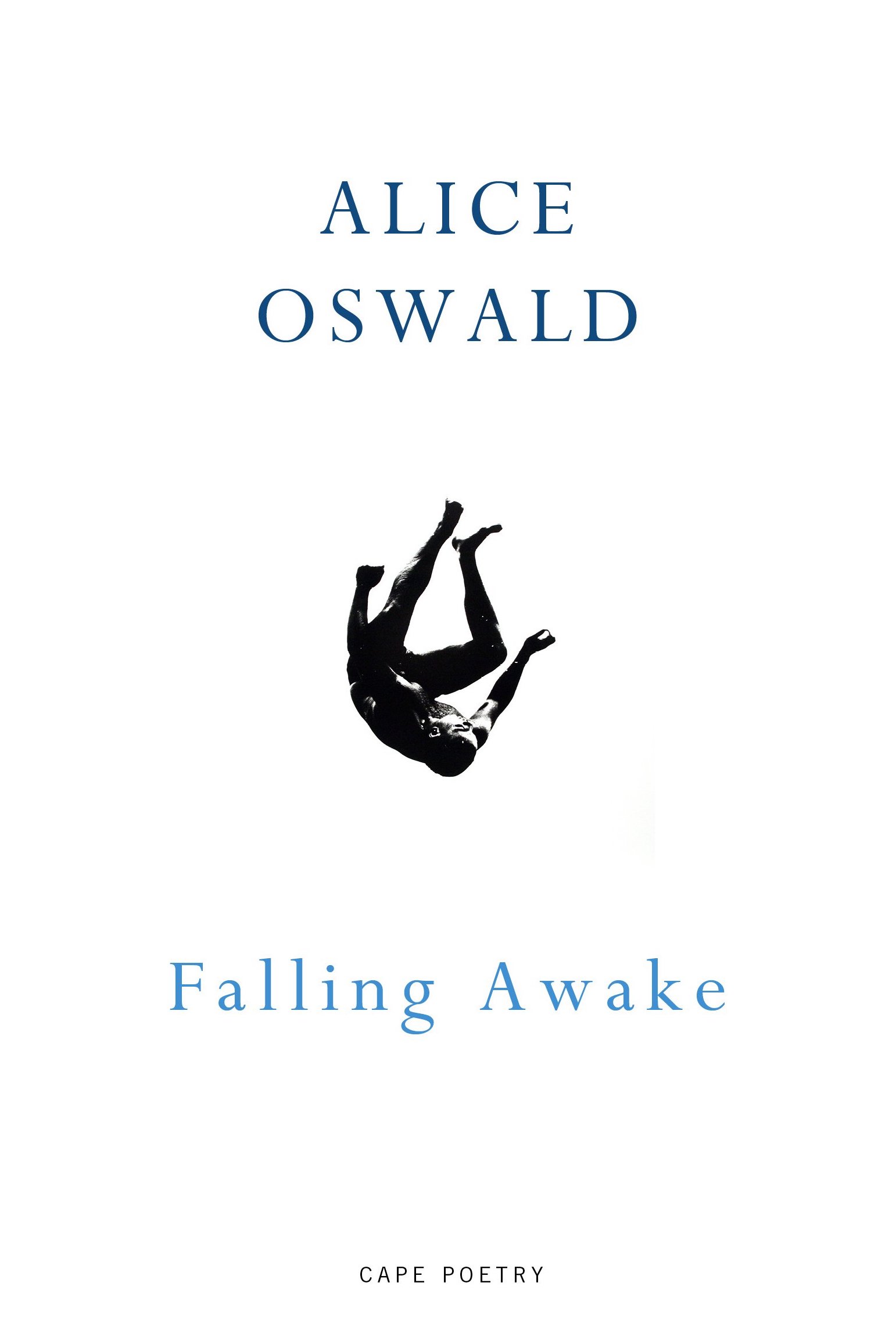
Alice Oswald’s poems are always vivid and distinct, alert and deeply, physically, engaged in the natural world. Working with an ear to the oral tradition, the poems attend to the organic shapes, sounds and momentum of the language as it’s spoken as well as how it’s thought: fresh, fluid and propulsive, but also fragmentary, repetitive. These are poems that are written to be read aloud.
20. Frost in May by Antonia White (1933)
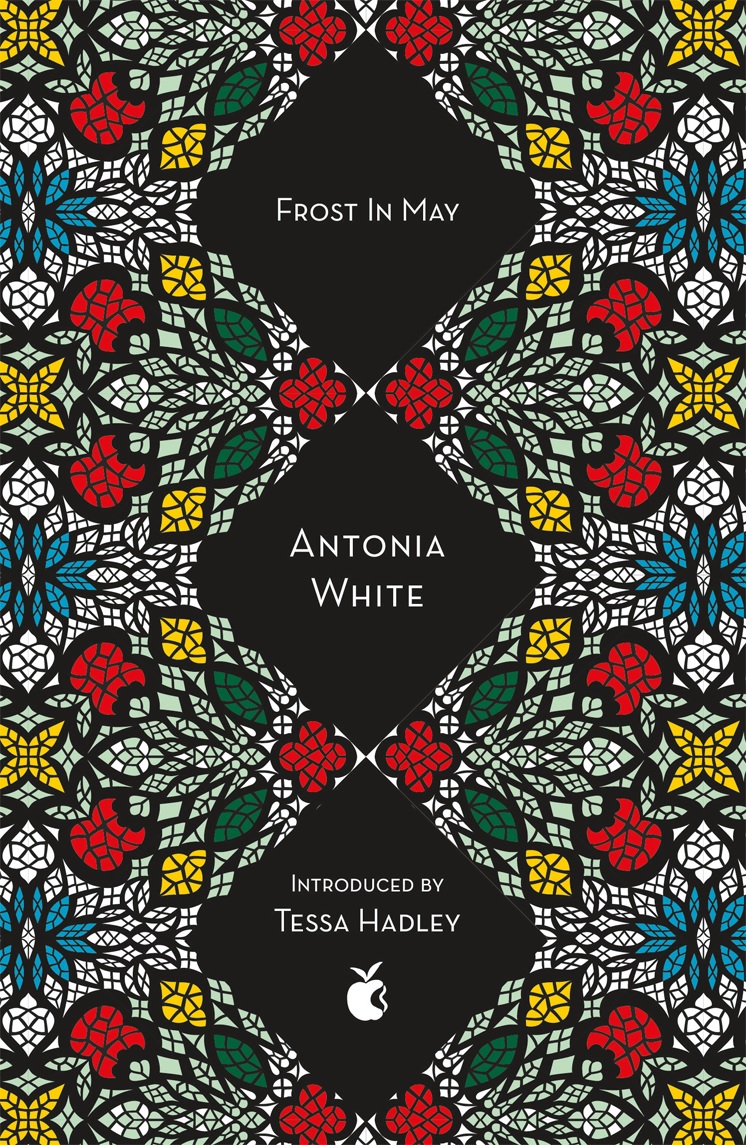
Nanda Gray is nine when she is sent to the Convent of Five Wounds. Quick-witted, resilient and eager to please, she accepts this closed world with all the enthusiasm of the outsider. Her only deviation from total obedience is the passionate friendships she makes. The smell of beeswax and incense; the petty cruelties of the nuns; the eccentricities of Nanda's school friends are all perfectly captured.
21. Gilead by Marilynne Robinson (2004)
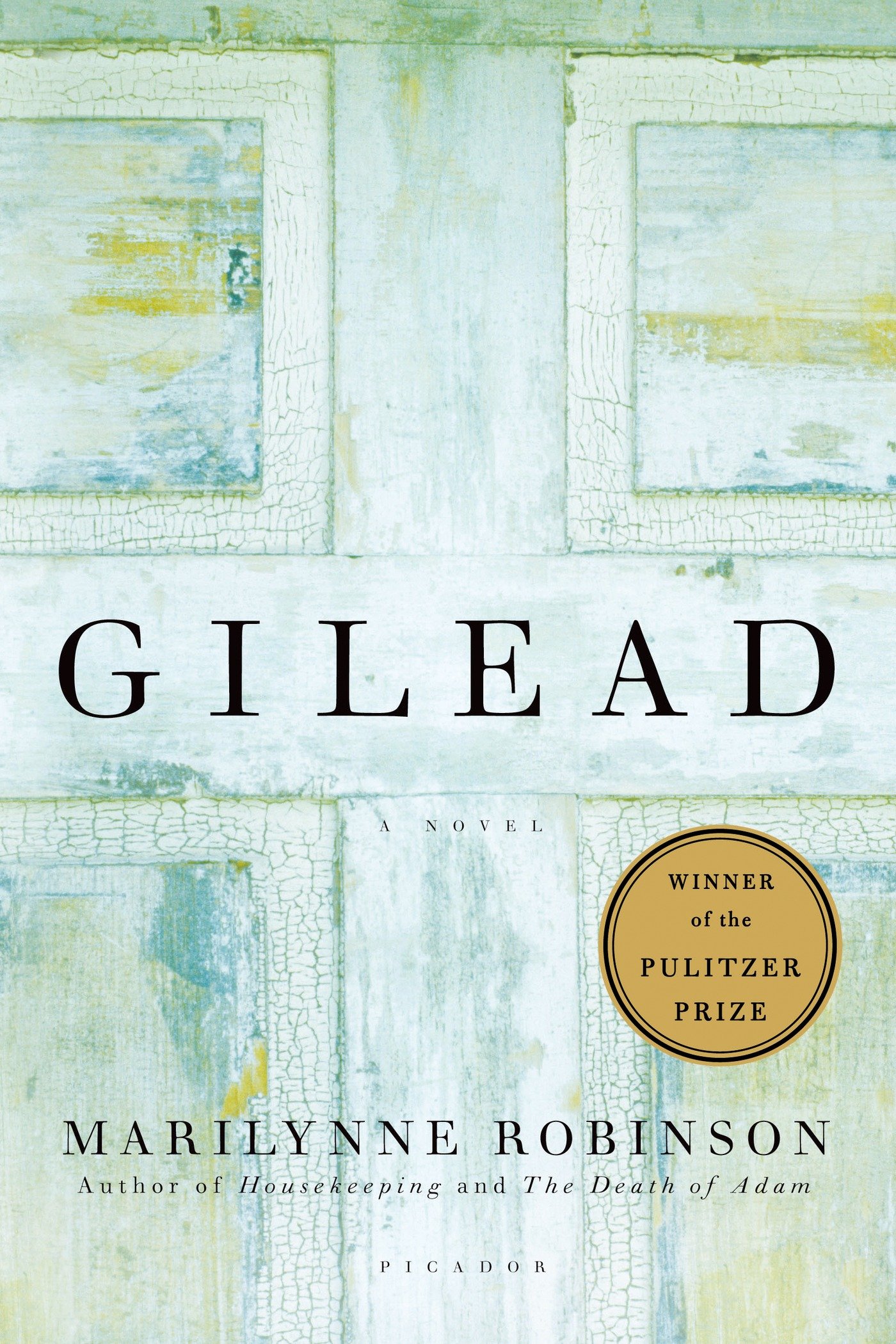
In 1956, toward the end of Reverend John Ames' life, he begins a letter to his young son, a kind of last testament to his remarkable forebears, a letter that will be read when he is long buried. But he is unaware that this will not be a meditation on beauty, but on the difficulty of forgiveness.
22. Gone Girl by Gillian Flynn (2012)
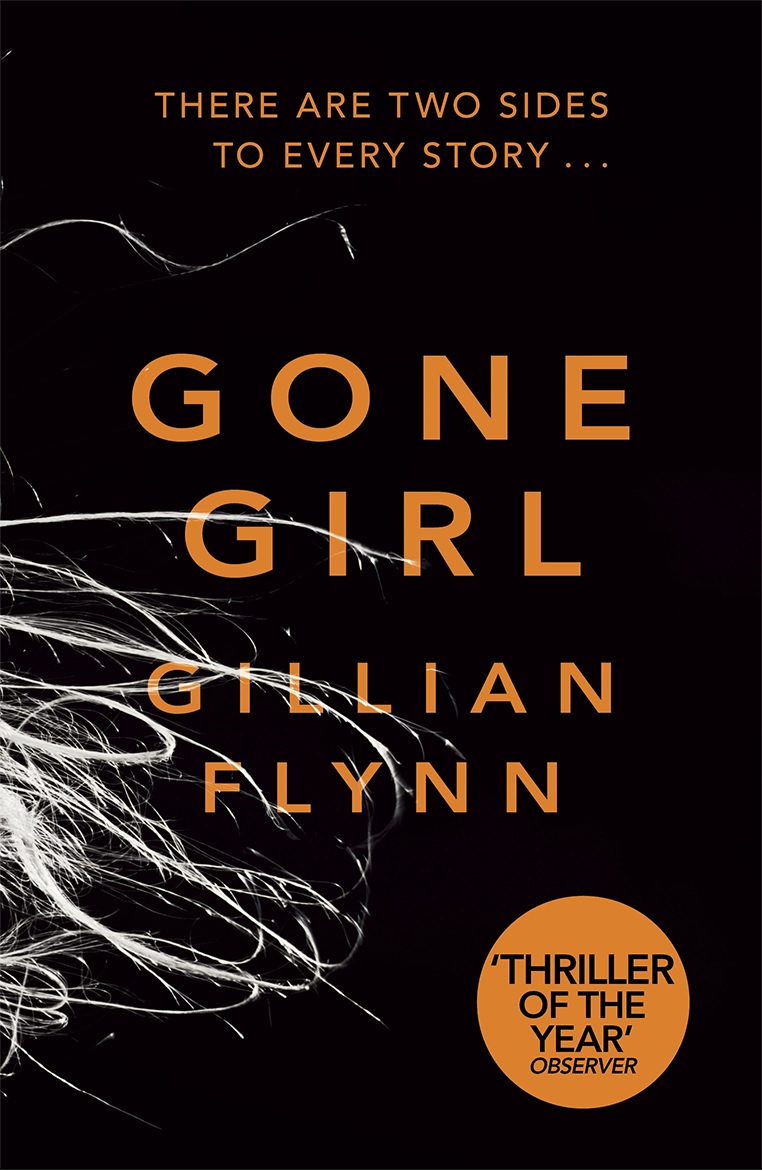
Who are you? What have we done to each other? These are the questions Nick Dunne finds himself asking on the morning of his fifth wedding anniversary, when his wife Amy suddenly disappears. Amy's friends reveal that she was afraid of him. The police suspect Nick. So what really did happen to Nick's beautiful wife?
23. Gone with the Wind by Margaret Mitchell (1936)
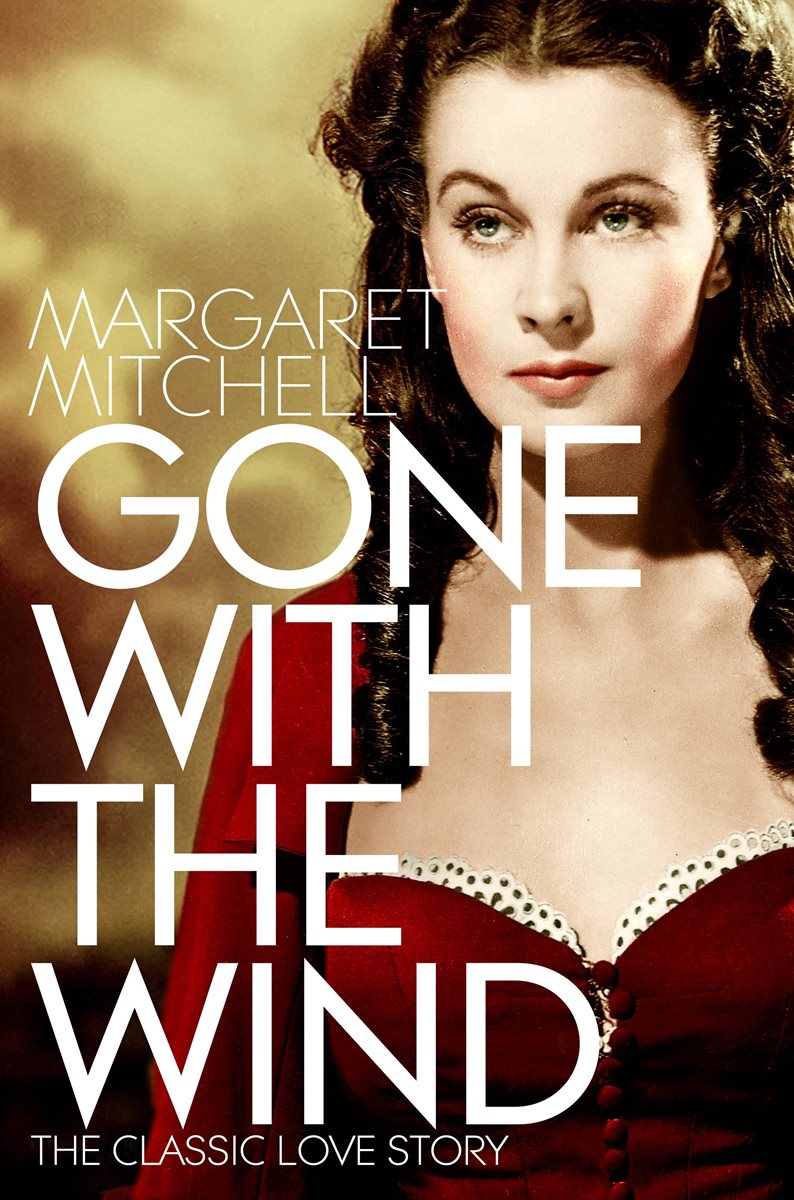
Set against the dramatic backdrop of the American Civil War, Margaret Mitchell's magnificent historical epic is an unforgettable tale of love and loss, of a nation mortally divided and a people forever changed. Above all, it is the story of beautiful, ruthless Scarlett O'Hara and the dashing soldier of fortune, Rhett Butler. Since its first publication in 1936,
Gone With The Wind has endured as a story for all our times.
24. Half of a Yellow Sun by Chimamanda Ngozi (2006)
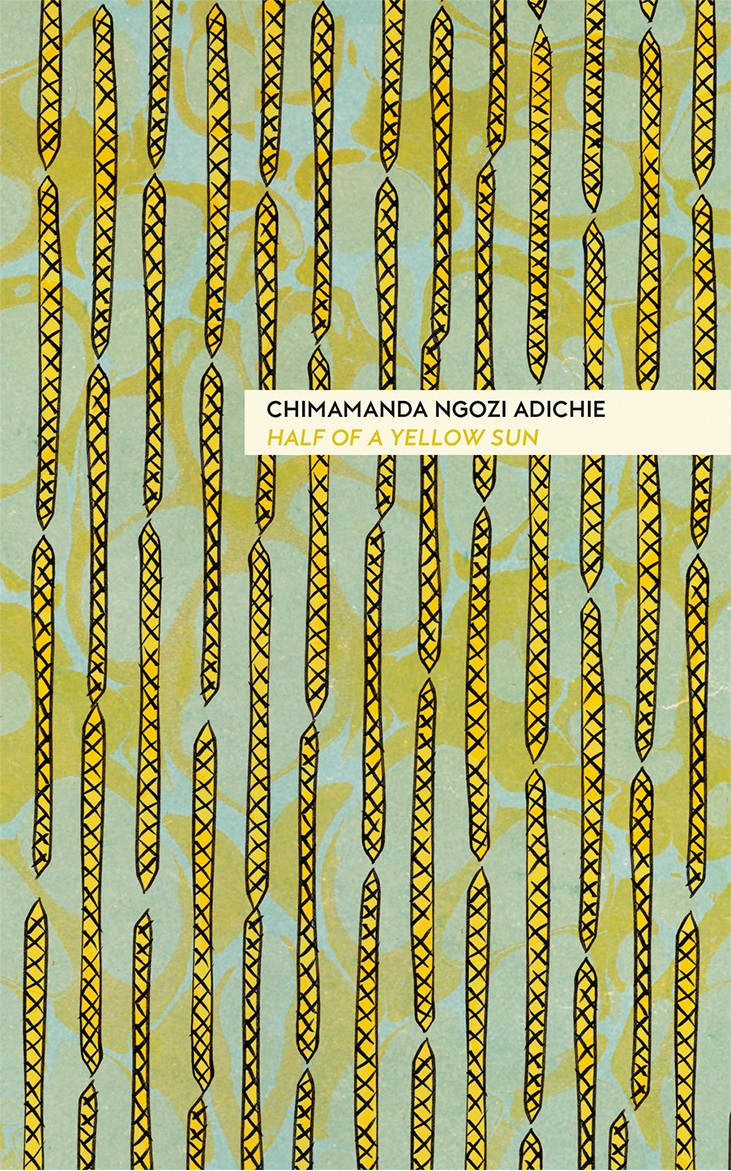
Winner the Orange Broadband Prize for Fiction, this is a novel about about the end of colonialism, ethnic allegiances, class and race – and love. Ugwu, works as a houseboy for a professor; Olanna, a has abandoned her life of privilege to live with her new lover, the professor. Richard is a shy English writer. As the Biafran War engulfs them, they are thrown together and pulled apart in ways they had never imagined.
25. Harry Potter and The Prisoner of Azkaban by JK Rowling (1999)
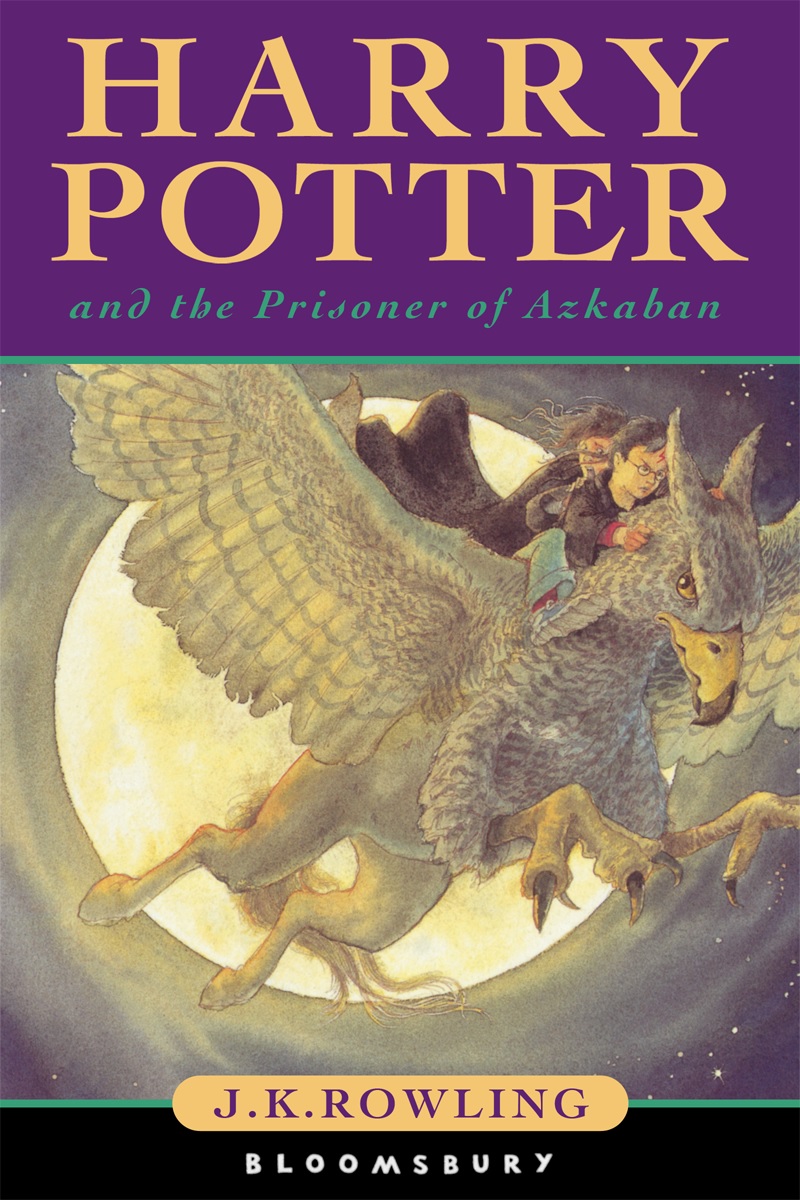
When the Knight Bus crashes through the darkness and screeches to a halt in front of him, it's the start of another far from ordinary year at Hogwarts for Harry Potter. Sirius Black is on the run - and they say he is coming after Harry and, rather terrifyingly, the Dementors are patrolling the school grounds, with their soul-sucking kiss.
26. Headscarves and Hymens by Mona Eltahawy (2015)
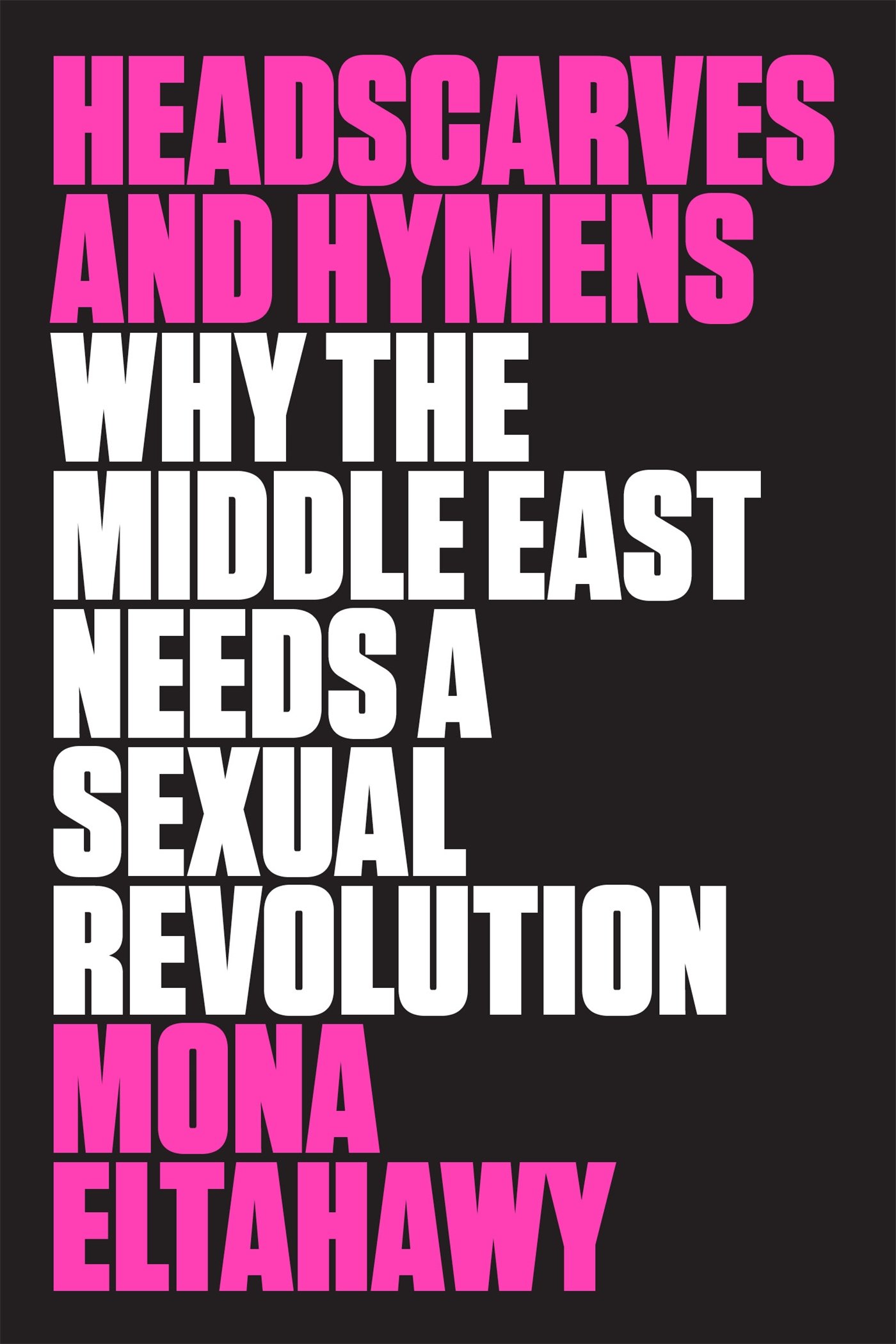
This book explodes the myth that we should stand back and watch while women are disempowered and abused in the name of religion. In this laceratingly honest account, Eltahawy takes aim both at attitudes in the Middle East and at Western liberals who mistake misogyny for cultural difference. Her argument is clear: unless political revolution in the Arab world is accompanied by social and sexual revolution, no progress will be made.
27. Heartburn by Nora Ephron (1983)
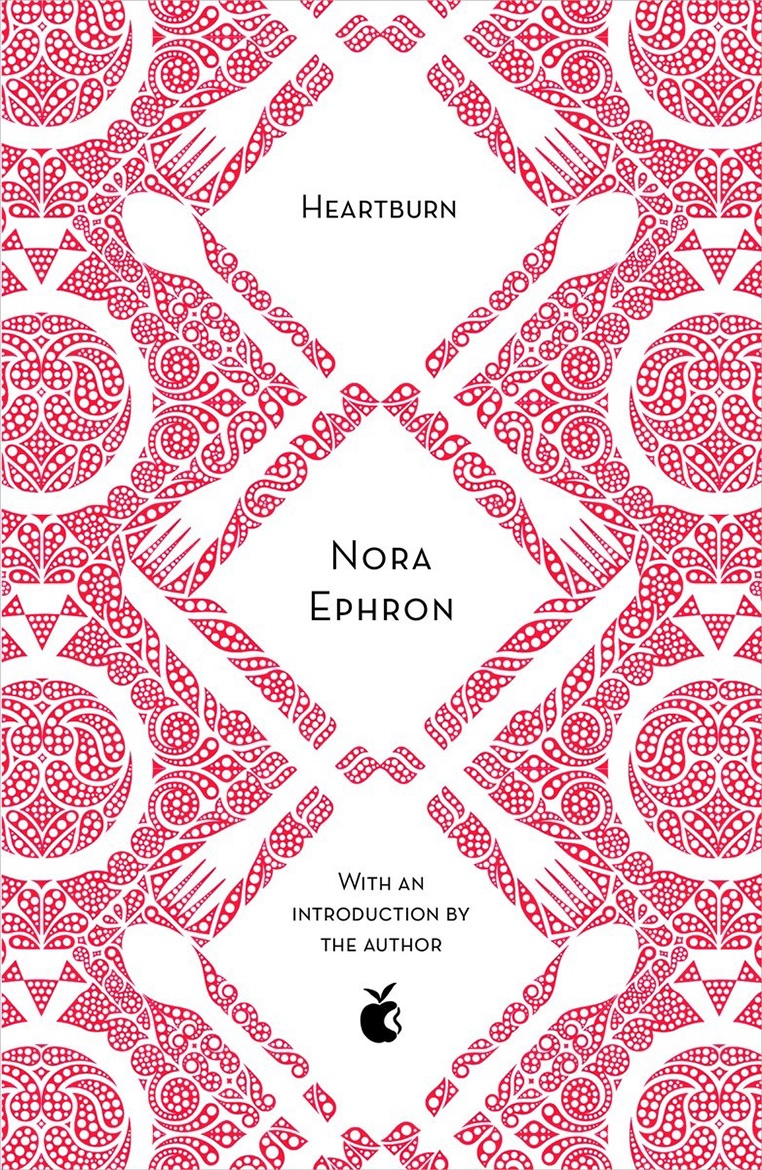
Seven months into her pregnancy, Rachel discovers that her husband is in love with another woman. The fact that this woman has a 'neck as long as an arm and a nose as long as a thumb' is no consolation. Food sometimes is, though, since Rachel is a cookery writer, and between trying to win Mark back and wishing him dead, she offers us some of her favourite recipes. This is a roller coaster of love, betrayal, loss and - most satisfyingly - revenge.
28. Henry and June: From the Unexpurgated Diary of Anais Nin by Anais Nin (1986)
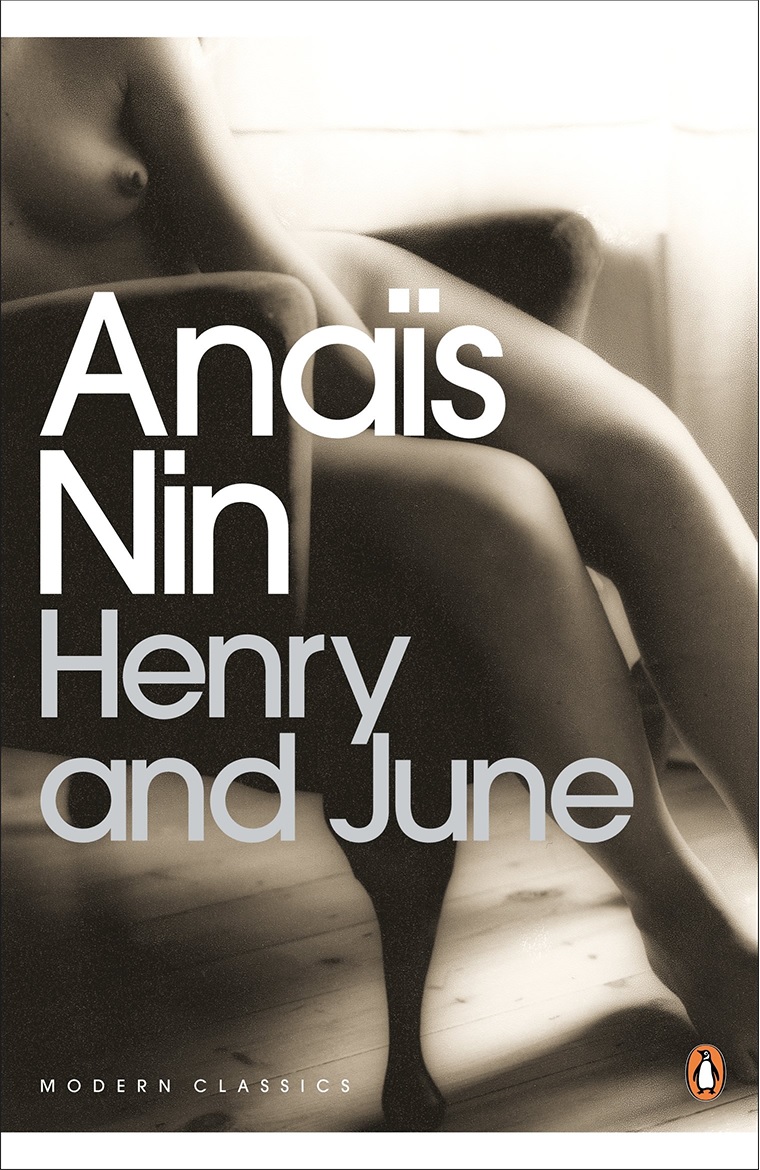
Drawn from journals, this book is an account of a woman's sexual awakening, covering a single momentous year - 1931-32, in Paris, when June fell in love with Henry Miller, undermining her own idealised marriage. The question of the outcome of June Miller's return to Paris dominates her thoughts.
29. Homegoing by Yaa Gyasi (2016)
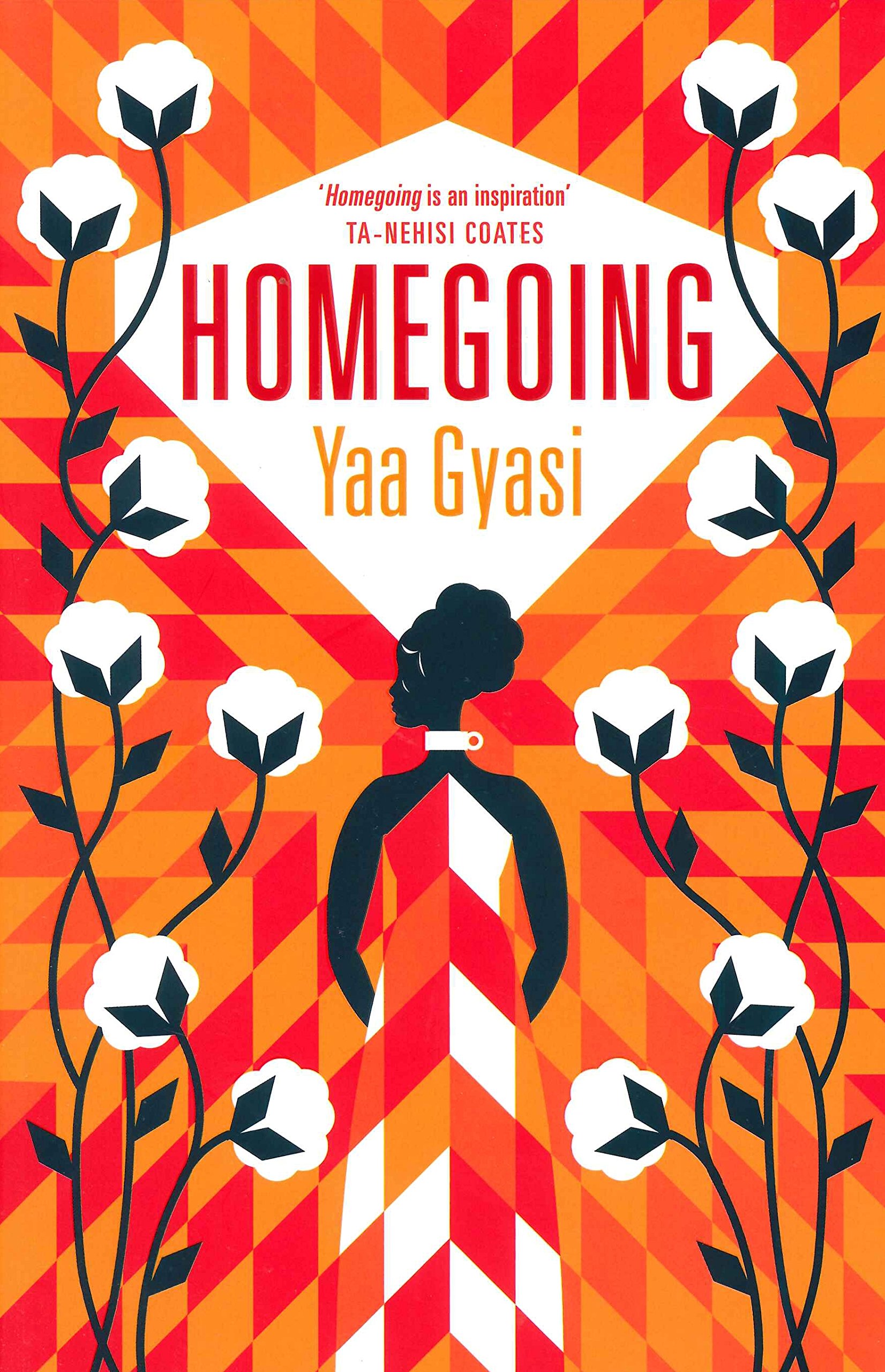
Winner of the National Book Critics Circle Award for Best First Book,
Homegoing is an intimate, gripping story with a vivid cast of characters. Effia and Esi are two sisters with very different destinies. One sold into slavery; one a slave trader's wife. The consequences of their fate reverberate through the generations.
30. How to be a Woman by Caitlin Moran (2012)
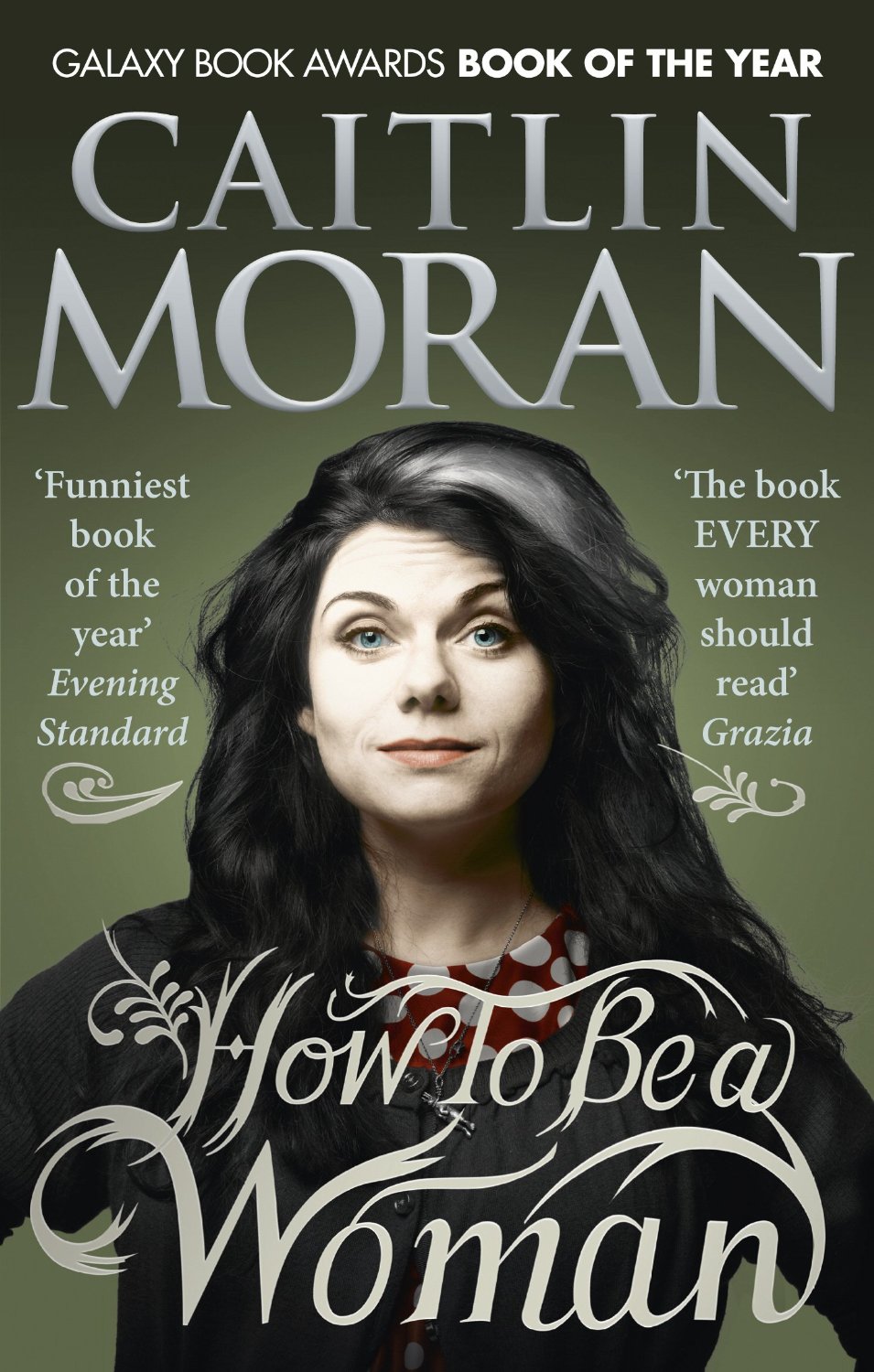
It's a good time to be a woman: we have the vote and the Pill, and we haven't been burnt as witches since 1727. Part memoir, part rant, Caitlin answers the questions that every modern woman is asking. Why are we supposed to get Brazilians? Should we use Botox? Do men secretly hate us? And why does everyone ask you when you're going to have a baby?
31. How to Eat by Nigella Lawson (1998)
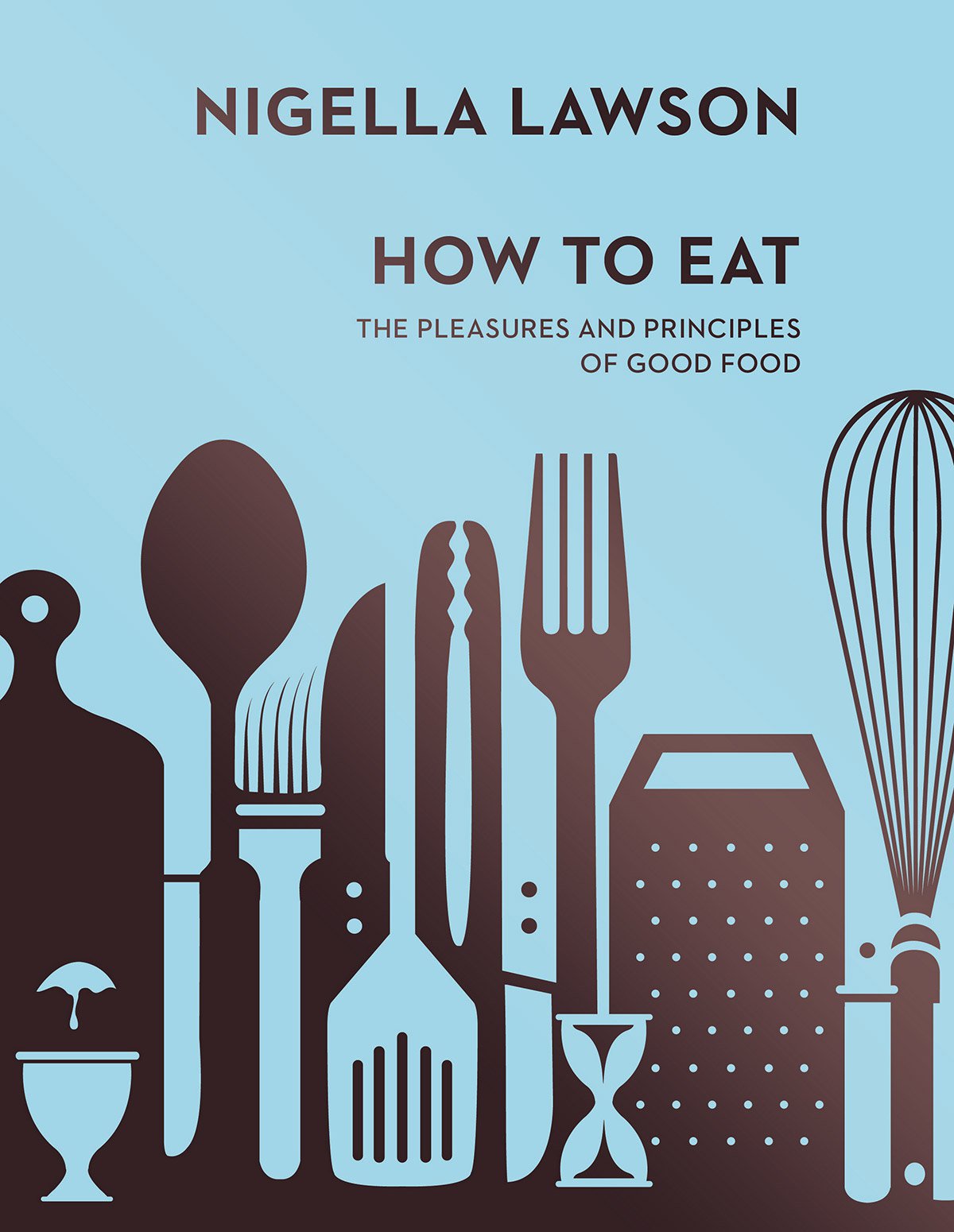
Hailed by many as their cookbook of 1998, if not the decade.
How To Eat is far more than just an imaginative collection of over 350 uncomplicated, delicious recipes. Nigella Lawson combines a refreshingly down-to-earth practicality with a passion for food and a writer's ability to find just the right words to evoke the taste of a succulent roast chicken or a home-made custard.
32. How we Survived Communism and Even Laughed by Slavenka Drakulic (1993)
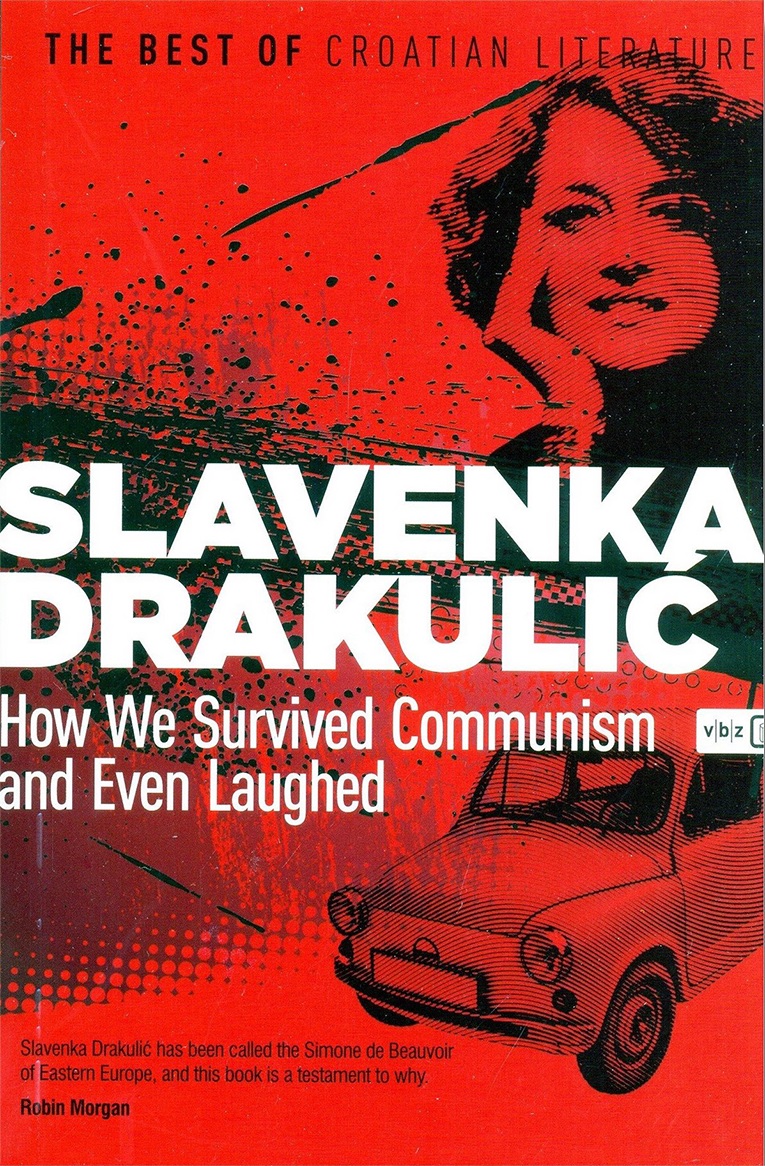
In 1990 Slavenka Drakulic travelled through Yugoslavia, East Germany, Poland, Czechoslovakia and Bulgaria, spending time with women and listening to their life stories, cooking with them, drinking coffee when they had any, learning how they had survived communism, and sometimes even managing to laugh.
33. I Capture the Castle by Dodie Smith (1948)
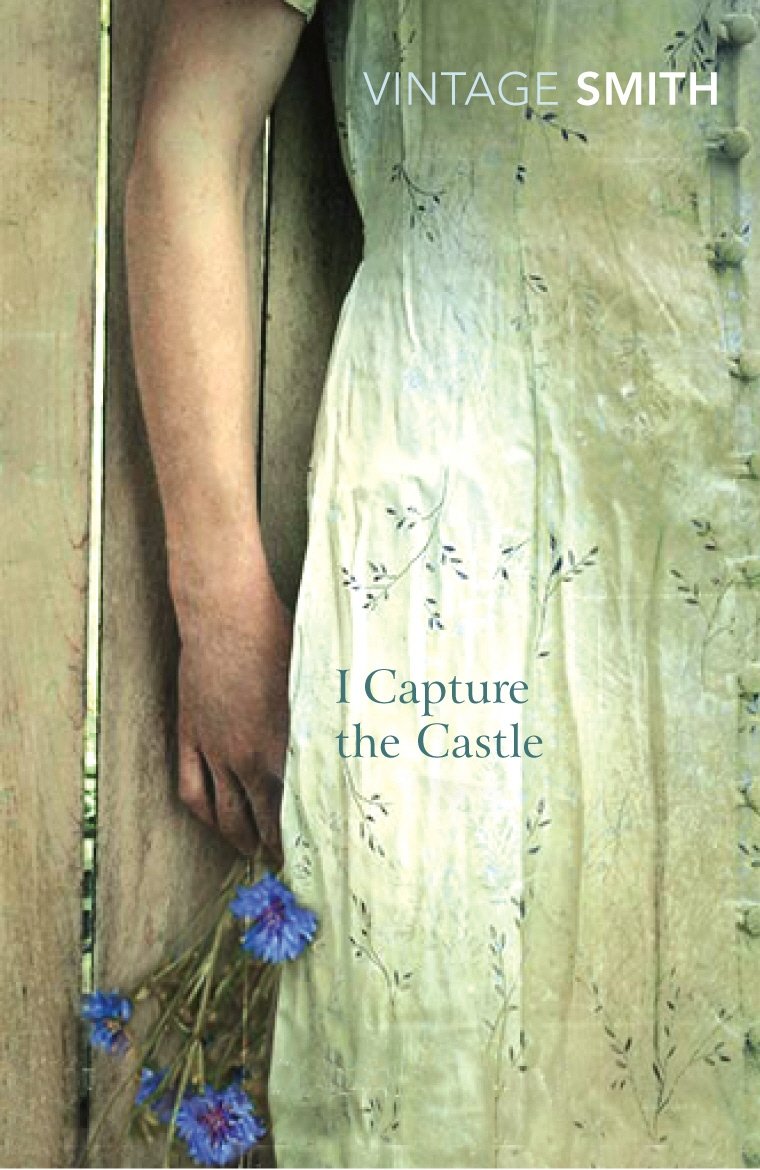
'I write this sitting in the kitchen sink' is the first line of this timeless, witty and enchanting novel about growing up. Seventeen-year-old Cassandra Mortmain and her family live in not-so-genteel bohemian poverty in a ramshackle old English castle. Here she strives, over six turbulent months, to hone her writing skills. She fills three notebooks with sharply funny yet poignant entries. Her journals candidly chronicle the great changes that take place within the castle's walls, and her own first descent into love.
34. I Know Why the Caged Bird Sings by Maya Angelou (1969)
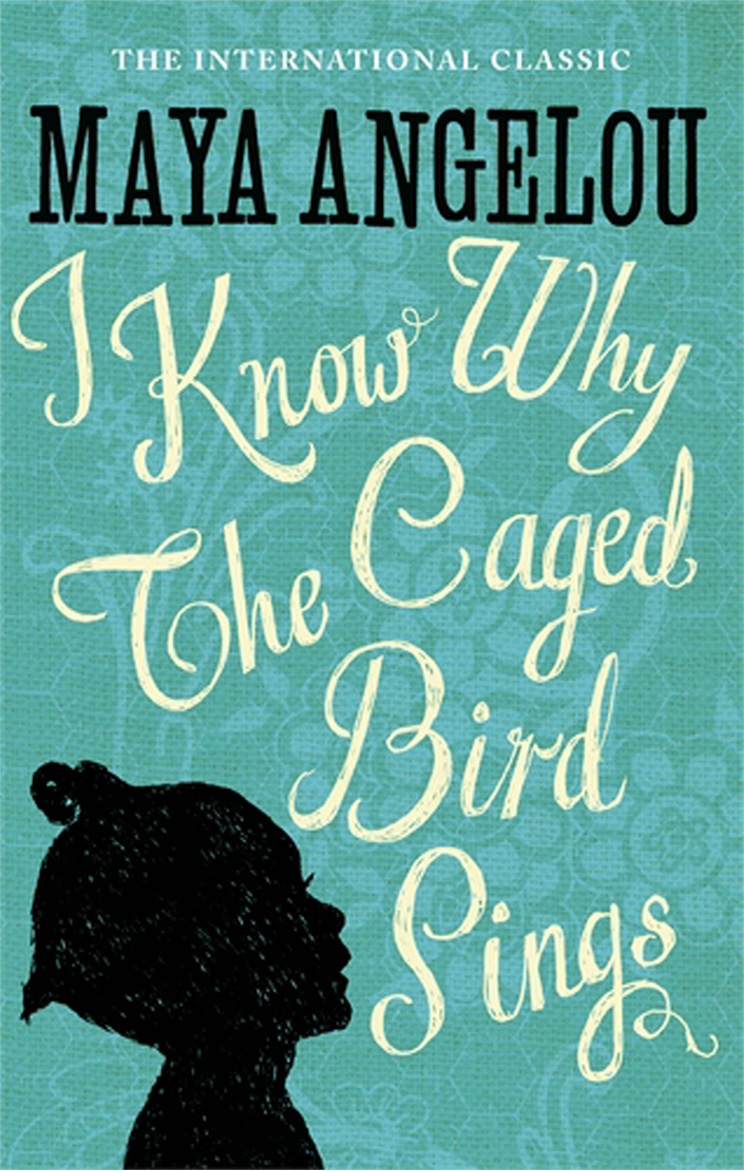
In this first volume of her six books of autobiography, Maya Angelou beautifully evokes her childhood with her grandmother in the American south of the 1930s. She learns the power of the white folks at the other end of town and suffers the terrible trauma of rape by her mother's lover. 'I write about being a Black American woman, however, I am always talking about what it's like to be a human being. This is how we are, what makes us laugh, and this is how we fall and how we somehow, amazingly, stand up again'.
35. Into That Darkness by Gitta Sereny (1974)
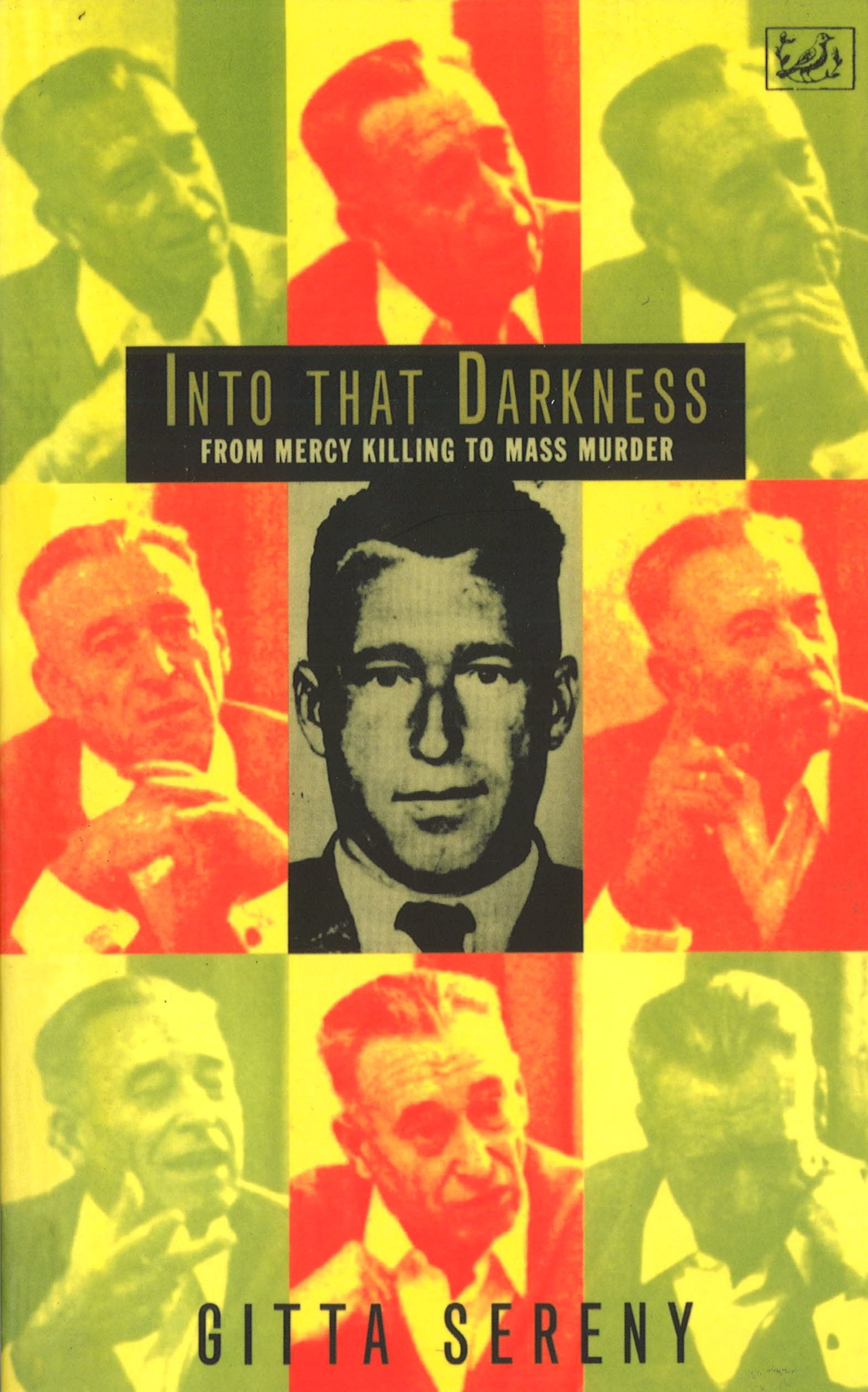
Only four men commanded Nazi extermination (as opposed to concentration) camps. Franz Stangl was one of them. Stangl commanded Treblinka and was found guilty of co-responsibility for the slaughter there of at least 900,000 people. Sereny, after weeks of talk with him and months of further research, shows us this man as he saw himself, and as he was seen by many others, including his wife.
36. Like Water for Chocolate by Laura Esquivel (1989)
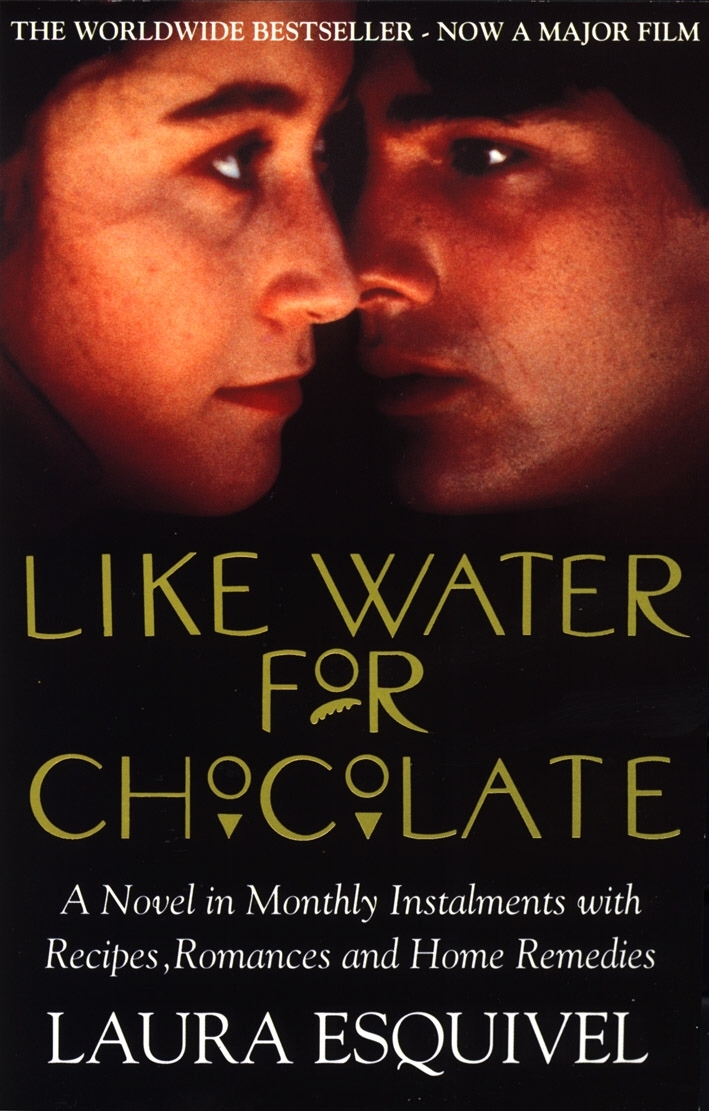
The number one bestseller around the world, is a romantic, poignant tale that follows the life of Tita who has been forbidden to marry, condemned by tradition to look after her mother until she dies. But Tita falls in love with Pedro, and he is seduced by the magical food she cooks. In desperation Pedro marries her sister. For the next 22 years Tita and Pedro circle each other in unconsummated passion.
37. Lullaby by Leila Slimani (2016)
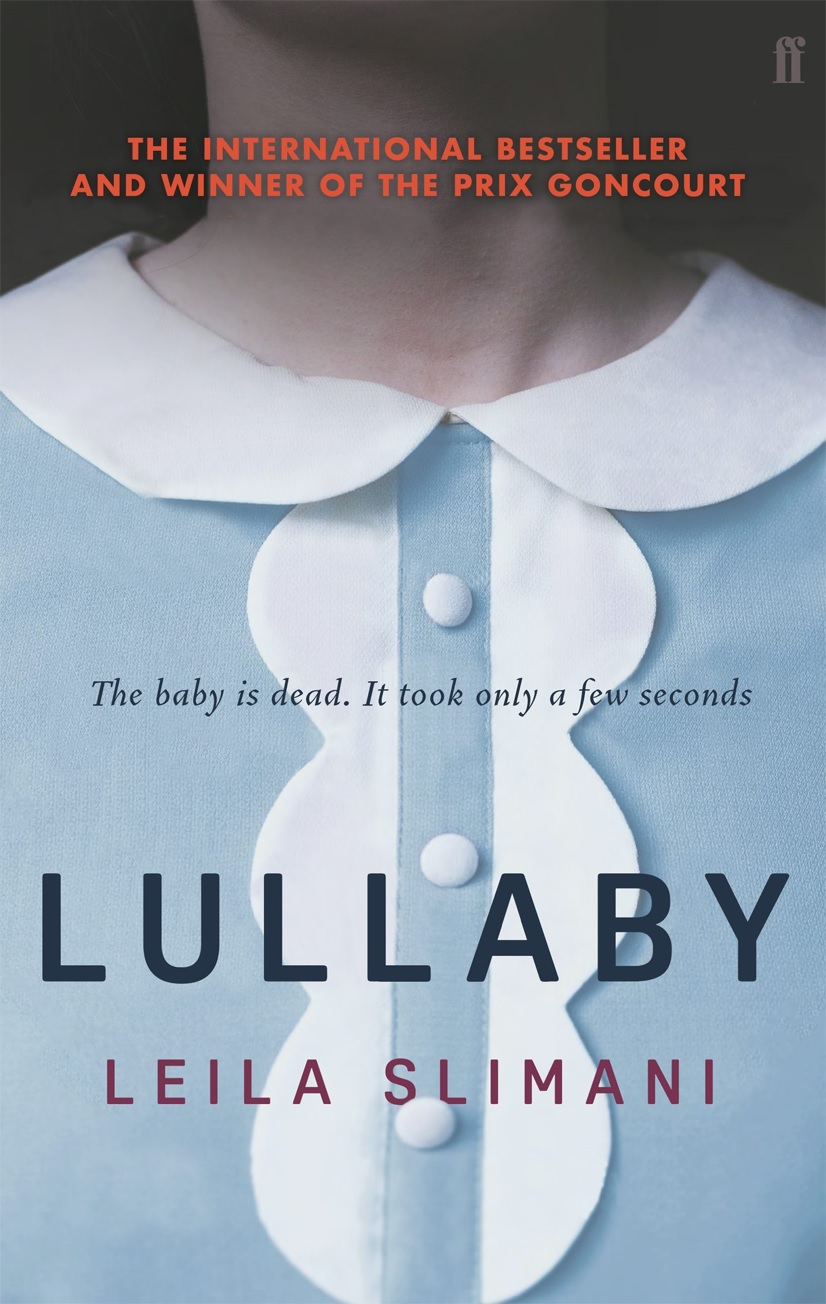
When Myriam, a French-Moroccan lawyer, decides to return to work after having children, she and her husband look for the perfect caretaker for their two young children. They never dreamed they would find Louise: a quiet, polite and devoted woman. The couple and nanny become more dependent on each other. But as jealousy, resentment and suspicions increase, Myriam and Paul's idyllic tableau is shattered. Winner of France’s prestigious Prix Goncourt.
38. Mrs Palfrey at the Claremont by Elizabeth Taylor (1971)
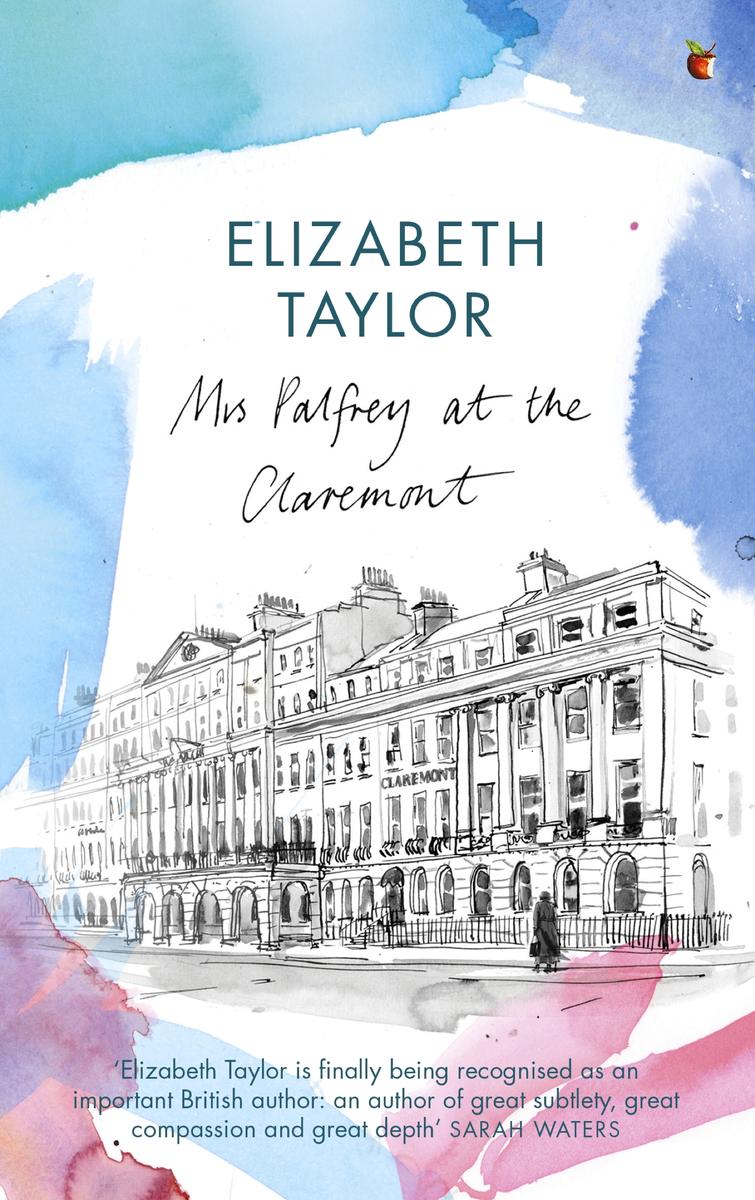
Shortlisted for the 1971 Booker Prize, this is a humorous and compassionate look at friendship between an old woman and a young man. On a rainy Sunday in January, the recently widowed Mrs Palfrey arrives at the Claremont Hotel where she will spend her remaining days. Then one day Mrs Palfrey strikes up an unlikely friendship with an impoverished young writer who sees her as inspiration for his novel.
39. My Brilliant Friend by Elena Ferrante (2011)
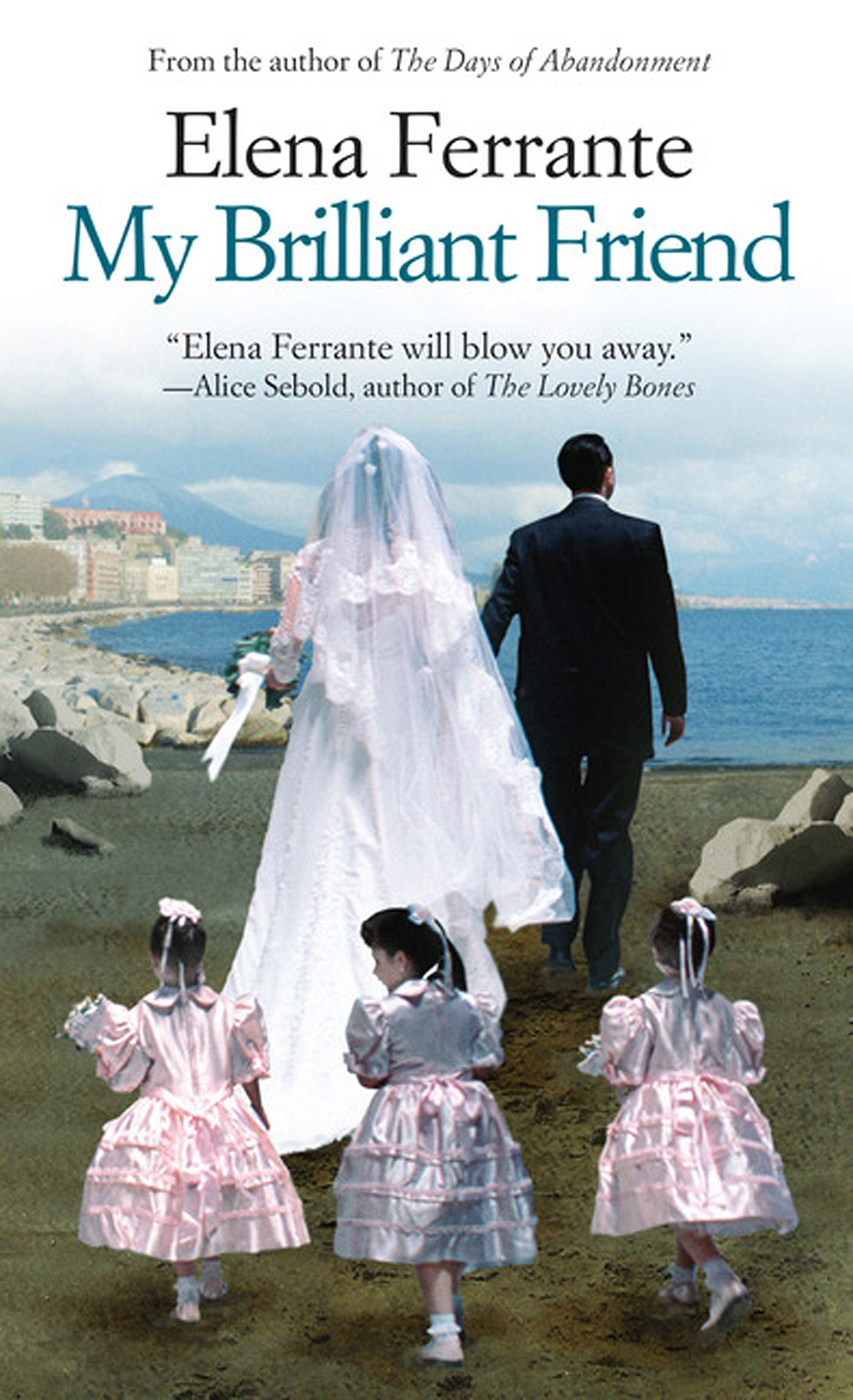
Beginning in the 1950s in a poor but vibrant neighbourhood on the outskirts of Naples, Ferrante’s four-volume story spans almost 60 years, as its protagonists, the fiery and unforgettable Lila, and her friend, the bookish narrator, Elena, become women, wives, mothers, and leaders. Through the lives of these two women, Ferrante tells the story of a neighbourhood, a city, and a country as it is transformed in ways that, in turn, also transform the relationship between her protagonists.
40. Notes on a Scandal by Zoe Heller (2003)
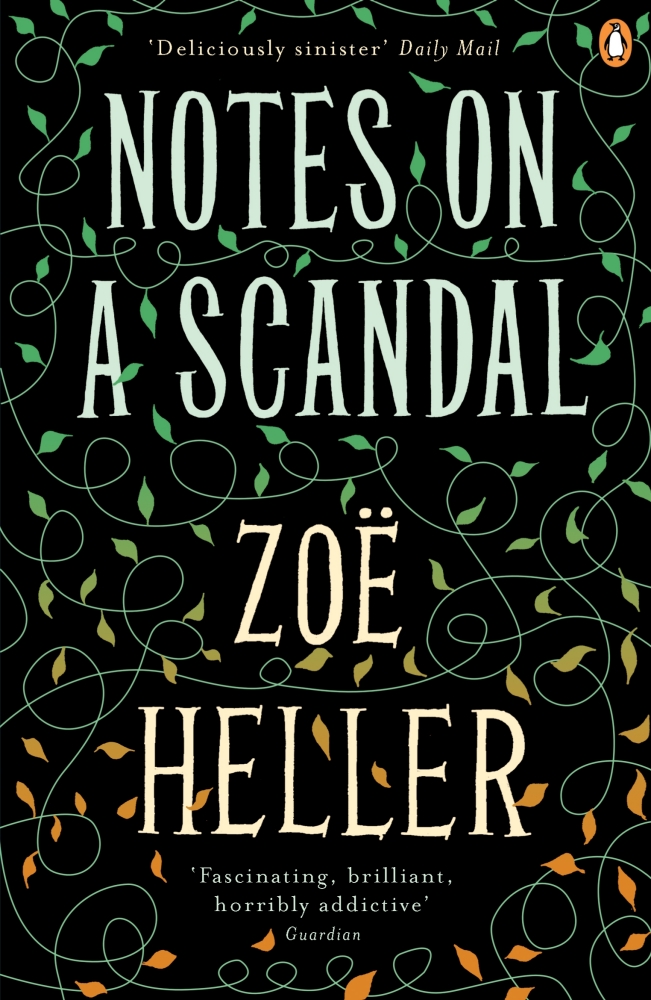
Shortlisted for the 2003 Man Booker Prize, this is a darkly compelling novel that explores the taboo subject of pupil/teacher relationships, obsession and betrayal. When Sheba Hart joins the staff of St George's, history teacher Barbara Covett is convinced she has found a kindred spirit. When Sheba is discovered having an affair with one of her pupils, Barbara quickly elects herself as Sheba's chief defender. But Sheba will soon discover, a friend can be just as treacherous as any lover.
41. Noughts & Crosses by Malorie Blackman (2001)
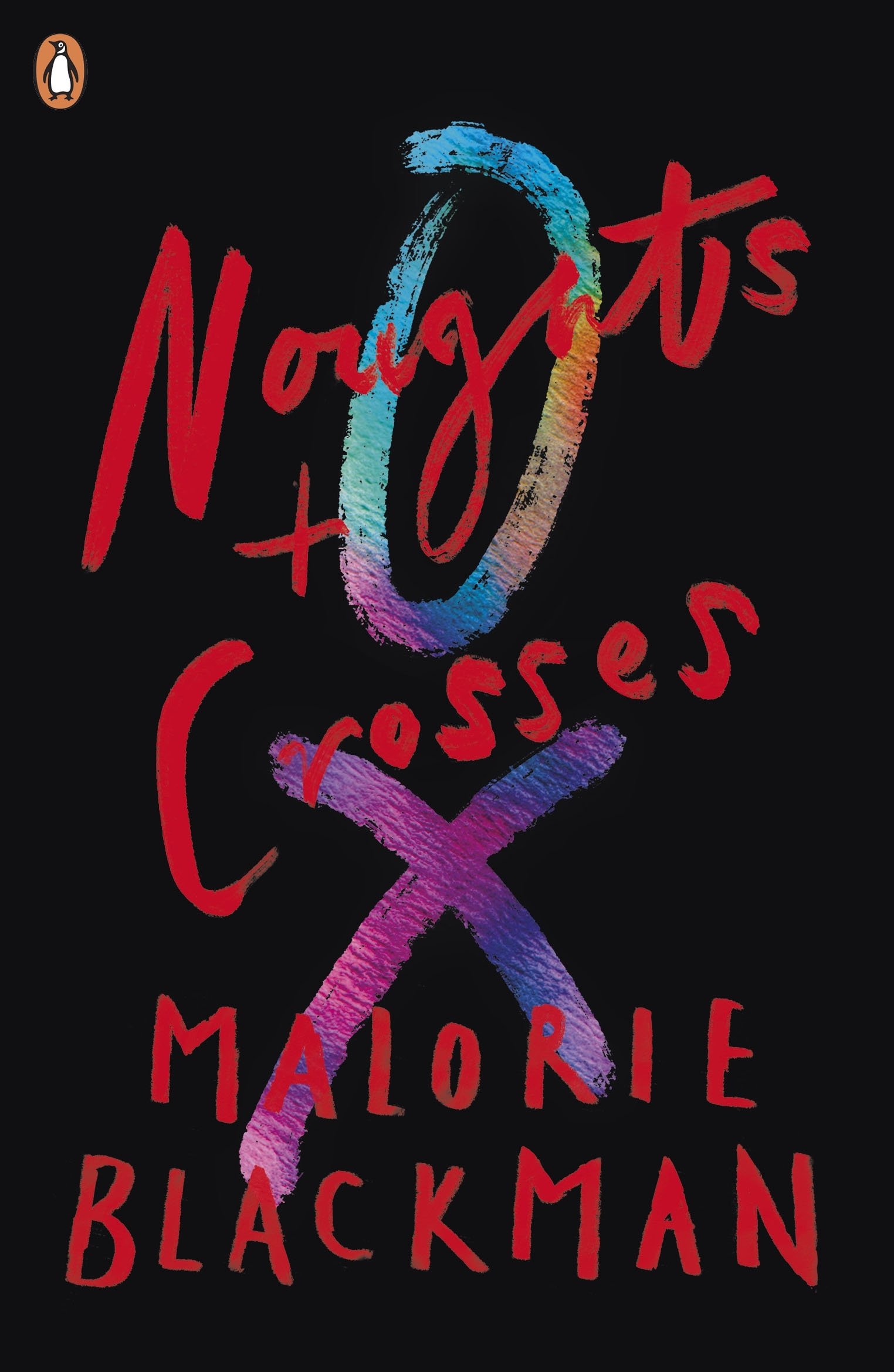
With echoes of Romeo and Juliet, this is an electrifying, bittersweet love story set in a society divided by racial bigotry and a world rocked by terrorism. Sephy Cross is the daughter of the Deputy Prime Minister. Callum is the son of a Nought agitator. United by a shared sense of injustice, their desire to be together begins to eclipse all family loyalty sparking a political crisis of unimaginable proportions.
42. Oranges are not the Only Fruit by Jeanette Winterson (1985)
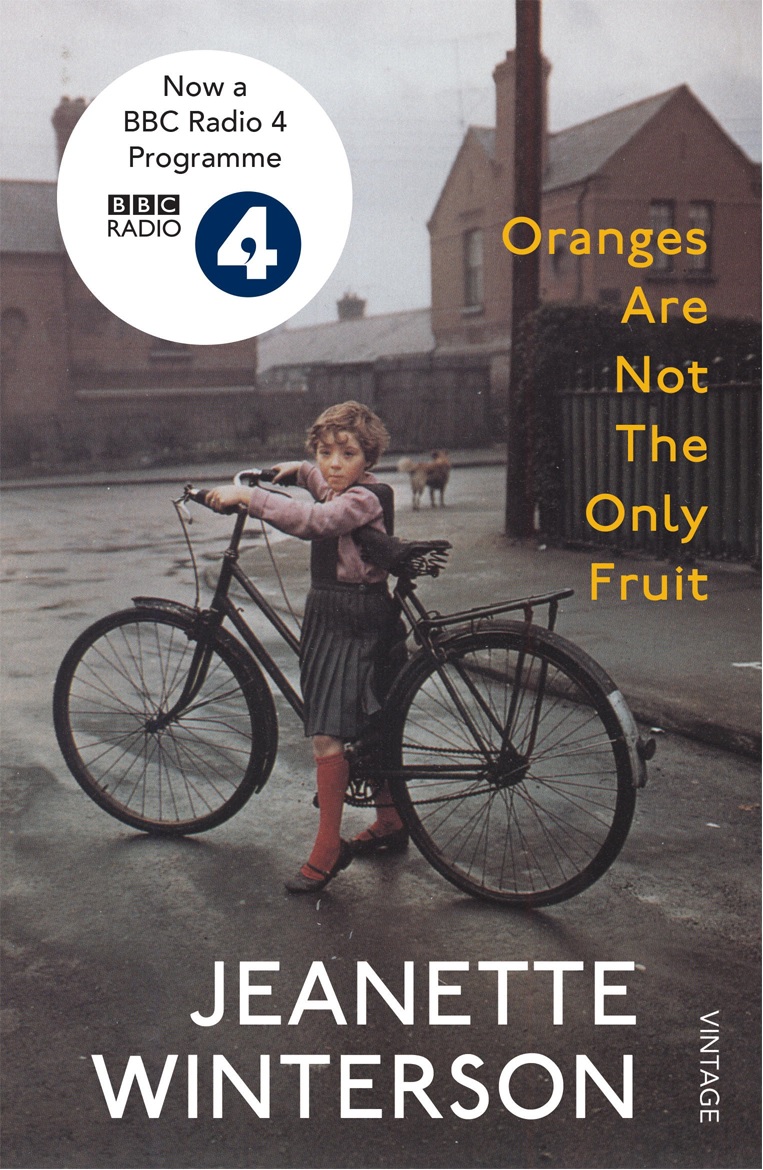
Winner in 1985 of the Whitbread Award for a First Novel, this is the story of Jeanette, adopted and brought up by her mother as one of God's elect. Zealous and passionate, she seems seems destined for life as a missionary, but then she falls for one of her converts. At 16, Jeanette decides to leave the church, her home and her family, for the young woman she loves.
43. Orlando by Virginia Woolf (1928)
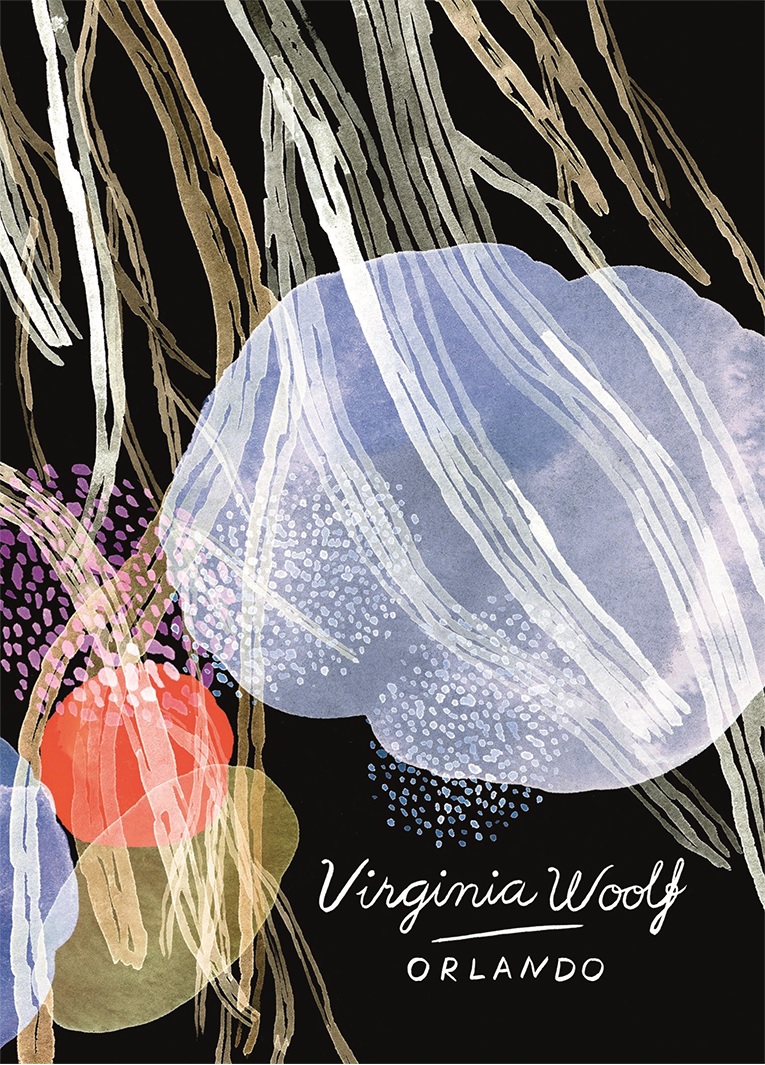
In this enchanting and fantastical novel, Orlando is a passionate young nobleman whose days are spent in revelry at Queen Elizabeth's court. Chasing a dream through three centuries, he bounds from Elizabethan England and imperial Turkey to the modern world where he will have transformed into a 36-year-old woman. Orlando will find that his unique position as a woman who knows what it is to be a man will give him insight into matters of the heart.
44. Persepolis by Marjane Satrapi (2000)

The intelligent and outspoken child of radical Marxists, and the great-grandaughter of Iran's last emperor, Satrapi bears witness to a childhood uniquely entwined with the history of her country. Persepolis paints an unforgettable portrait of daily life in Iran and of the bewildering contradictions between home life and public life. This is a beautiful and intimate story full of tragedy and humour - raw, honest and incredibly illuminating.
45. Pippi Longstocking by Astrid Lindgren (1945)
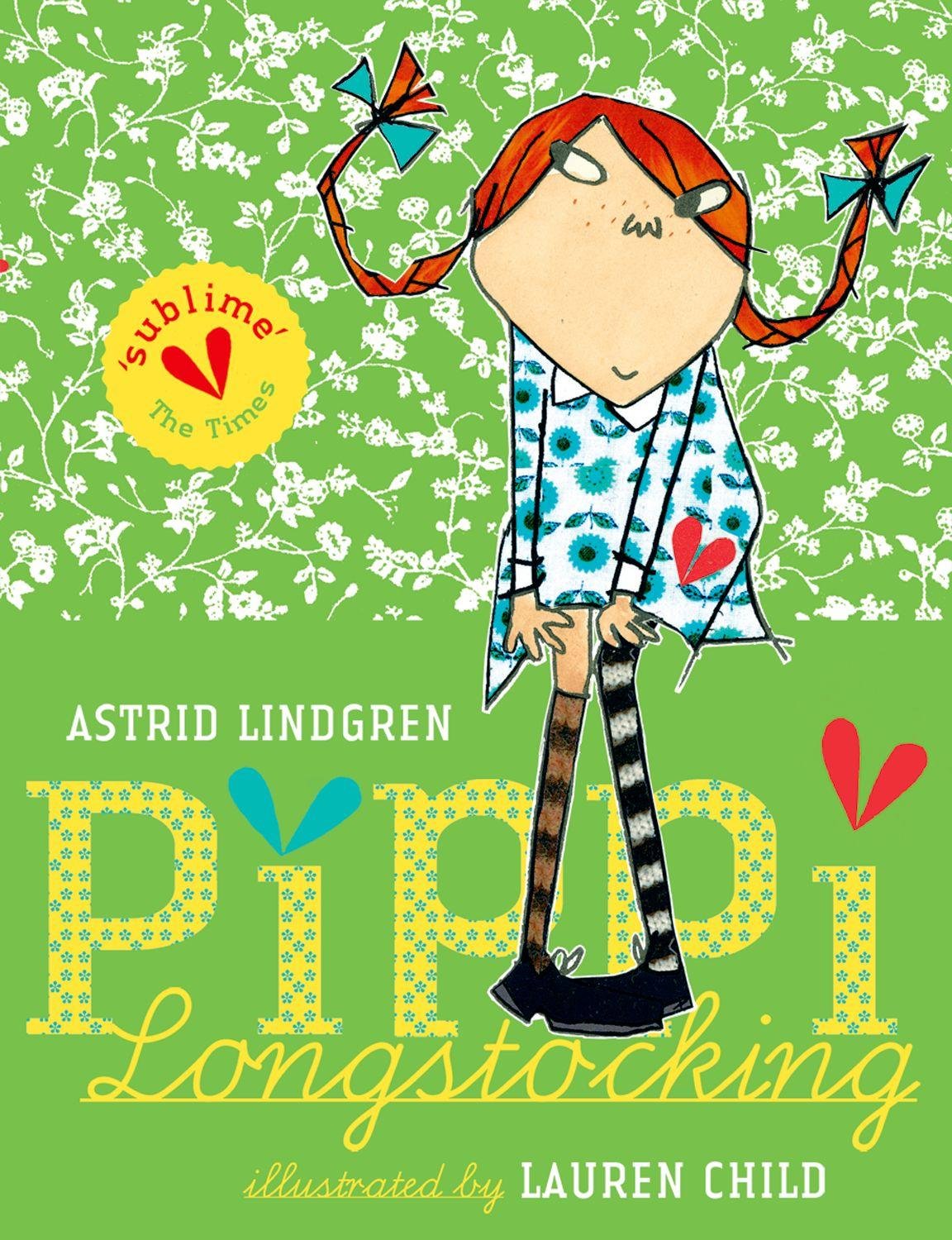
Pippi Longstocking is one of the most popular children's characters of all time and is still much loved by millions of children today. Nine year old Pippi is an unusual and unpredictable character, she lives alone with a monkey, a horse, and no rules whatsoever. Every day is a crazy adventure with Pippi, but what else would you expect from the daughter of a swashbuckling pirate captain?
46. Possession by AS Byatt (1990)
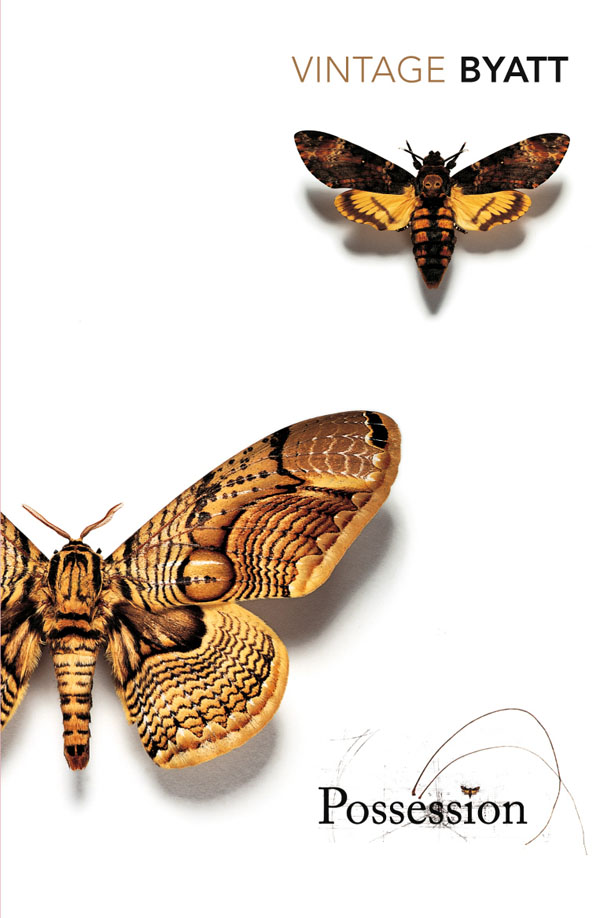
When mild-mannered academic Roland Mitchell stumbles upon a letter written by Victorian poet Randolph Ash to a mysterious woman with whom he seems to be infatuated, Mitchell is determined to uncover the truth. Winner of the 1990 Booker Prize,
Possession is part literary detective story, part academic satire and part historical novel. It is also a compelling romance that explores the nature of obsession, possession and love.
47. Rachel’s Holiday by Marian Keyes (1997)
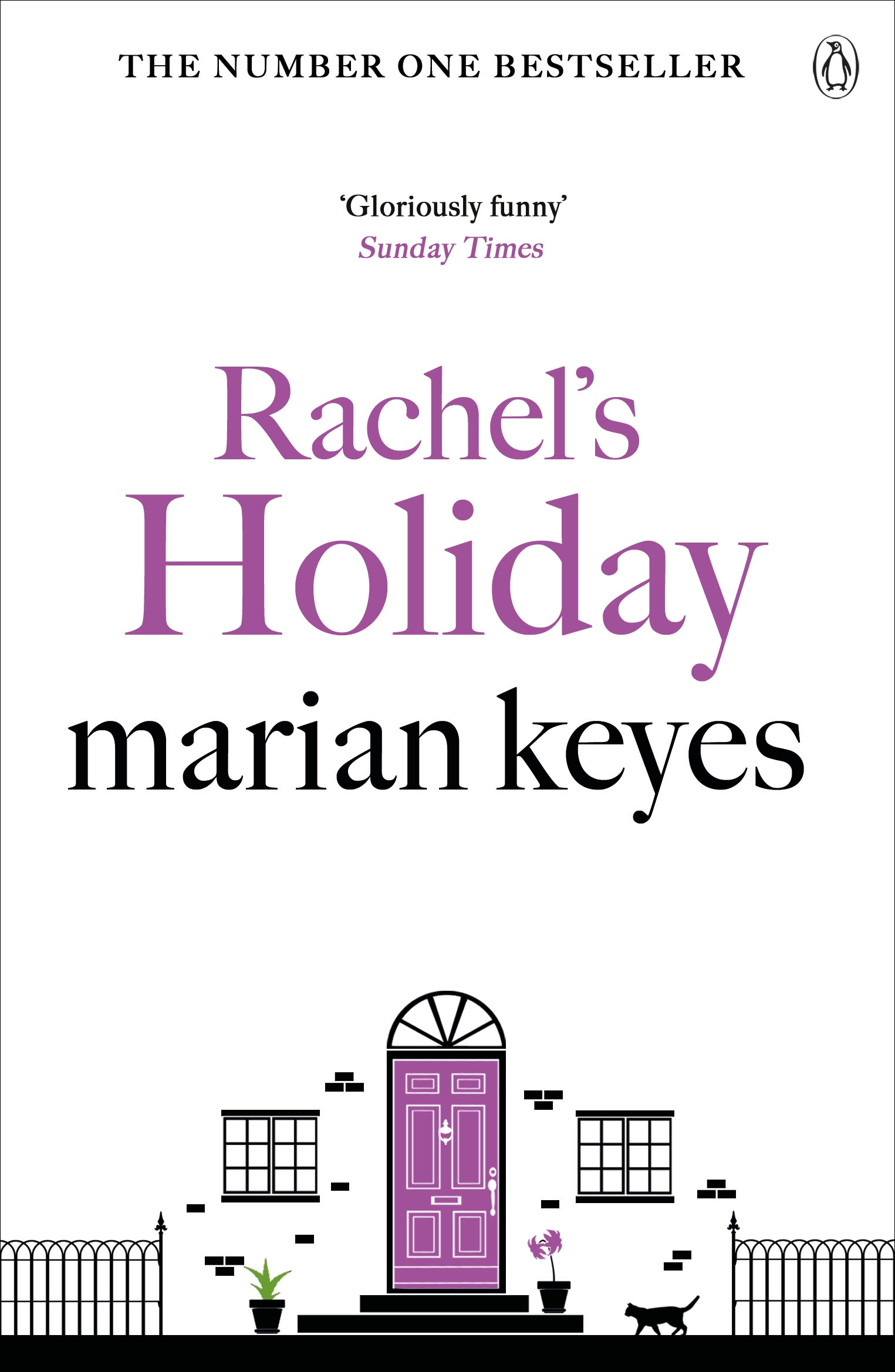
Deliciously dark and fantastically funny, this is the story of Rachel who spends her nights talking her way into glamorous New York parties before heading home to her hot boyfriend Luke. But then her sensible older sister shows up and Rachel finds herself in actual rehab. Saying goodbye to fun will be hard. But not as hard as losing the man that, too late, she believes might be the love of her life.
48. Rebecca by Daphne du Maurier (1938)

On a trip to the south of France, the shy heroine of
Rebecca falls in love with Maxim de Winter, a handsome widower, and she happily agrees to marry him. But as they arrive at her husband's home, Manderley, a change comes over Maxim and she realises that she barely knows him. In every corner of every room is the phantom of his beautiful first wife, Rebecca, and the sinister Mrs Danvers, the housekeeper, who continually attempts to undermine her.
49. Regeneration Trilogy by Pat Barker (1991)
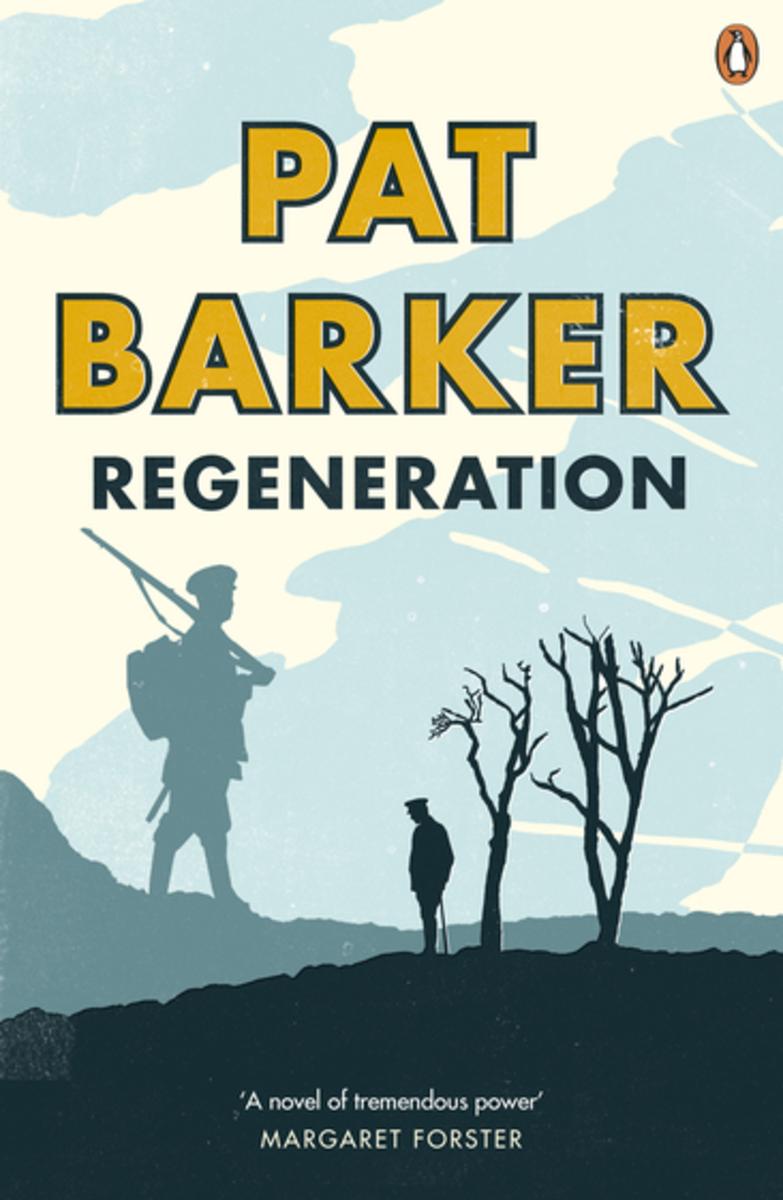
1917, Scotland. At Craiglockhart War Hospital in Scotland, army psychiatrist William Rivers treats shell-shocked soldiers. In his care are poets Siegfried Sassoon and Wilfred Owen, and Billy Prior, who is only able to communicate by means of pencil and paper. The triology follows the stories of these men until the last months of the war and paints with moving detail the far-reaching consequences of a conflict which decimated a generation. In 1995 the final book in the trilogy,
The Ghost Road, won the Booker Prize.
50. Selected Stories by Alice Munro (1996)
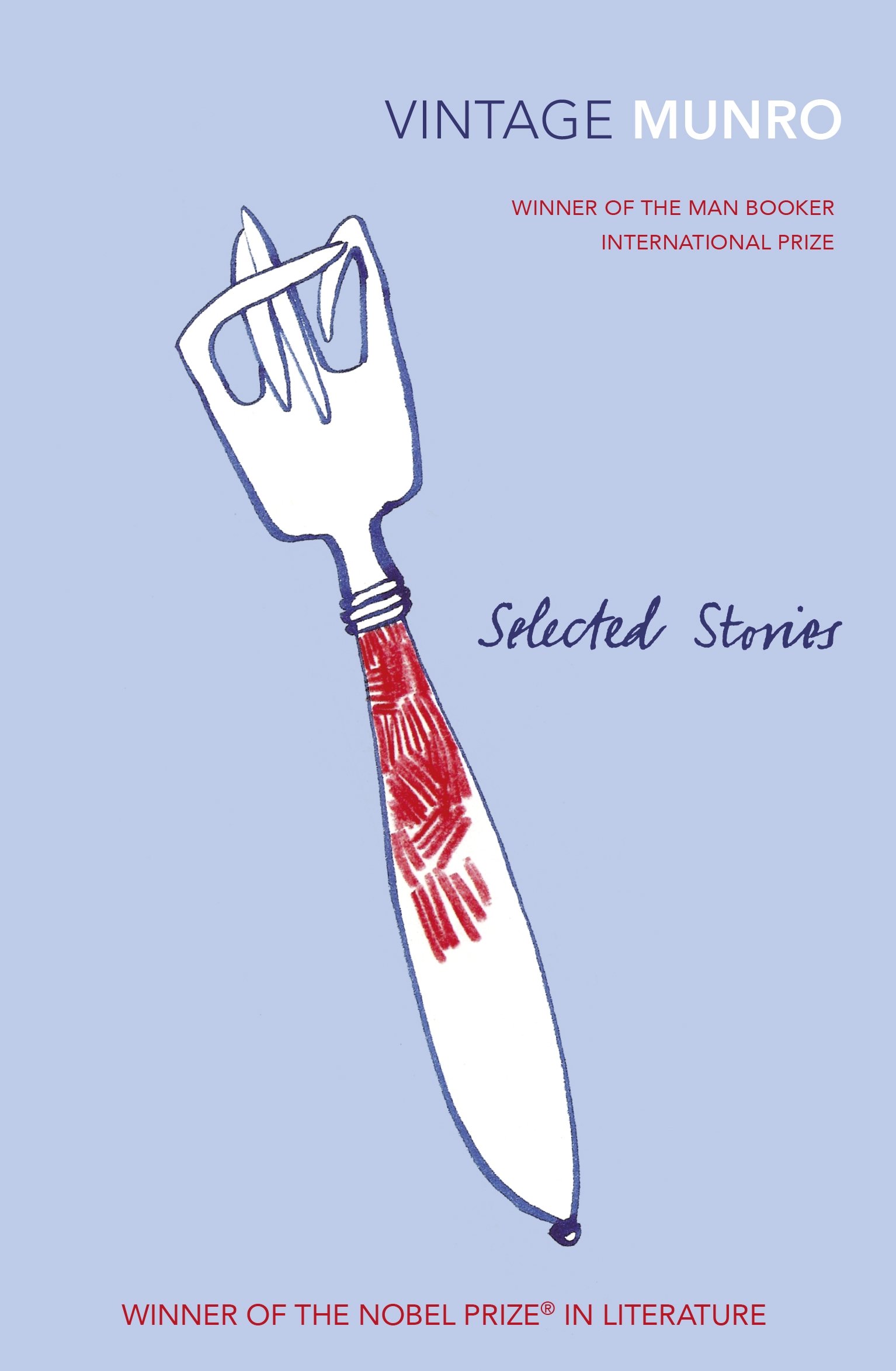
Winner in 2013 of the Nobel Prize in Literature Alice Munro is the master of the short story. Her territory is the secrets that cackle beneath the façade of everyday lives, the pain and promises, loves and fears of apparently ordinary men and women whom she renders extraordinary and unforgettable.
51. Small Island by Andrea Levy (2004)
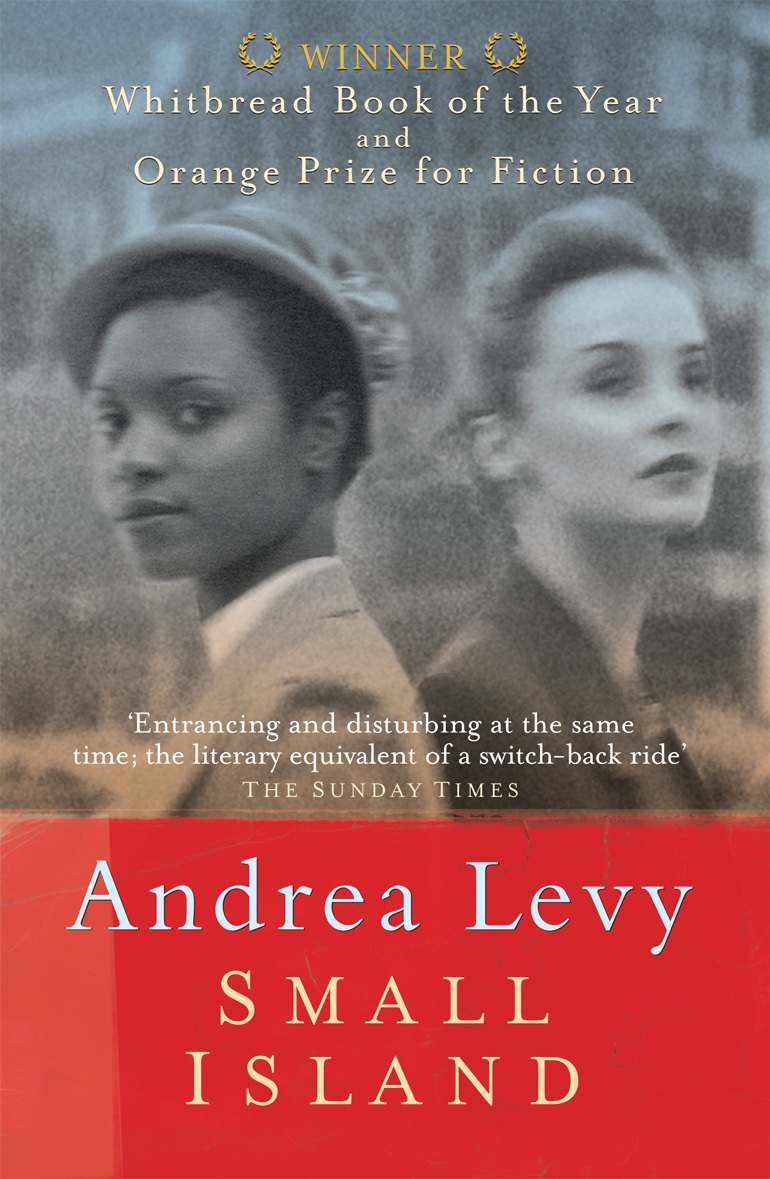
Winner of the Orange Prize for Fiction, as well as the Commonwealth Writers' Prize and the Whitbread,
Small Island is possibly the definitive fictional account of the experiences of the Empire Windrush generation. Gilbert Joseph was one of the several thousand Jamaican men who joined the RAF to fight against Hitler. Returning to England as a civilian he finds himself treated very differently. It's desperation that makes him remember a wartime friendship with Queenie Bligh and knock at her door.
52. Standing Female Nude by Carol Ann Duffy (1985)
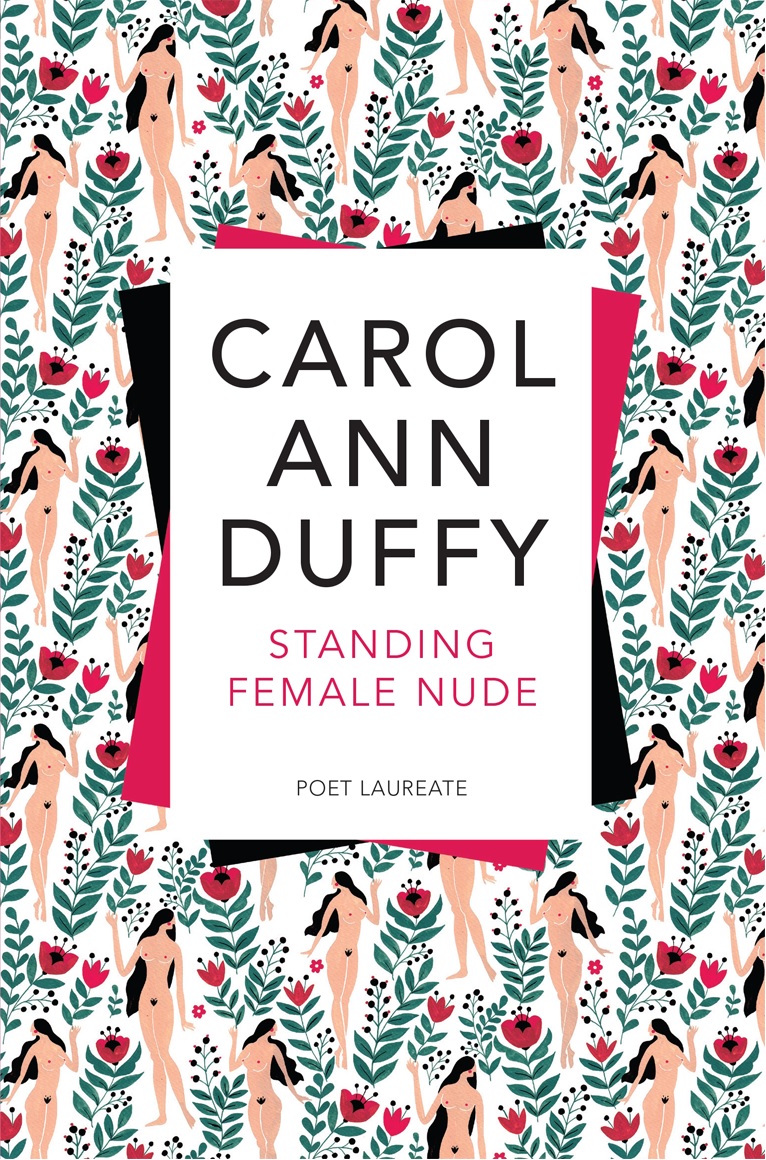
First published in 1985 to widespread critical acclaim, this is a work of startling originality, and the starting point of the Poet Laureate's dazzling poetic career. From lovers to wives to war photographers, the poems it contains range from the delicately poignant to the fiercely political, exploring memory, gender, childhood and place.
53. Strangers on a Train by Patricia Highsmith (1950)
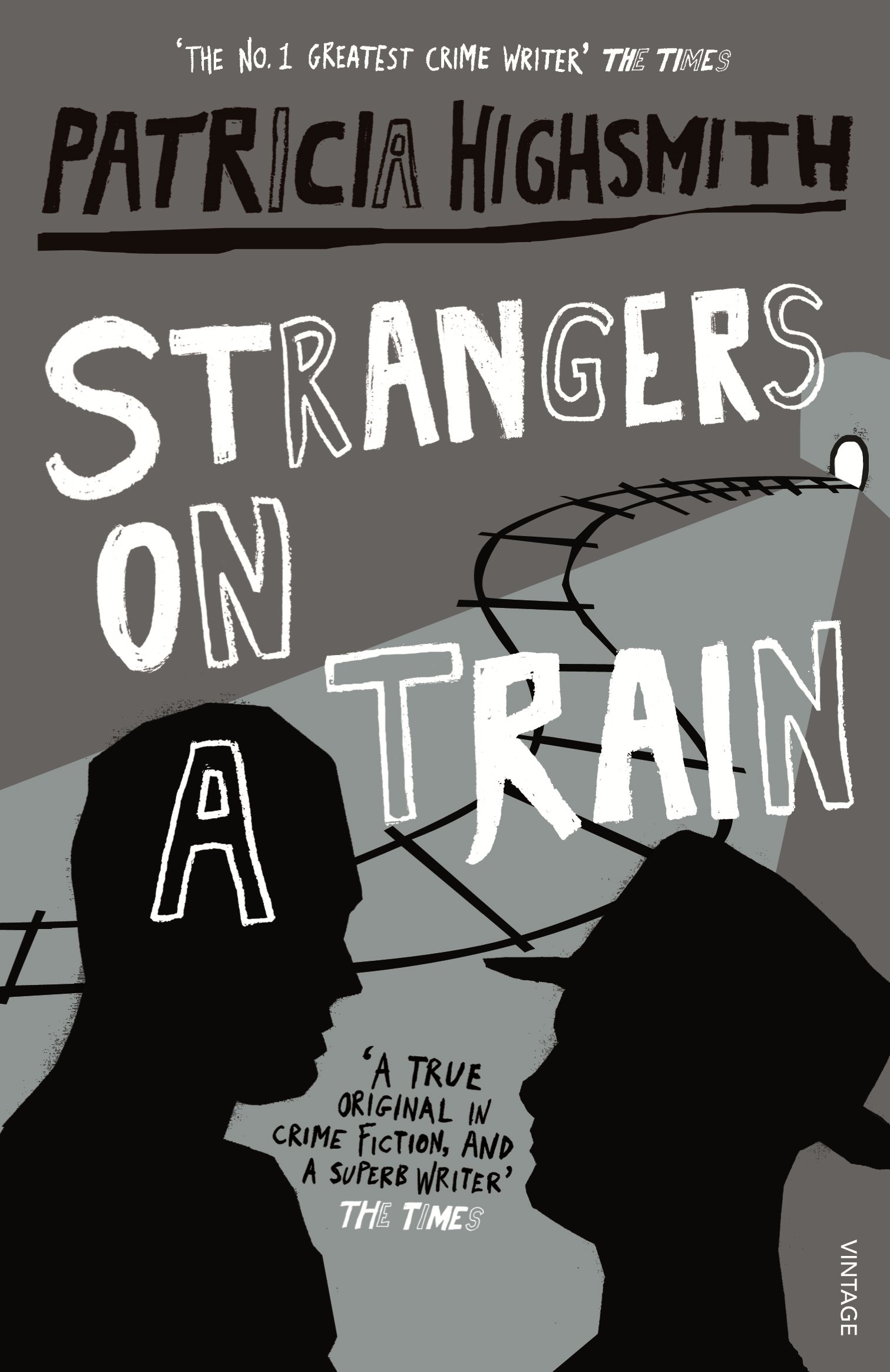
'Bruno slammed his palms together. "Hey! Cheeses, what an idea! I kill your wife and you kill my father! We meet on a train, see, and nobody knows we know each other! Perfect alibis! Catch?"' From this moment, almost against his conscious will, Guy Haines is trapped in a nightmare of shared guilt and an insidious merging of personalities.
54. Testament of Youth by Vera Brittain (1933)
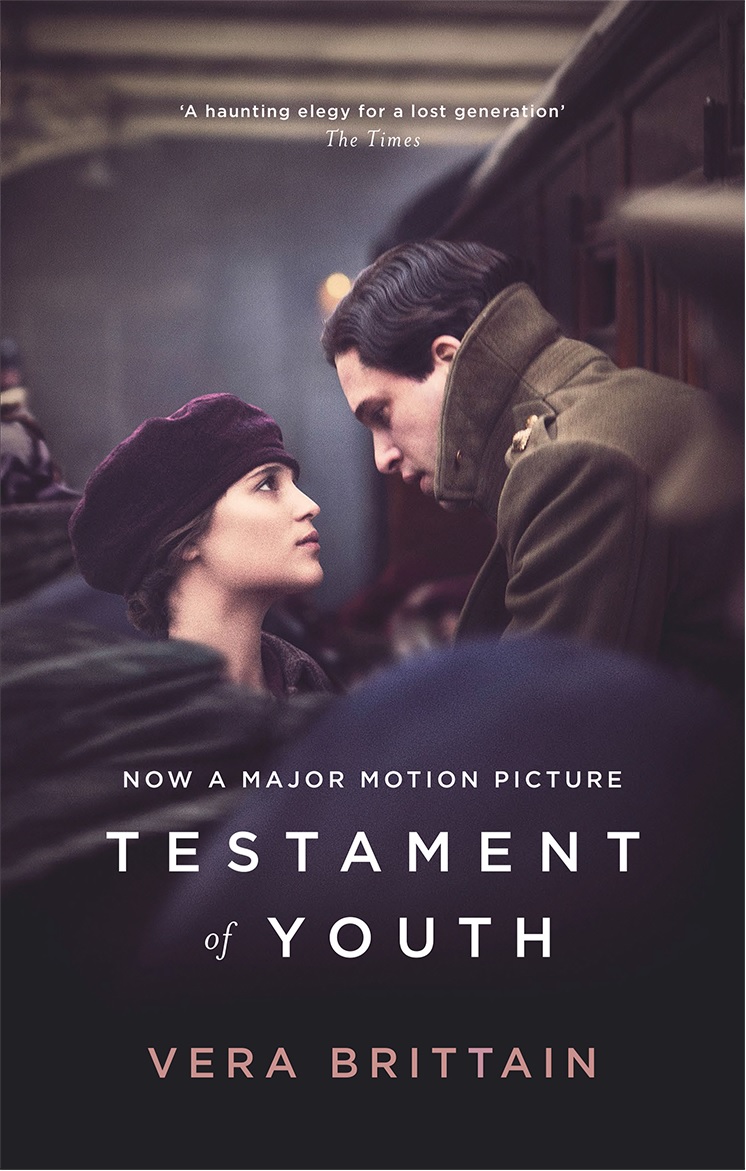
In 1914 Vera Brittain was 18 and, as war was declared, she was preparing to study at Oxford. Four years later her life - and the life of her whole generation - had changed in a way that was unimaginable in the tranquil pre-war era. This is Brittain's account of how she survived the period; how she lost the man she loved; how she nursed the wounded and how she emerged into an altered world.
55. The Argonauts by Maggie Nelson (2015)
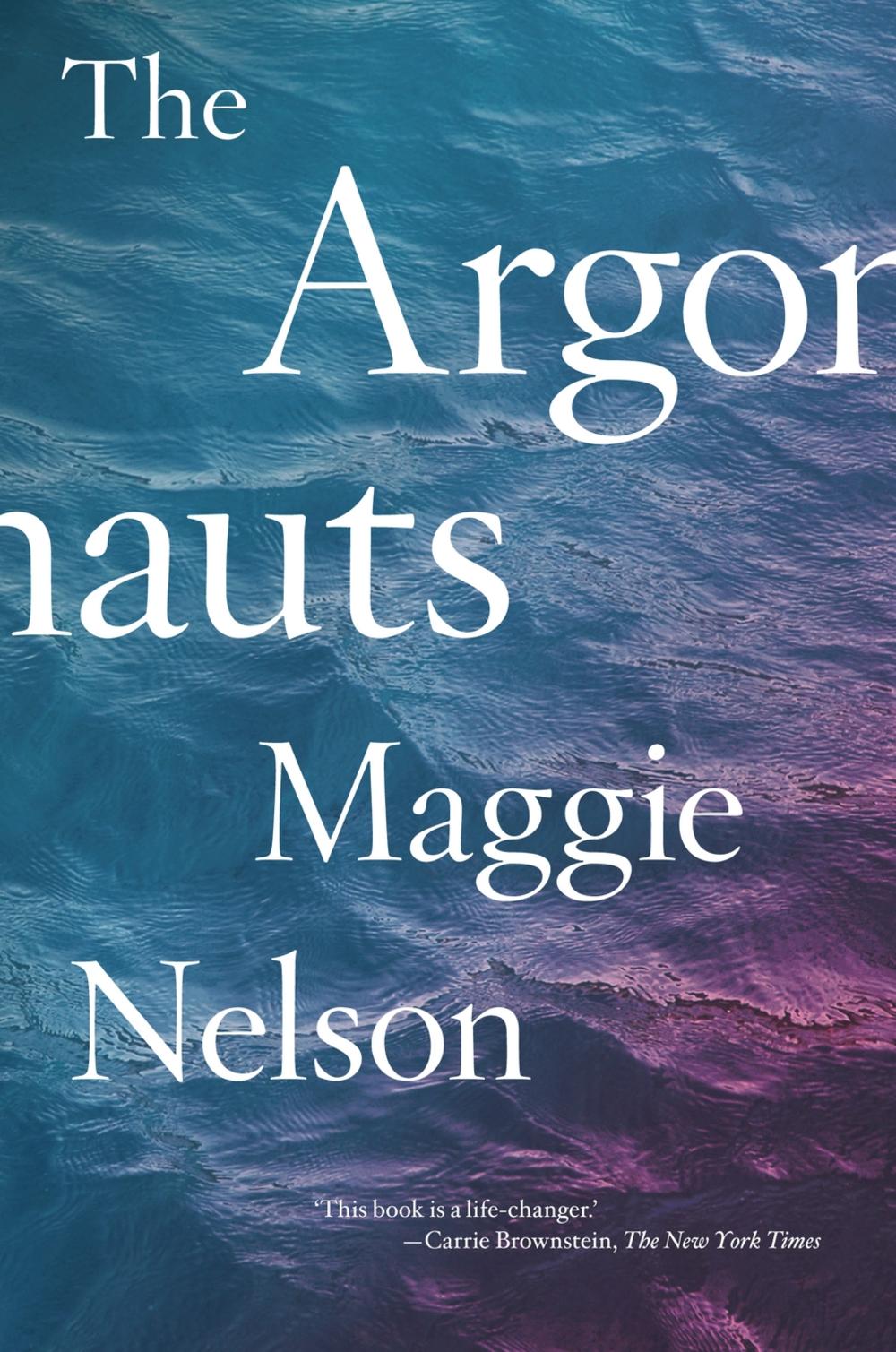
Nominated for both the Rathbones Folio Prize 2017 and the National Book Critics Circle Award, this is an intrepid voyage out to the frontiers of the latest thinking about love, language, and family. A timely and genre-bending memoir that offers fresh and fierce reflections on motherhood, desire, identity and feminism.
56. The Body in the Library by Agatha Christie (1942)
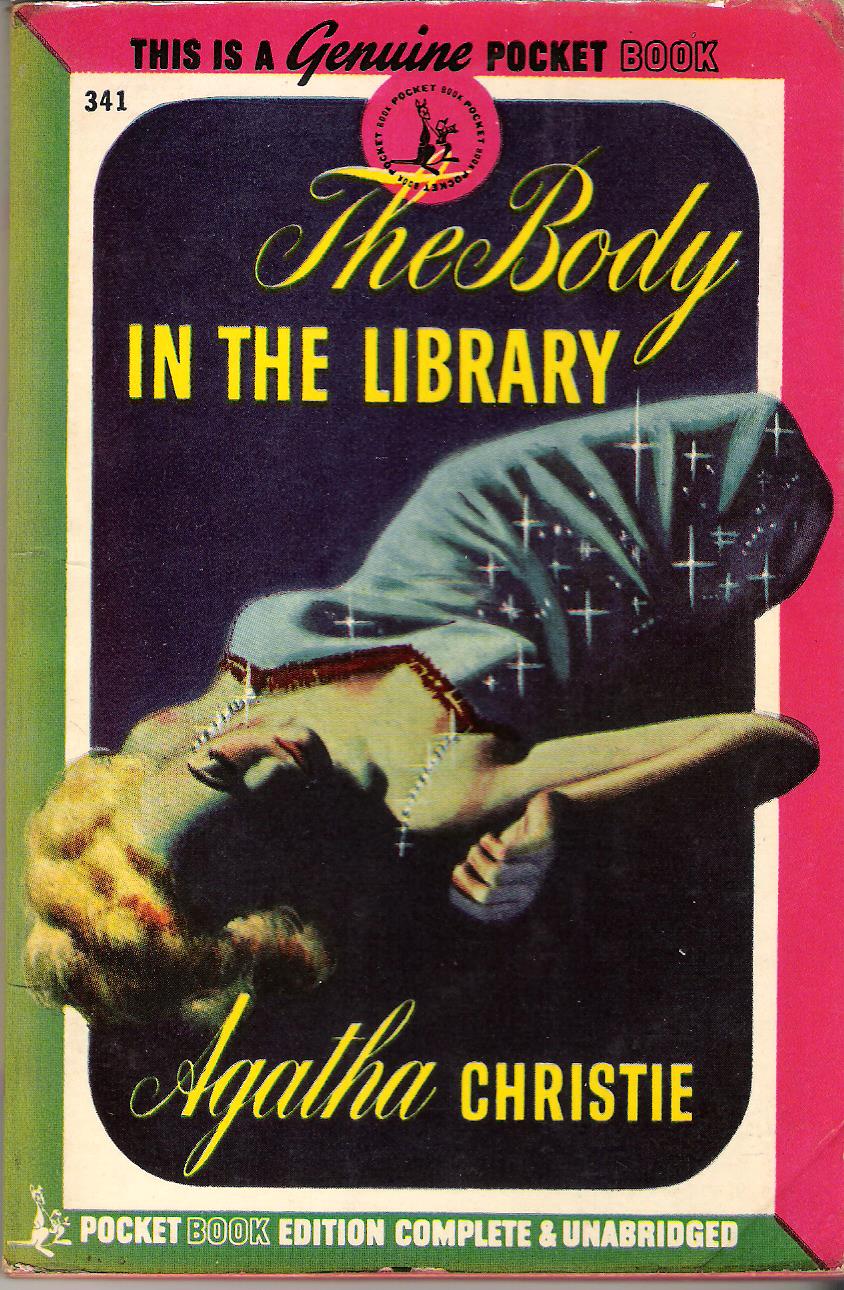
It’s seven in the morning. The Bantrys wake to find the body of a young woman in their library. She is wearing evening dress and heavy make-up, which is now smeared across her cheeks. But who is she? How did she get there? And what is the connection with another dead girl, whose charred remains are later discovered in an abandoned quarry? The respectable Bantrys invite Miss Marple to solve the mystery… before tongues start to wag.
57. The Color Purple by Alice walker (1982)
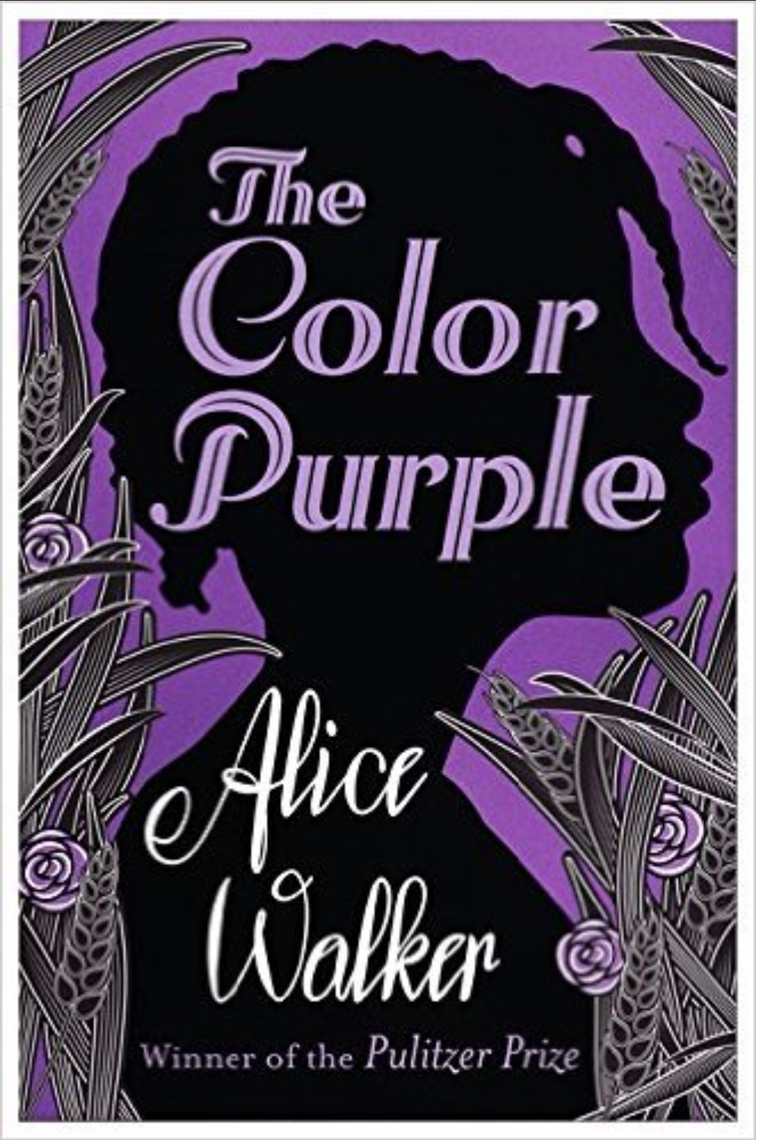
This Pulitzer Prize-winning novel is set in the American South between the wars, and tells the story of Celie, a young black girl. Raped repeatedly by the man she calls 'father', she has two children taken away from her, and is separated from her beloved sister Nettie. Then she meets the glamorous Shug Avery - a woman who has taken charge of her own destiny. Gradually Celie discovers the power and joy of her own spirit, freeing her from her past.
58. The Country Girls by Edna O’Brien (1960)
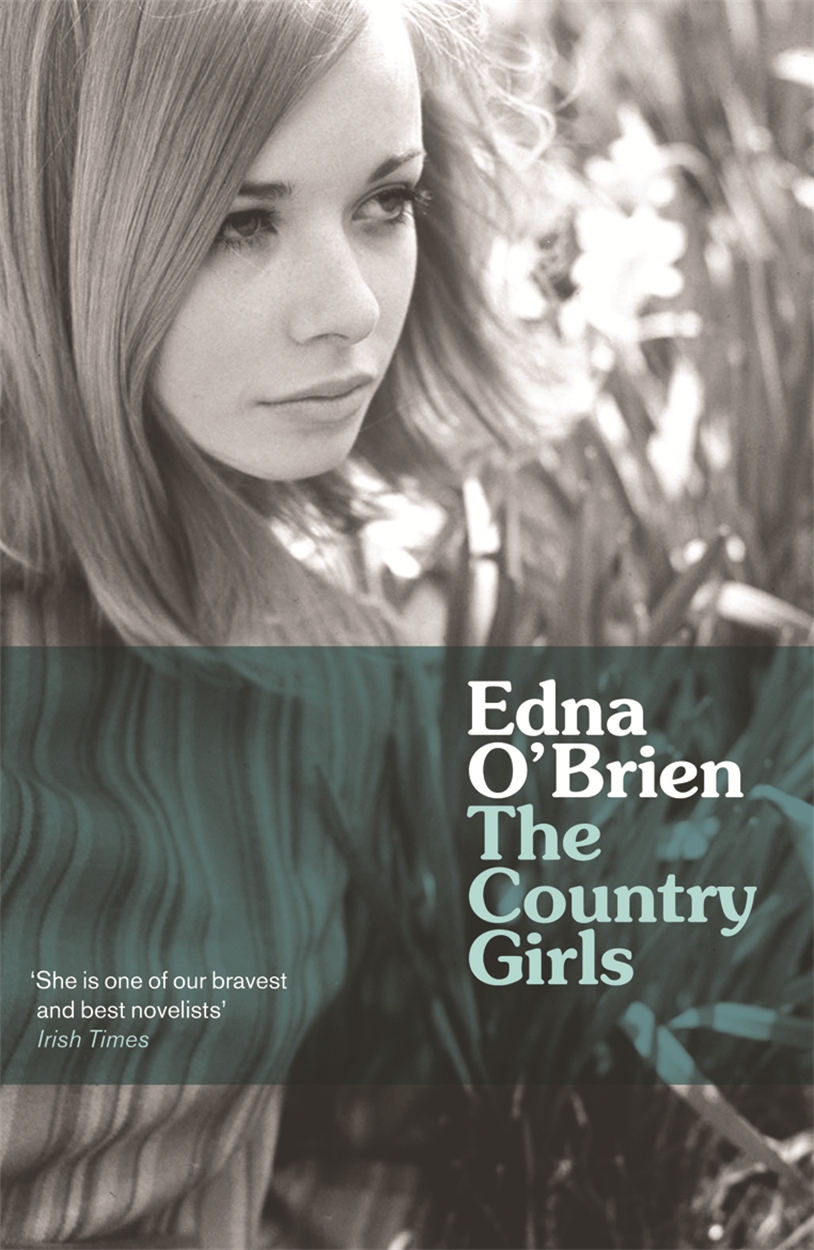
It is the early 1960s in a country village in Ireland and Caithleen Brady and her attractive friend Baba are on the verge of womanhood and dreaming of spreading their wings in a wider world. With bawdy innocence, shrewd for all their inexperience, the girls romp their way through convent school to the bright lights of Dublin - where Caithleen finds that suave, idealised lovers rarely survive the real world.
59. The Crusades: Islamic Perspectives by Carole Hillenbrand (1999)
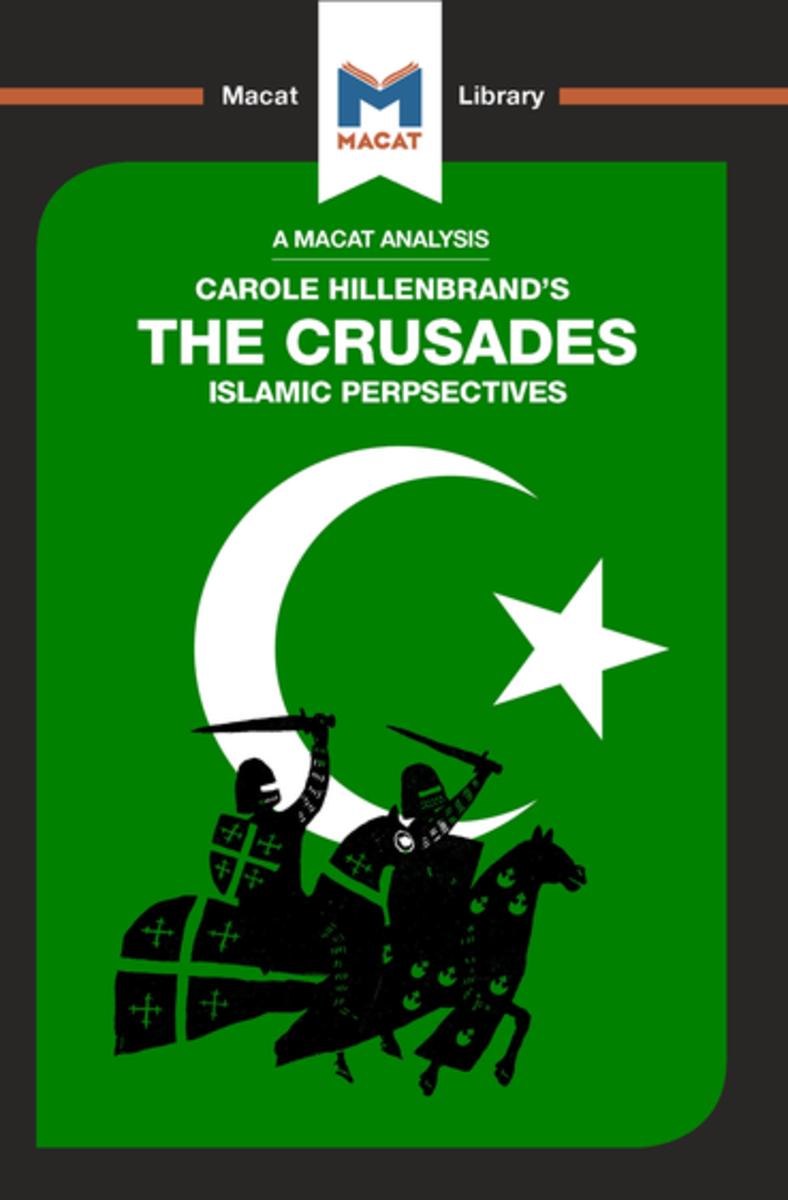
This book reflects on how the phenomenon of the Crusades influenced the Muslim world, then and now, militarily, culturally and psychologically. This book discusses a group of themes designed to highlight how Muslims reacted to the alien presence of the Crusaders in the heart of traditional Muslim territory. Ideological concerns are examined and the importance of the jihad is assessed in the context of the gradual recovery of the Holy Land and the expulsion of the Crusaders.
60. The Diary of a Young Girl by Anne Frank (1947)
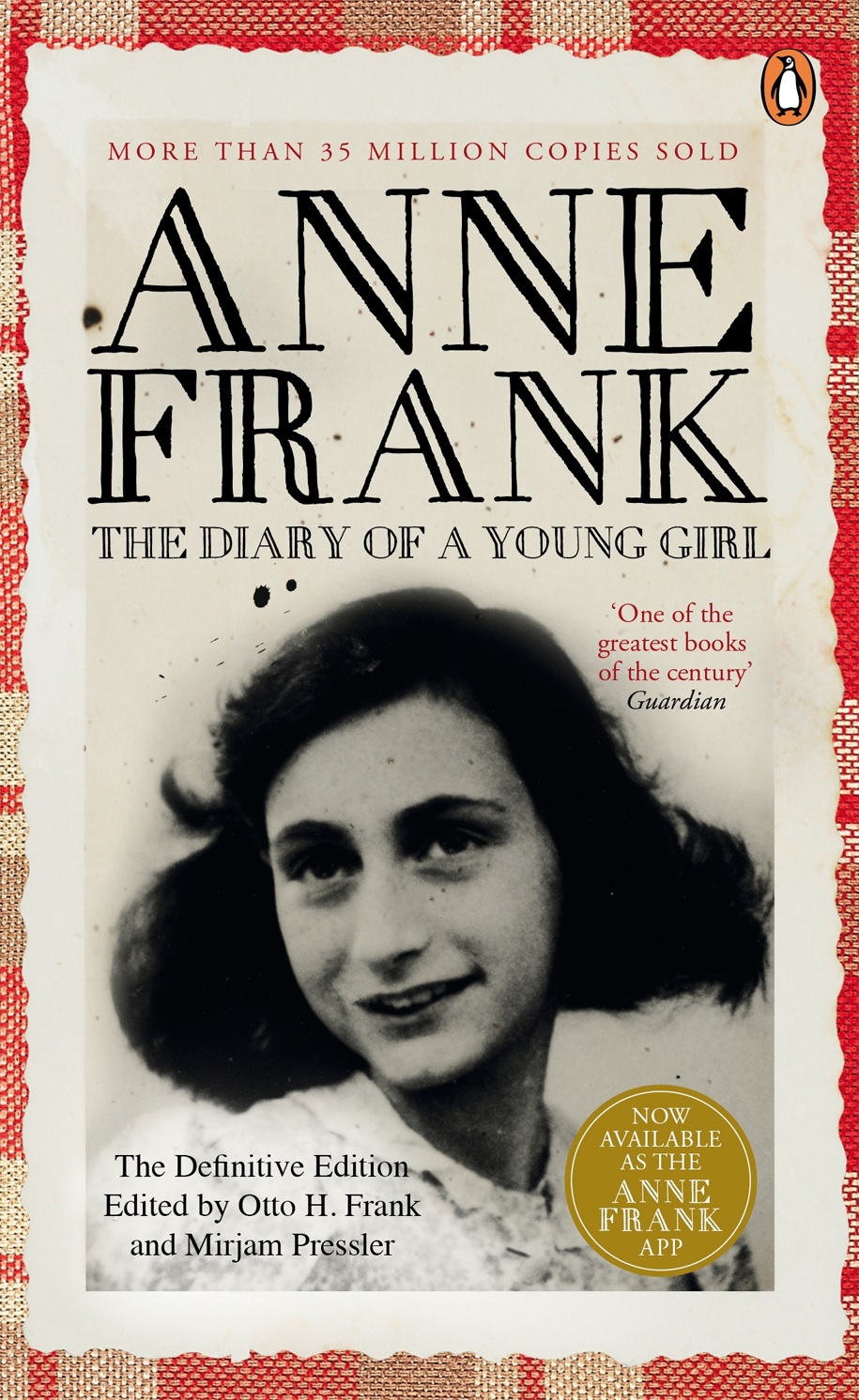
In July 1942, 13-year-old Anne Frank and her family, fleeing the Nazi occupation, went into hiding in an Amsterdam warehouse. Over the next two years Anne vividly describes in her diary the frustrations of living in such close quarters, and her thoughts, feelings and longings as she grows up. Her diary ends abruptly when, in August 1944, they were all betrayed.
61. The Female Eunuch by Germaine Greer (1970)
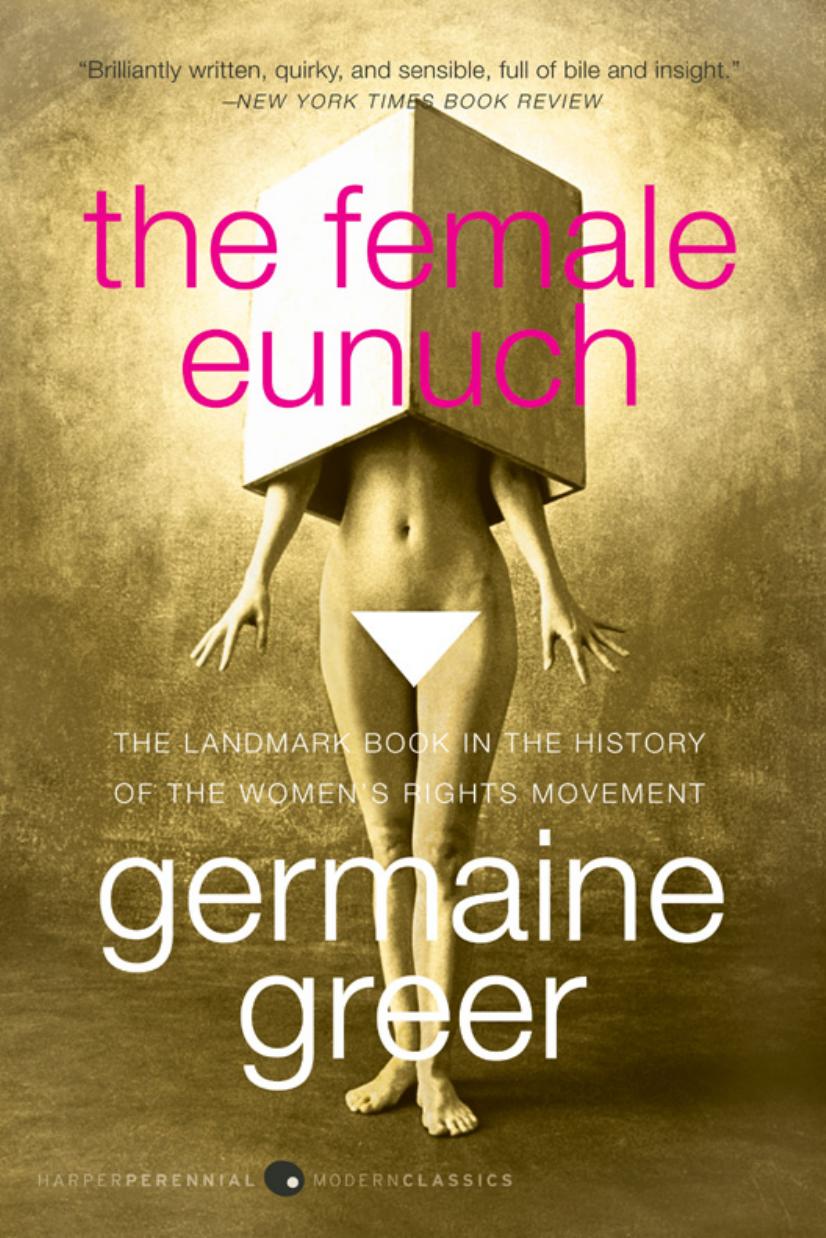
Probably the most famous, most widely read book on feminism ever and a worldwide bestseller,
The Female Eunuch is a landmark in the history of the women’s movement. Drawing liberally from history, literature and popular culture, past and present, Germaine Greer’s searing examination of women’s oppression is at once an important social commentary and a passionately argued masterpiece of polemic.
62. The Feminine Mystique by Betty Friedan (1963)
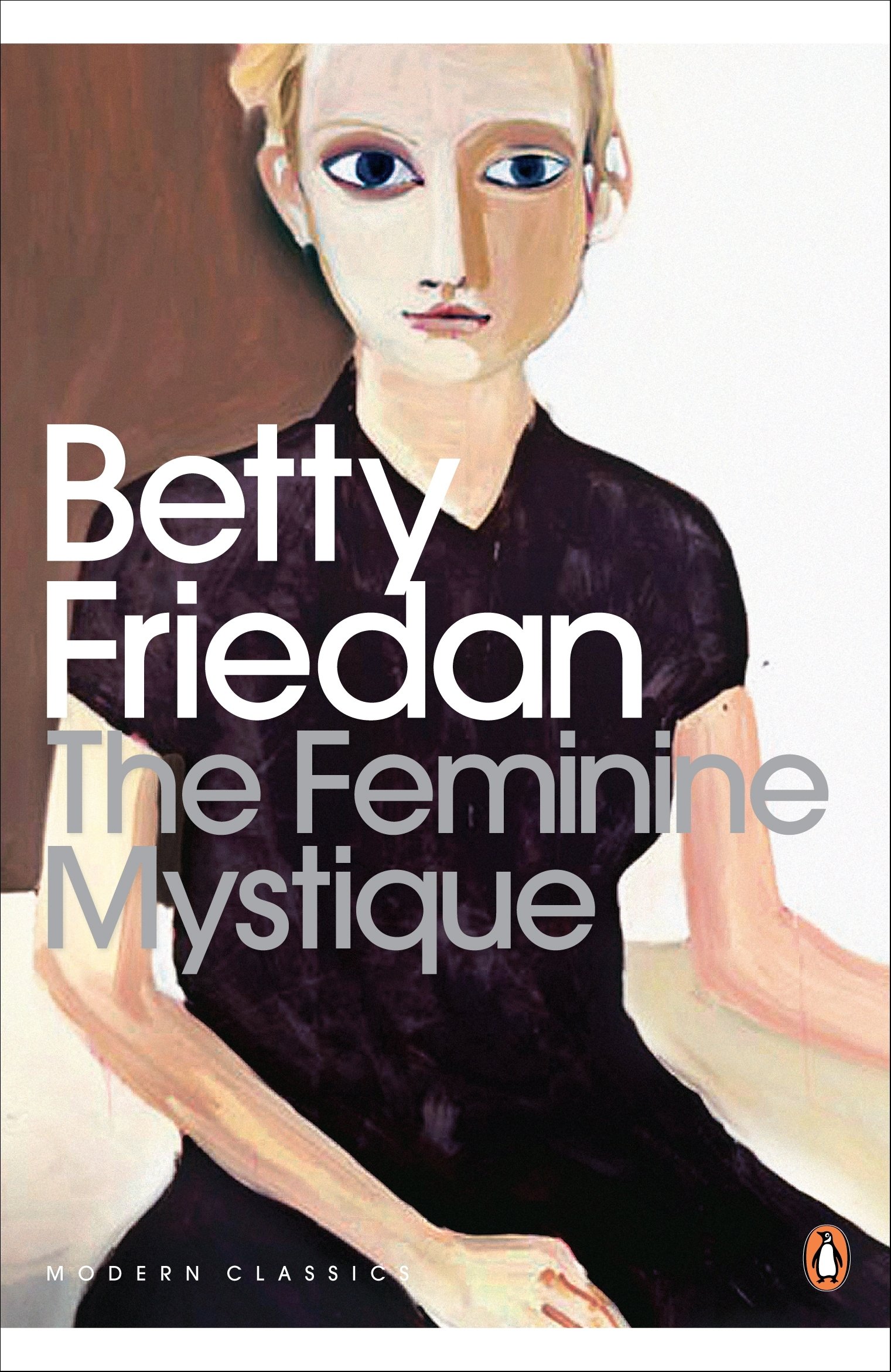
This groundbreaking work remains just as powerful, important and true today, as when it was written in 1963. Friedan saw her female contemporaries as victims of a false belief system, following strict social convention, forced to seek meaning in their lives only through a family and a home. Friedan's controversial book would ultimately set Second Wave feminism in motion and begin the battle for equality.
63. The Fountain Overflows by Rebecca West (1956)
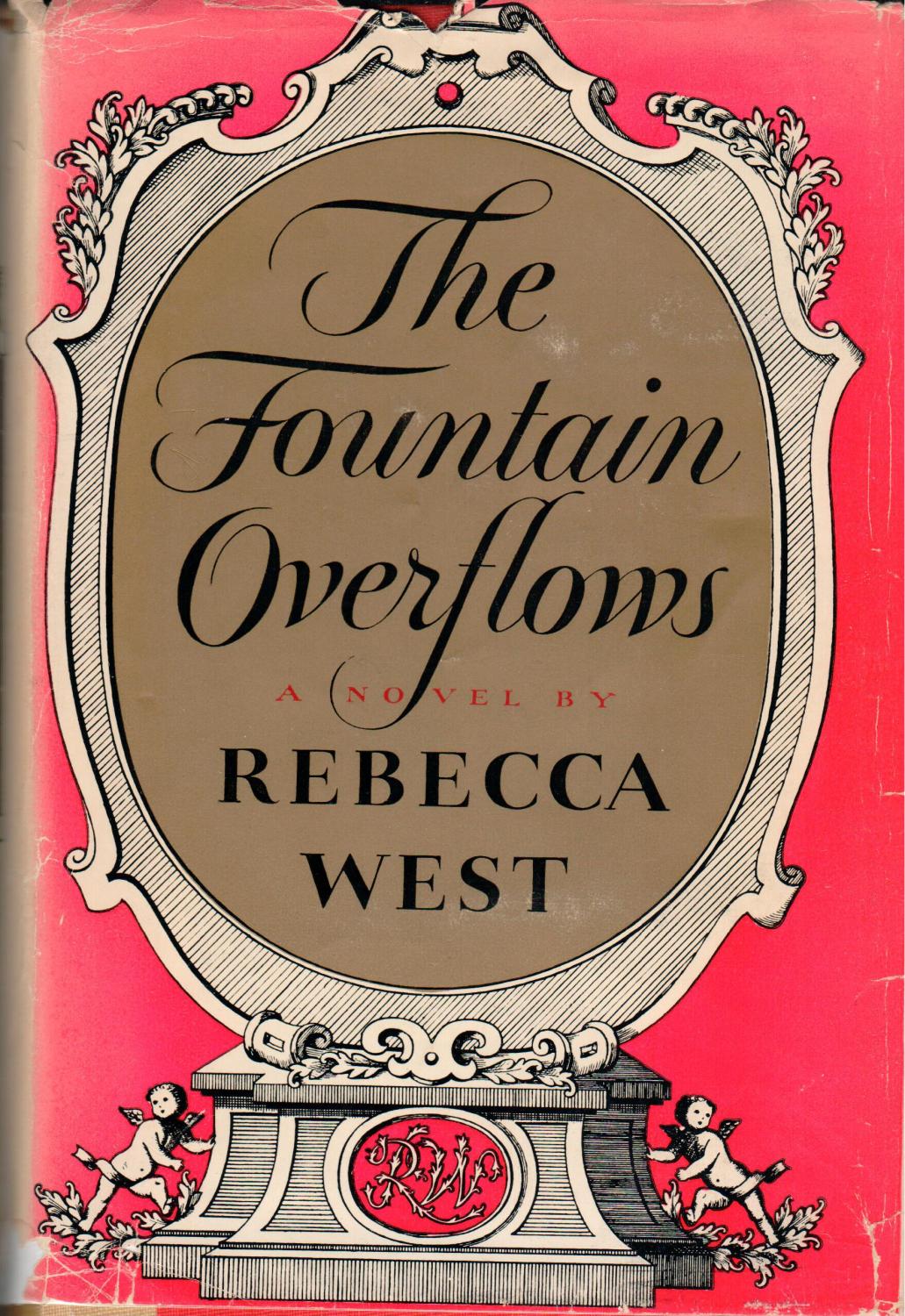
Rose Aubrey is one of a family of four children. Their father, Piers, is the disgraced son of an Irish landowning family. His Scottish wife, Clare, is an artist, a tower of strength, fanatically devoted to a musical future for her daughters. This is the story of their life in London, a life threatened by Piers' streak of tragic folly which keeps them on the verge of financial ruin and social disgrace.
64. The Glass Castle by Jeannette Walls (2005)
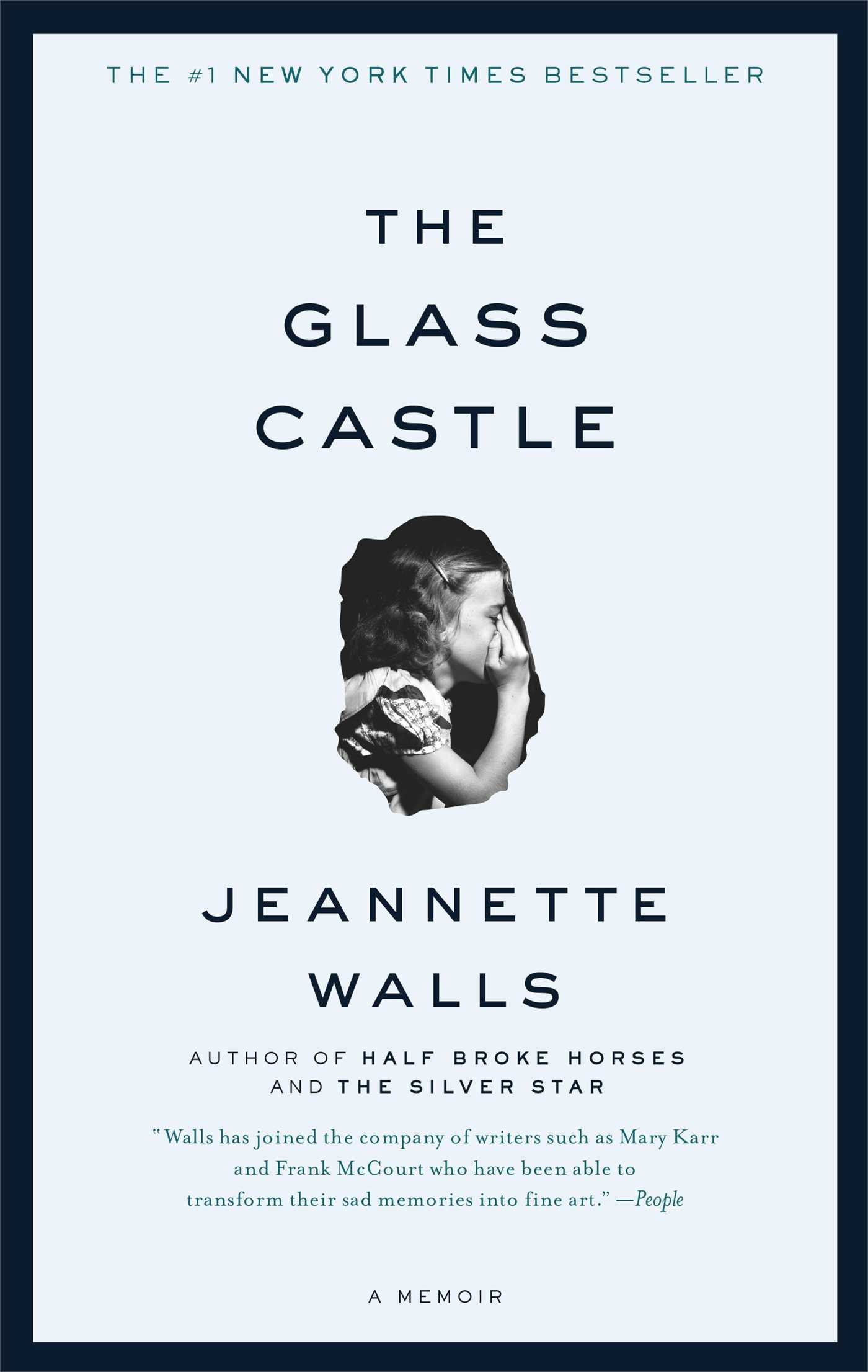
A New York Times bestseller, this is a startling memoir of a successful journalist's journey from the deserted and dusty mining towns of the American Southwest, to an antique filled apartment on Park Avenue. Jeanette Walls narrates her nomadic and adventurous childhood with her dreaming, 'brilliant' but alcoholic parents.
65. The God of Small Things by Arundhati Roy (1997)
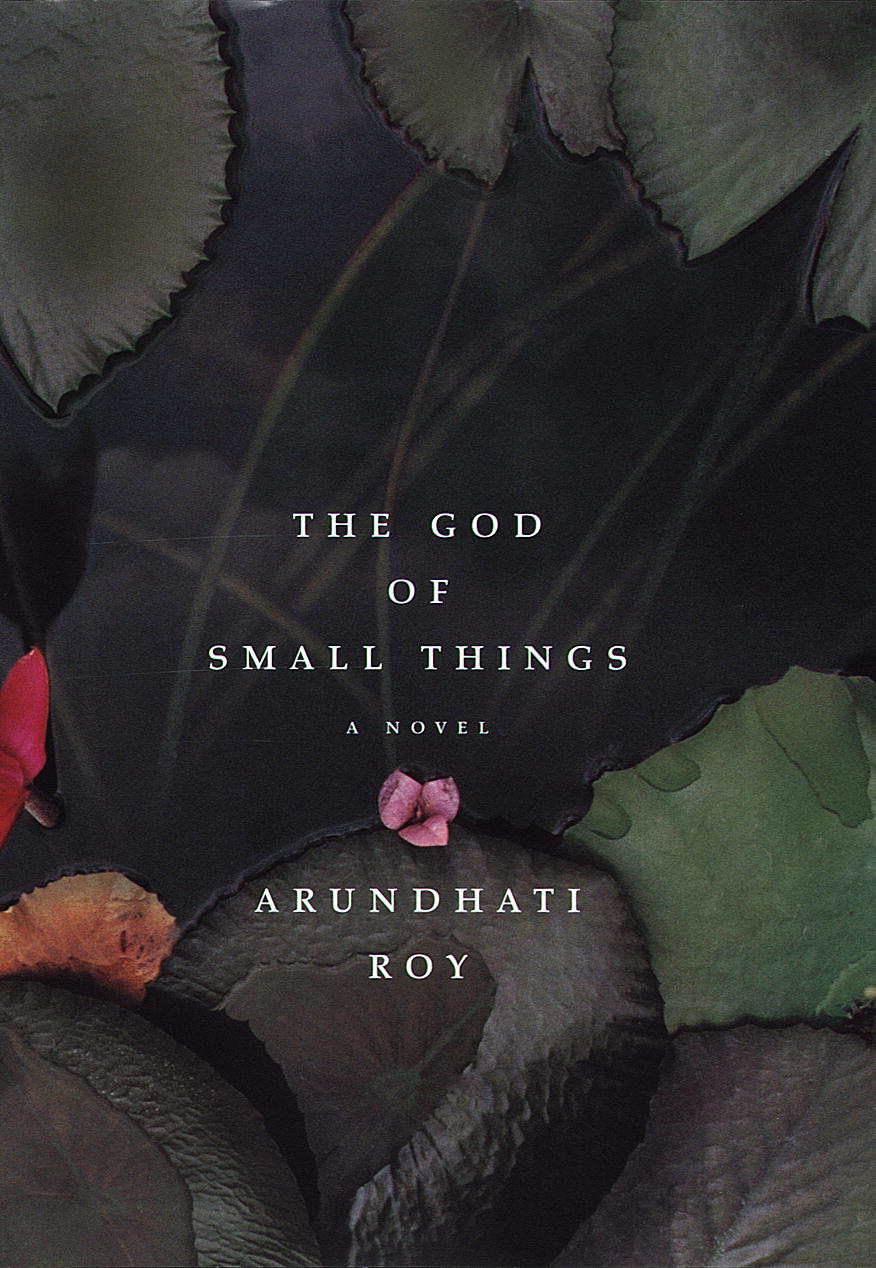
Arundhati Roy's Booker Prize-winning novel is a story anchored to anguish but fuelled by wit and magic. This is the story of Rahel and Estha, twins growing up among the banana vats and peppercorns of their blind grandmother's factory, and amid scenes of political turbulence in Kerala. Armed only with the innocence of youth, they fashion a childhood in the shade of the wreck that is their family.
66. The Golden Notebook by Doris Lessing (1962)
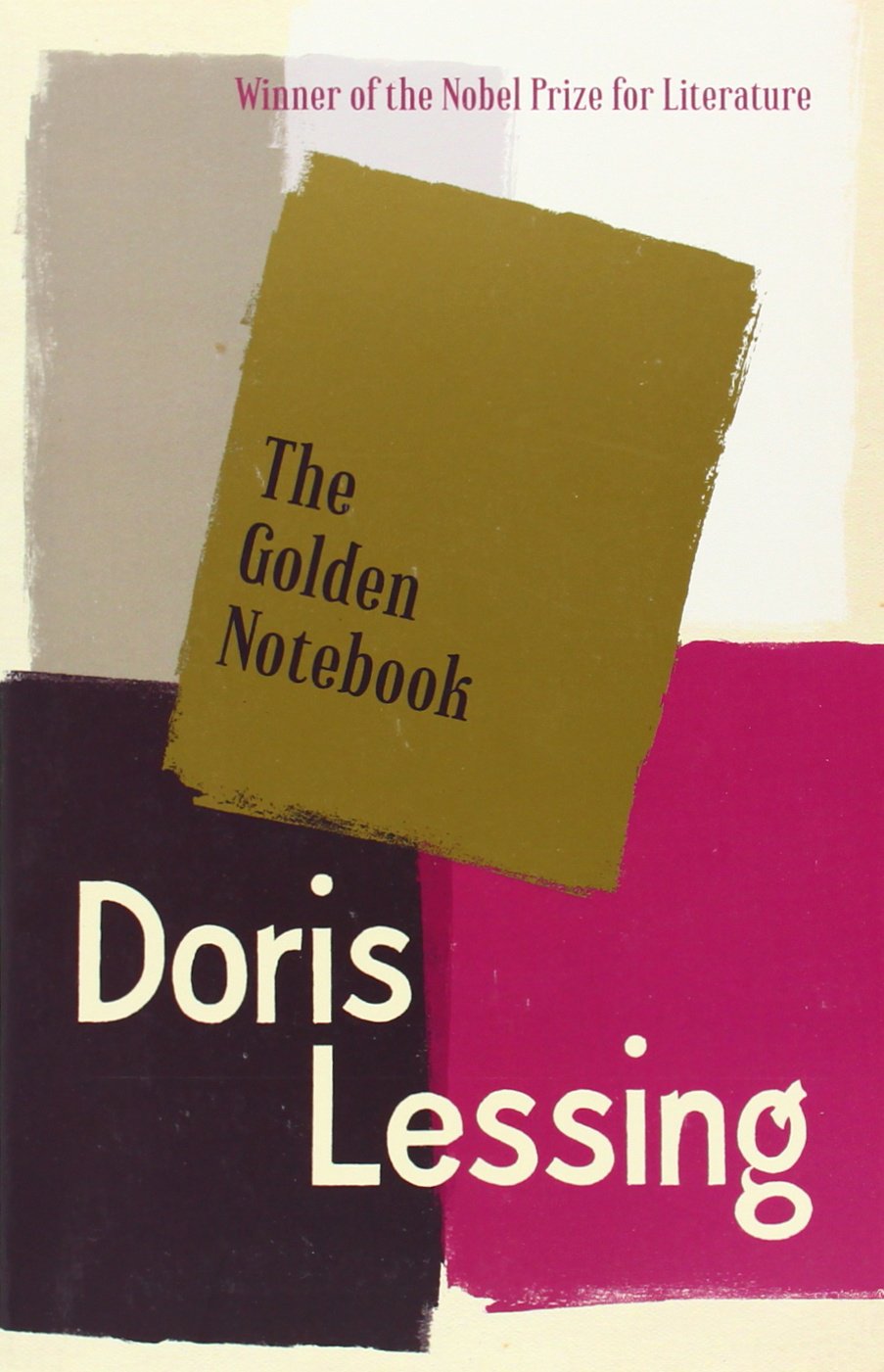
This is powerful account of a woman searching for her personal, political and professional identity while facing rejection and betrayal. In 1950s London, novelist Anna Wulf struggles with writer’s block. Divorced with a young child, and fearful of going mad, Anna records her experiences in four coloured notebooks: black for her writing life, red for political views, yellow for emotions, blue for everyday events. But it is a fifth notebook – the golden notebook – that finally pulls these wayward strands of her life together.
67. The Gruffalo by Julia Donaldson (1999)
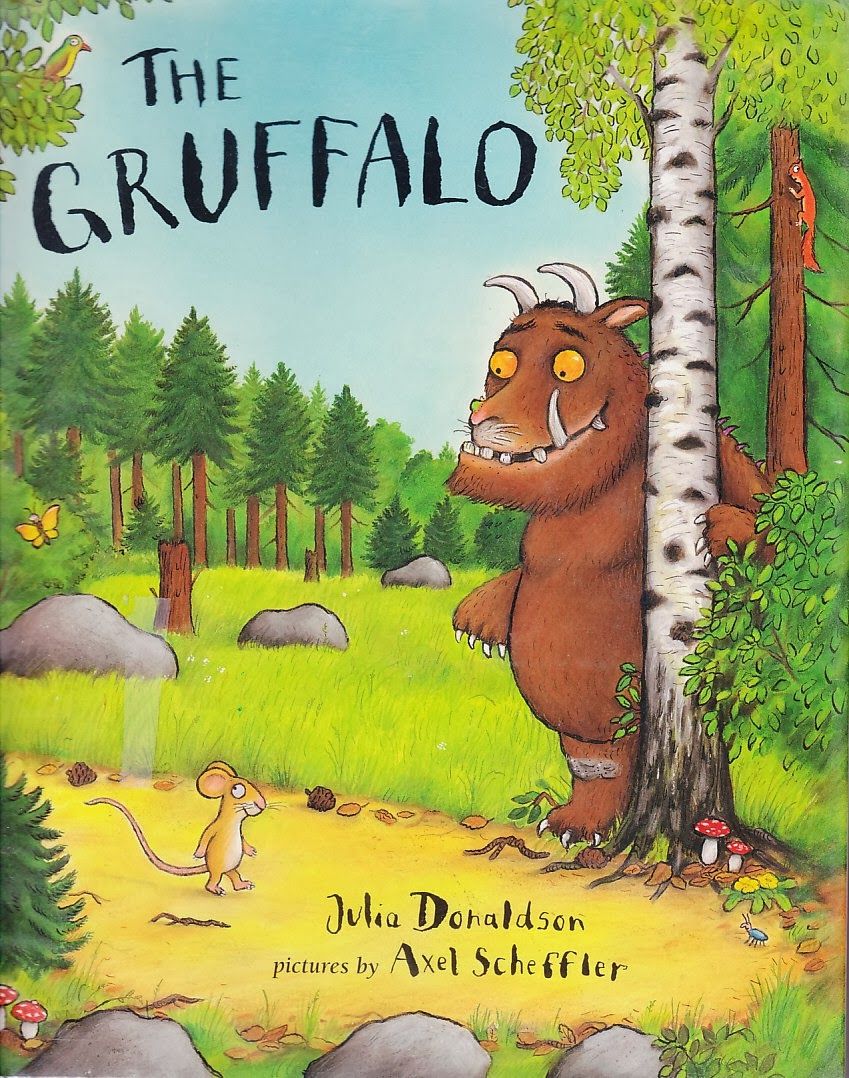
This is powerful account of a woman searching for her personal, political and professional identity while facing rejection and betrayal. In 1950s London, novelist Anna Wulf struggles with writer’s block. Divorced with a young child, and fearful of going mad, Anna records her experiences in four coloured notebooks: black for her writing life, red for political views, yellow for emotions, blue for everyday events. But it is a fifth notebook – the golden notebook – that finally pulls these wayward strands of her life together.
68. The Handmaid’s Tale by Margaret Atwood (1985)
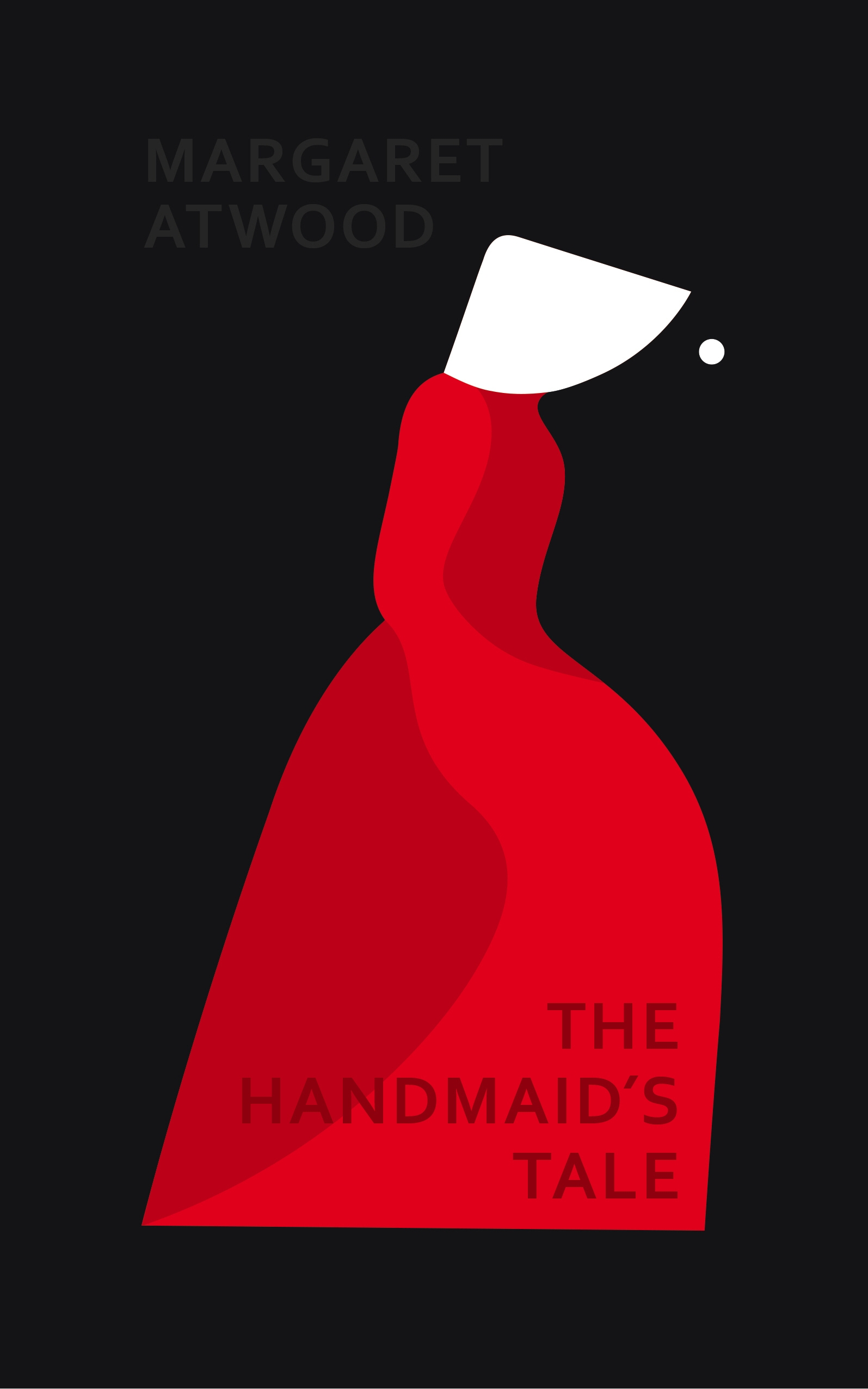
Offred is a Handmaid in The Republic of Gilead, a religious totalitarian state in what was formerly known as the United States. She has only one function: to breed. If Offred refuses to enter into sexual servitude to repopulate a devastated world, she will be hanged. Yet even a repressive state cannot eradicate hope and desire.
69. The Haunting of Hill House by Shirley Jackson (1959)
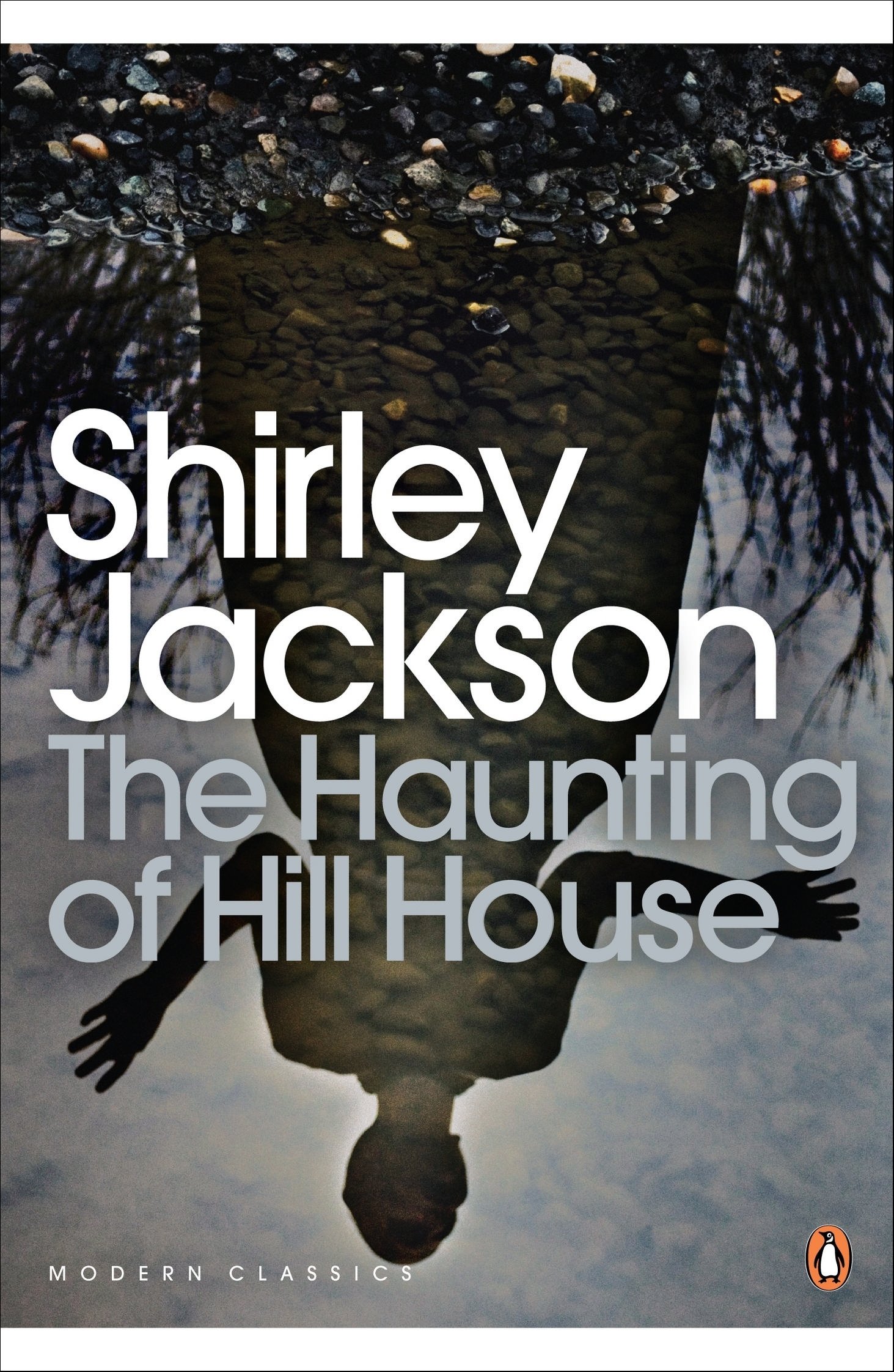
A chilling story of the power of fear. Four seekers have arrived at the rambling old pile known as Hill House: Dr. Montague, an occult scholar looking for solid evidence of psychic phenomena; Theodora, his assistant; Luke, the future inheritor of the estate; and Eleanor, a fragile young woman with a dark past. As they begin to cope with horrifying occurrences, they cannot possibly know what lies ahead.
70. The House of the Spirits by Isabel Allende (1982)
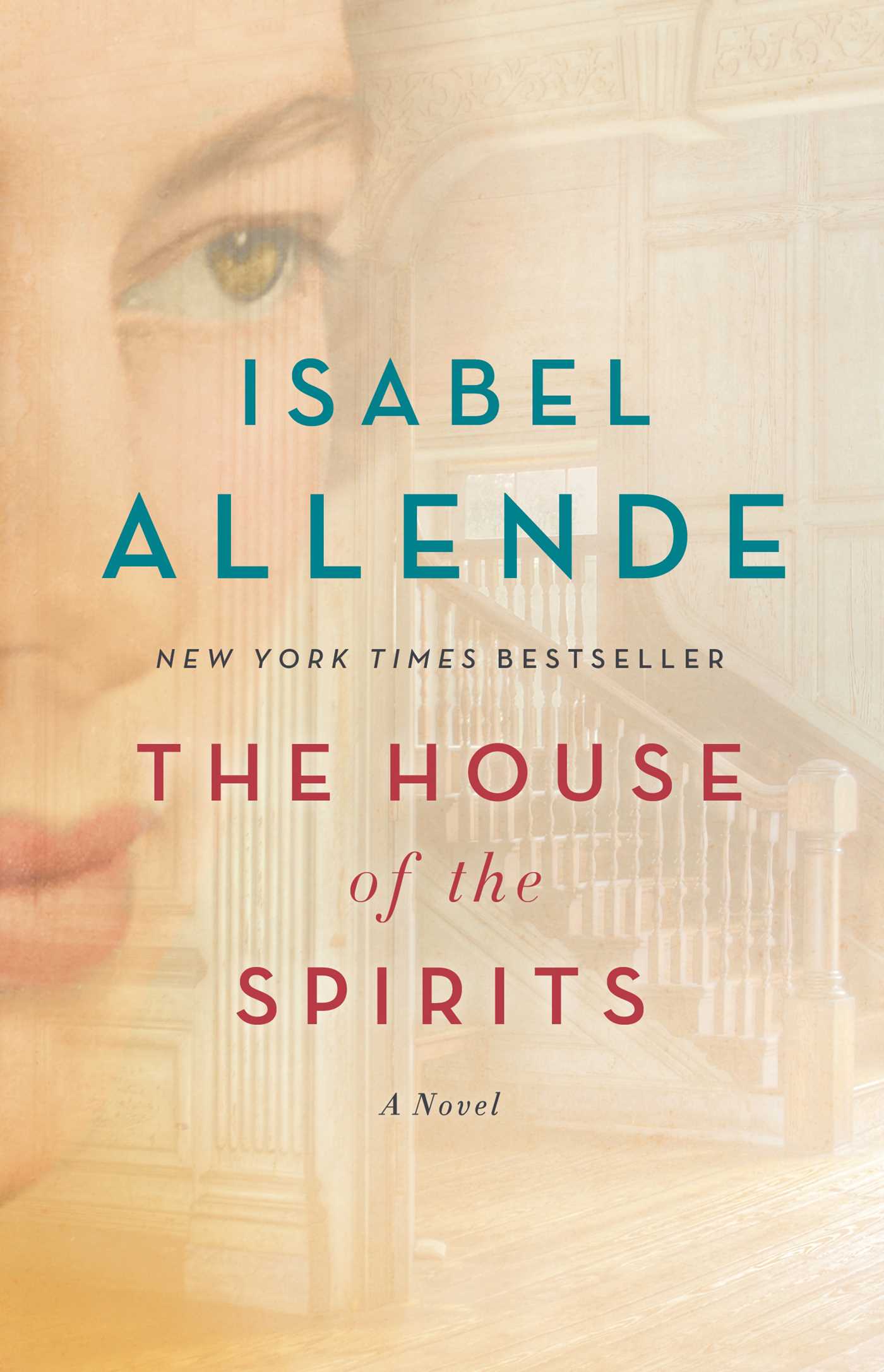
Spanning four generations, Isabel Allende's magnificent family saga is populated by a memorable, often eccentric cast of characters. Together, men and women, spirits, the forces of nature, and of history, converge in an unforgettable, wholly absorbing and brilliantly realised novel.
71. The Human Condition by Hannah Arendt (1958)
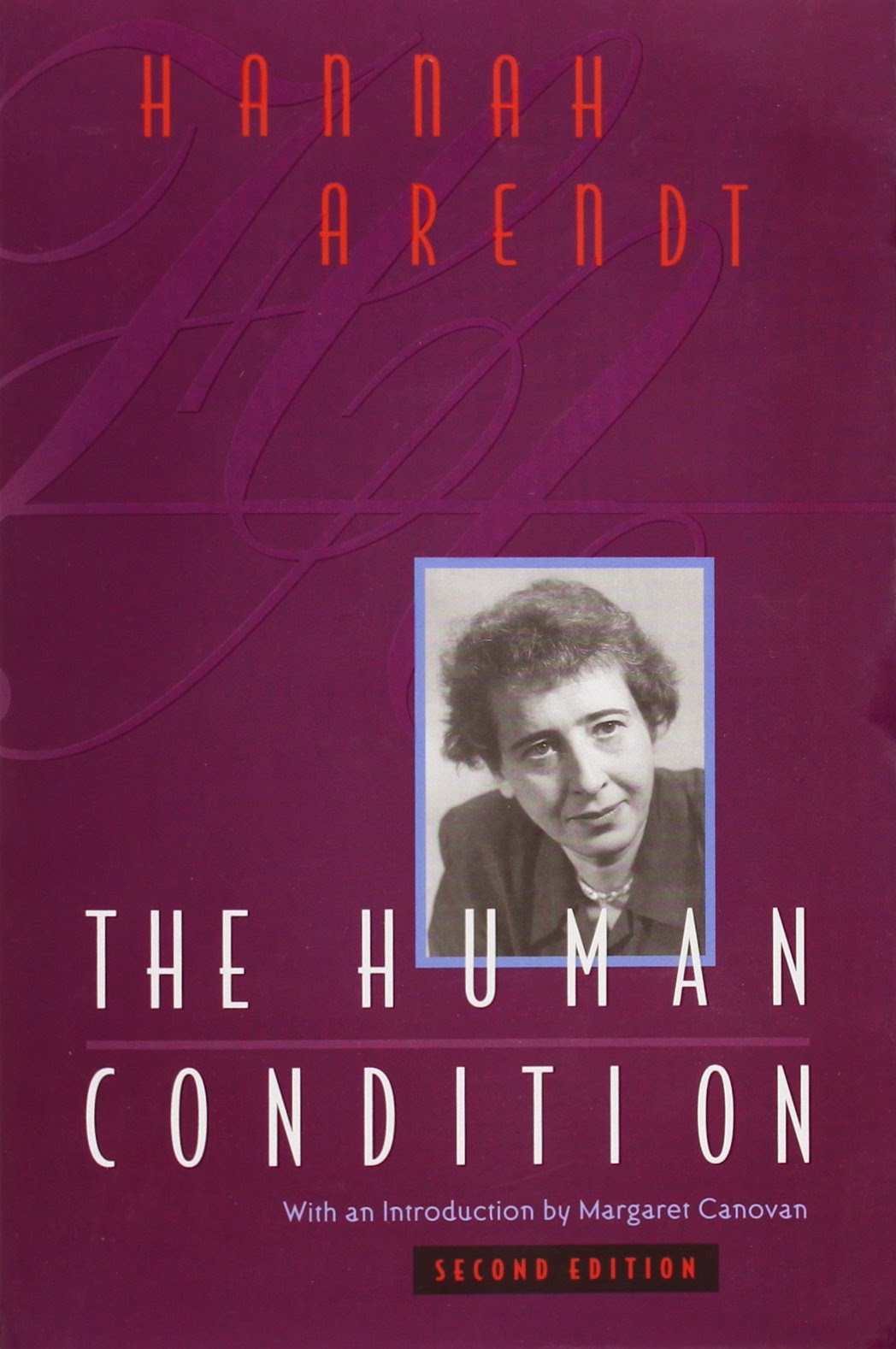
In her study of the state of modern humanity, Hannah Arendt considers humankind from the perspective of the actions of which it is capable. The problems Arendt identified in 1958 - diminishing human agency and political freedom, the paradox that as human powers increase through technological and humanistic inquiry, we are less equipped to control the consequences of our actions-continue to confront us today.
72. The Illustrated Mum by Jacqueline Wilson (2003)
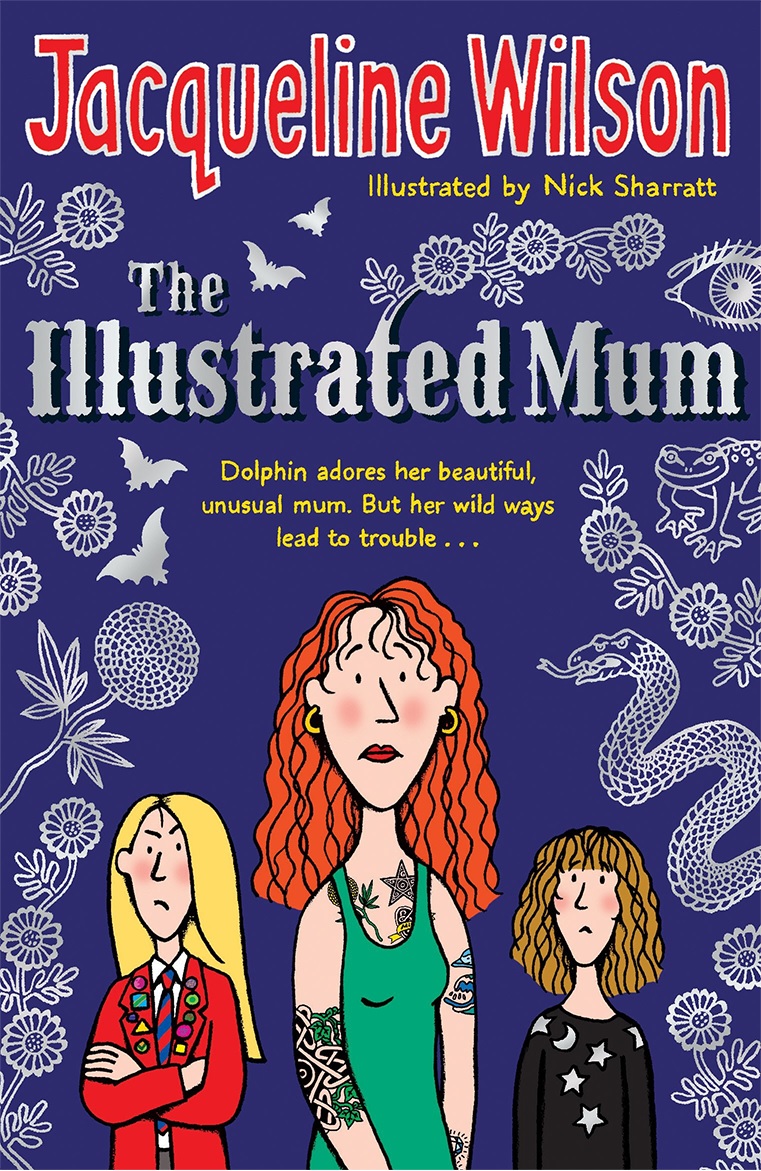
Dolphin adores Marigold, her beautiful, vibrant mother. She’s not like the other mums. She has vivid tattoos all over her body, bright hair and wonderful clothes. But Dolphin’s sister, Star, feels differently. Marigold may look amazing, but living with her fiery, unpredictable moods can be hard. As much as the girls love Marigold, is she the right person to be looking after them?
73. The Land of Green Plums by Herta Muller (1994)
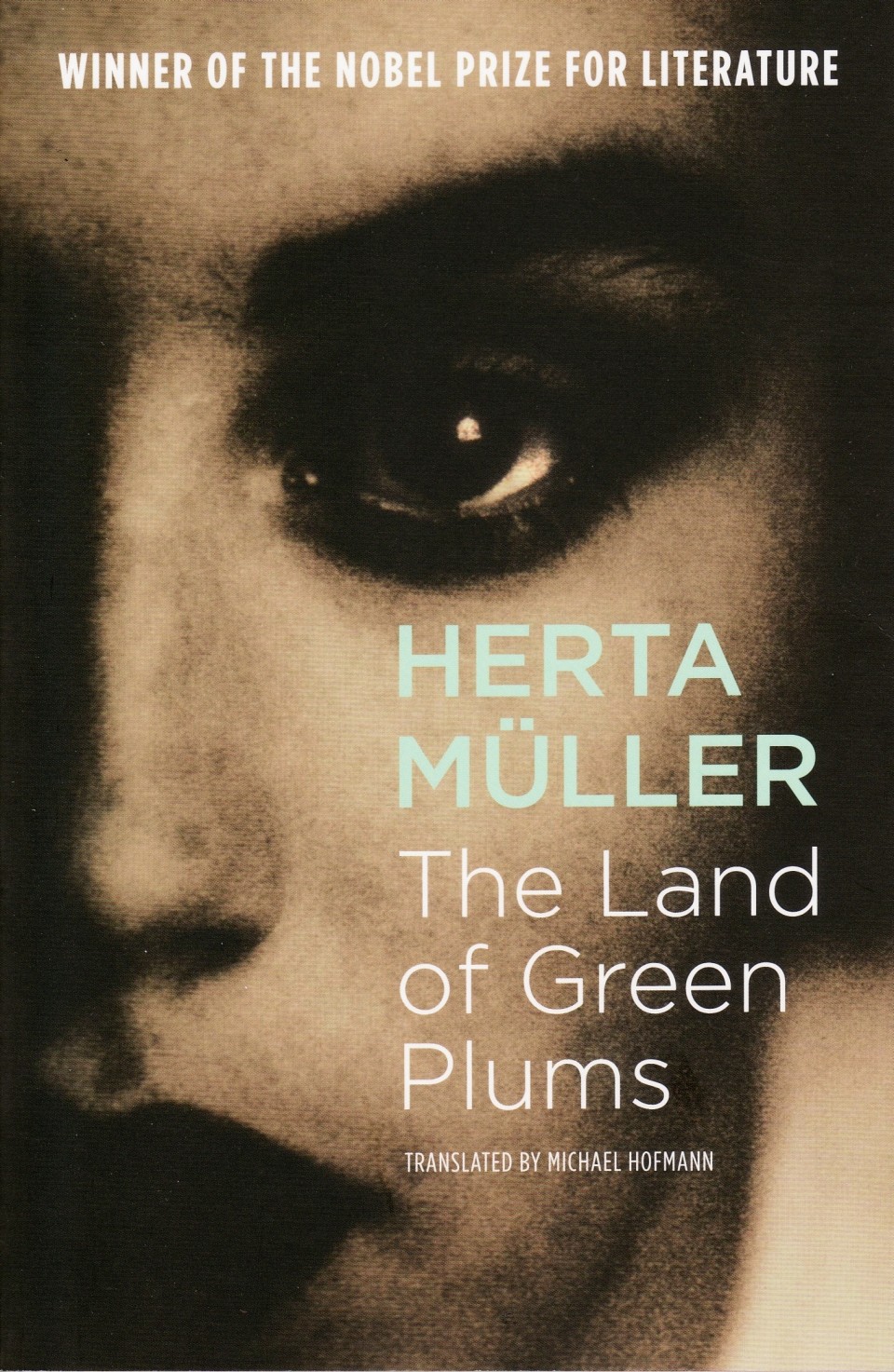
Herta Muller, winner of the 2009 Nobel Prize in Literature, set this book in Romania at the height of Ceausescu's reign of terror. It tells the story of a group of young students, each of whom has left the impoverished provinces in search of better prospects in the city and is a profound illustration of a totalitarian state which comes to inhabit every aspect of life; to the extent that everyone, event the strongest, must either bend to the oppressors, or resist them and perish.
74. The Left Hand of Darkness by Ursula K. Le Guin (1969)
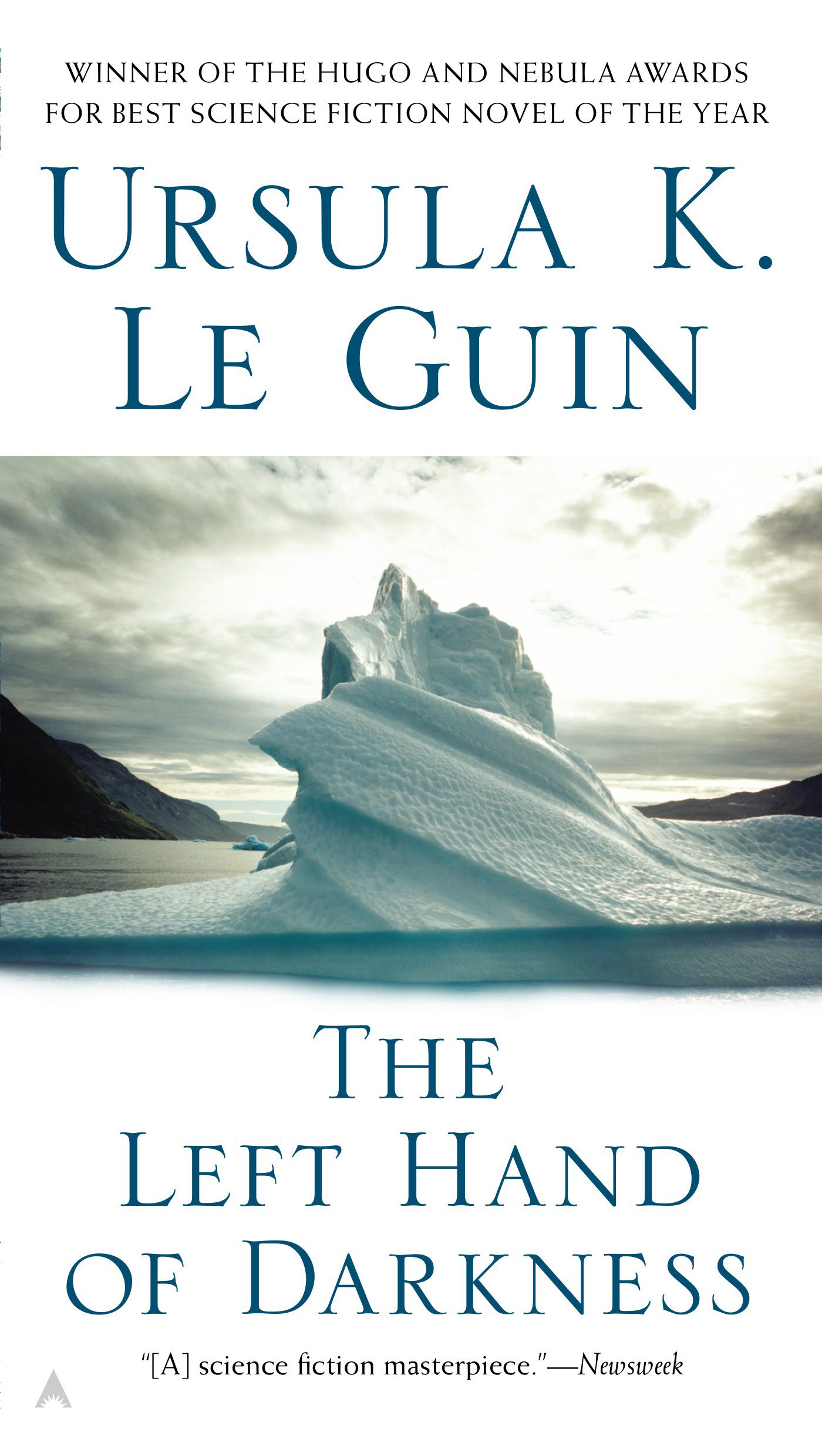
Genly Ai is an ethnologist observing the people of the planet Gethen, a world perpetually in winter. The people there are androgynous, normally neuter, but they can become male or female at the peak of their sexual cycle. Genly Ai is drawn into the complex politics of the planet and, during a long journey across the ice with a politician who has been outcast, he loses his professional detachment and reaches a painful understanding of the true nature of Gethenians.
75. The Moomins and the Great Flood by Tove Jansson (1945)
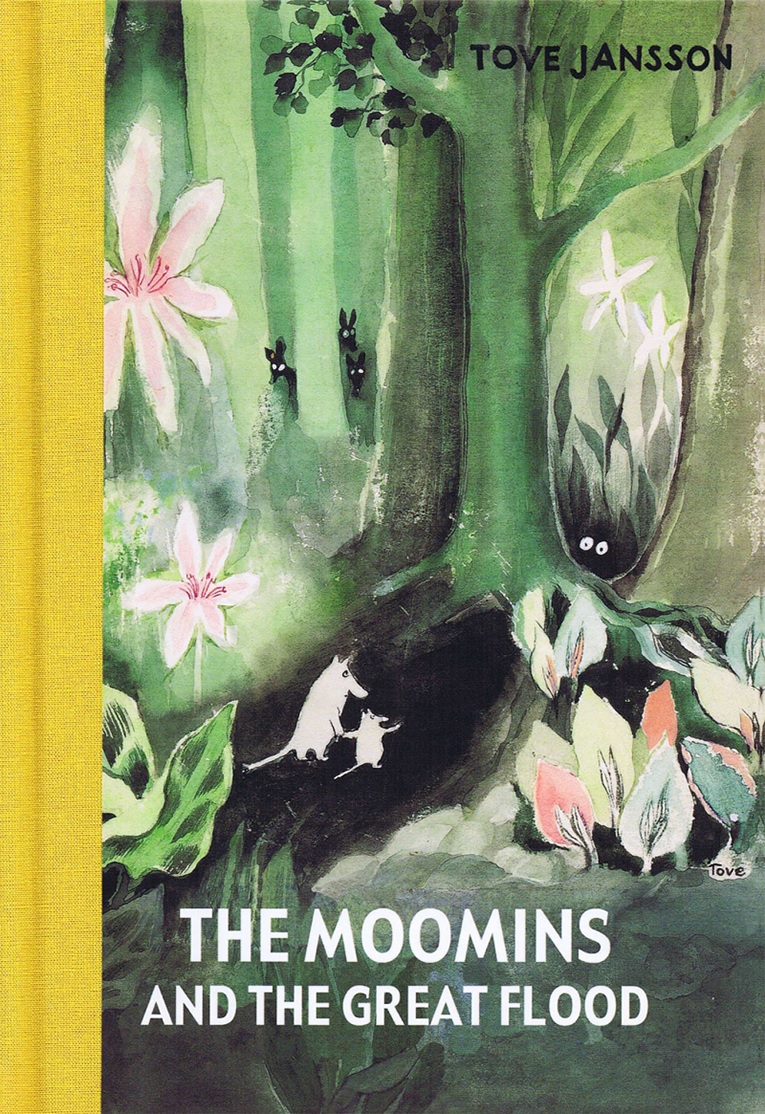
Moominmamma and young Moomintroll search for the long lost Moominpappa through forest and flood, meeting a little creature (an early Sniff) and the elegantly strange Tulippa along the way.
76. The Passion According to G.H. by Clarice Lispector (1964)
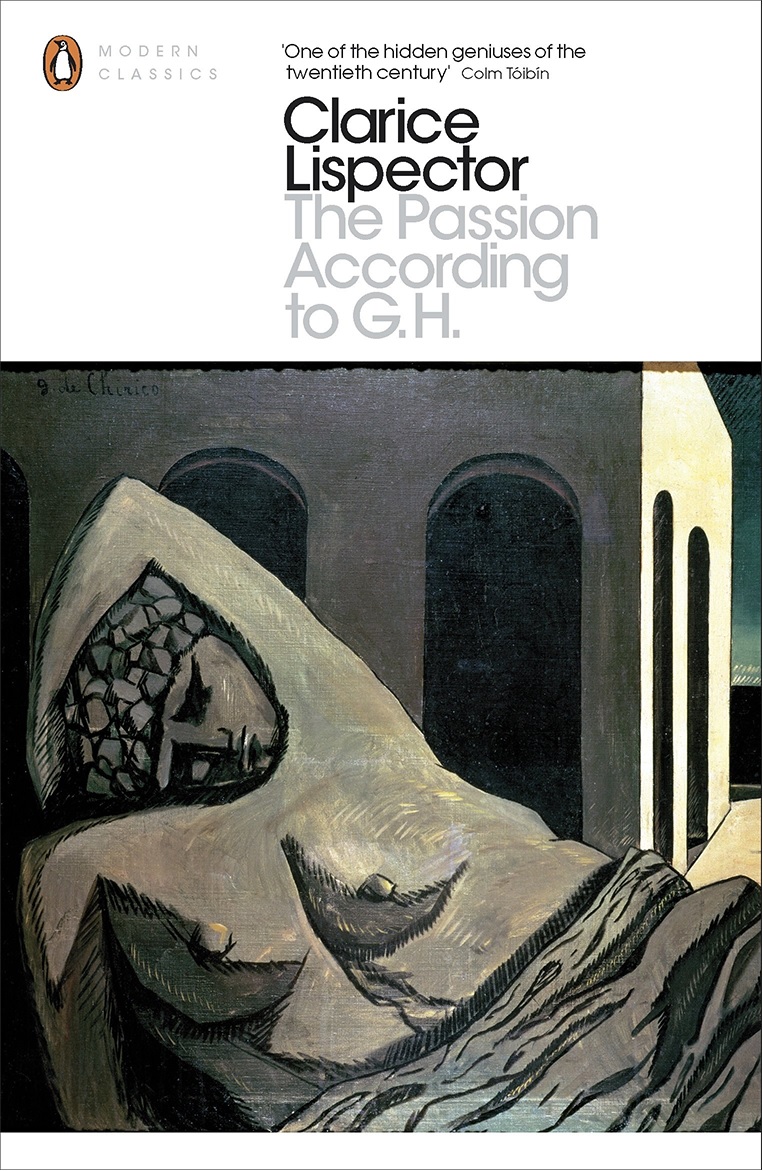
G.H., a well-to-do Rio sculptress, enters the room of her maid. There she sees a cockroach - black, dusty, prehistoric - crawling out of the wardrobe and, panicking, slams the door on it. Her irresistible fascination with the dying insect provokes a spiritual crisis, in which she questions her place in the universe and her very identity, propelling her towards an act of shocking transgression.
77. The Poisonwood Bible by Barbara Kingsolver (1998)
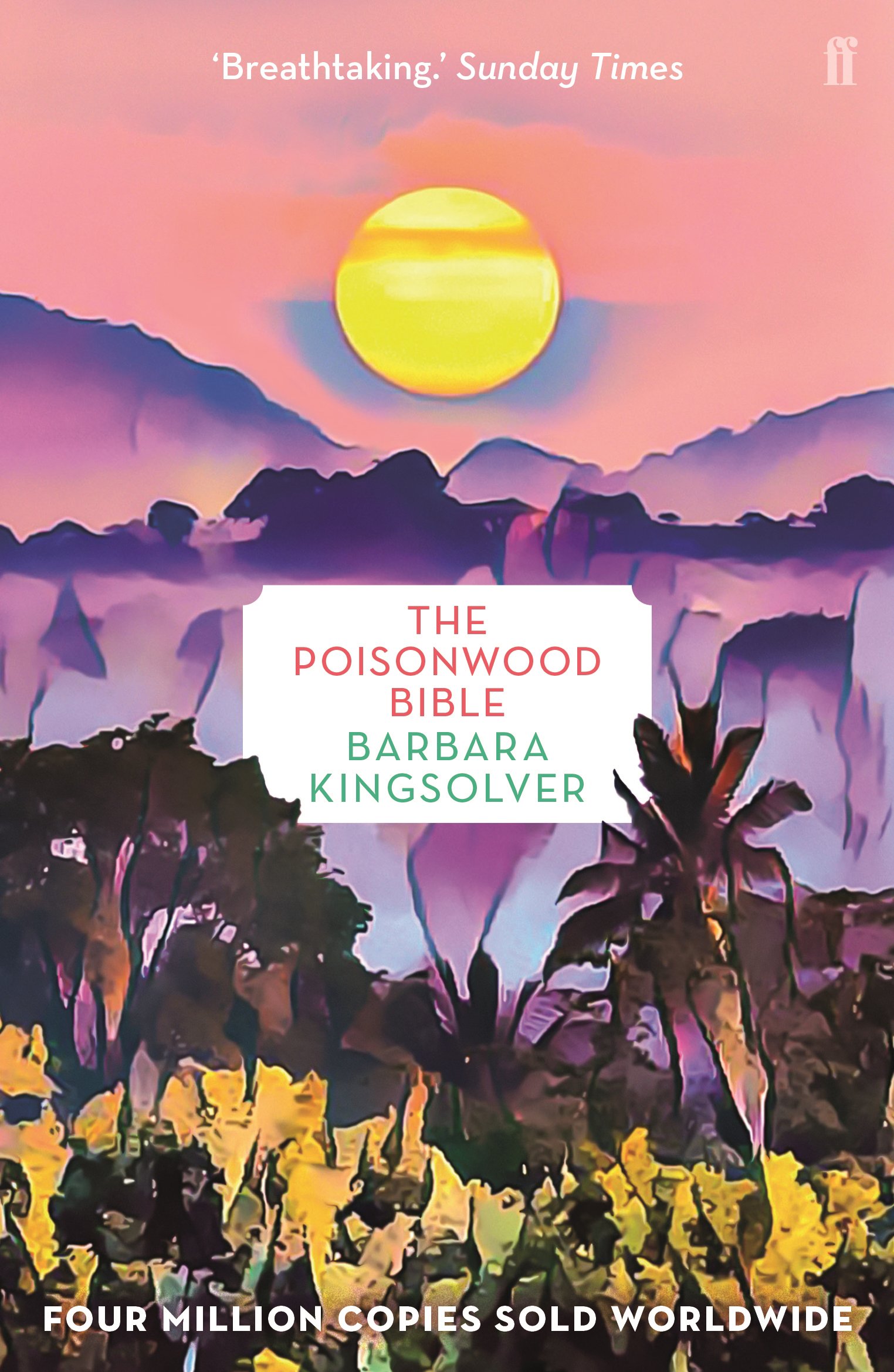
An international bestseller, this story is told by the wife and four daughters of Nathan Price, a fierce, evangelical Baptist who takes his family and mission to the Belgian Congo in 1959. They carry with them everything they believe they will need from home, but soon find that all of it - from garden seeds to Scripture - is calamitously transformed on African soil.
78. The Prime of Miss Jean Brodie by Muriel Spark (1961)
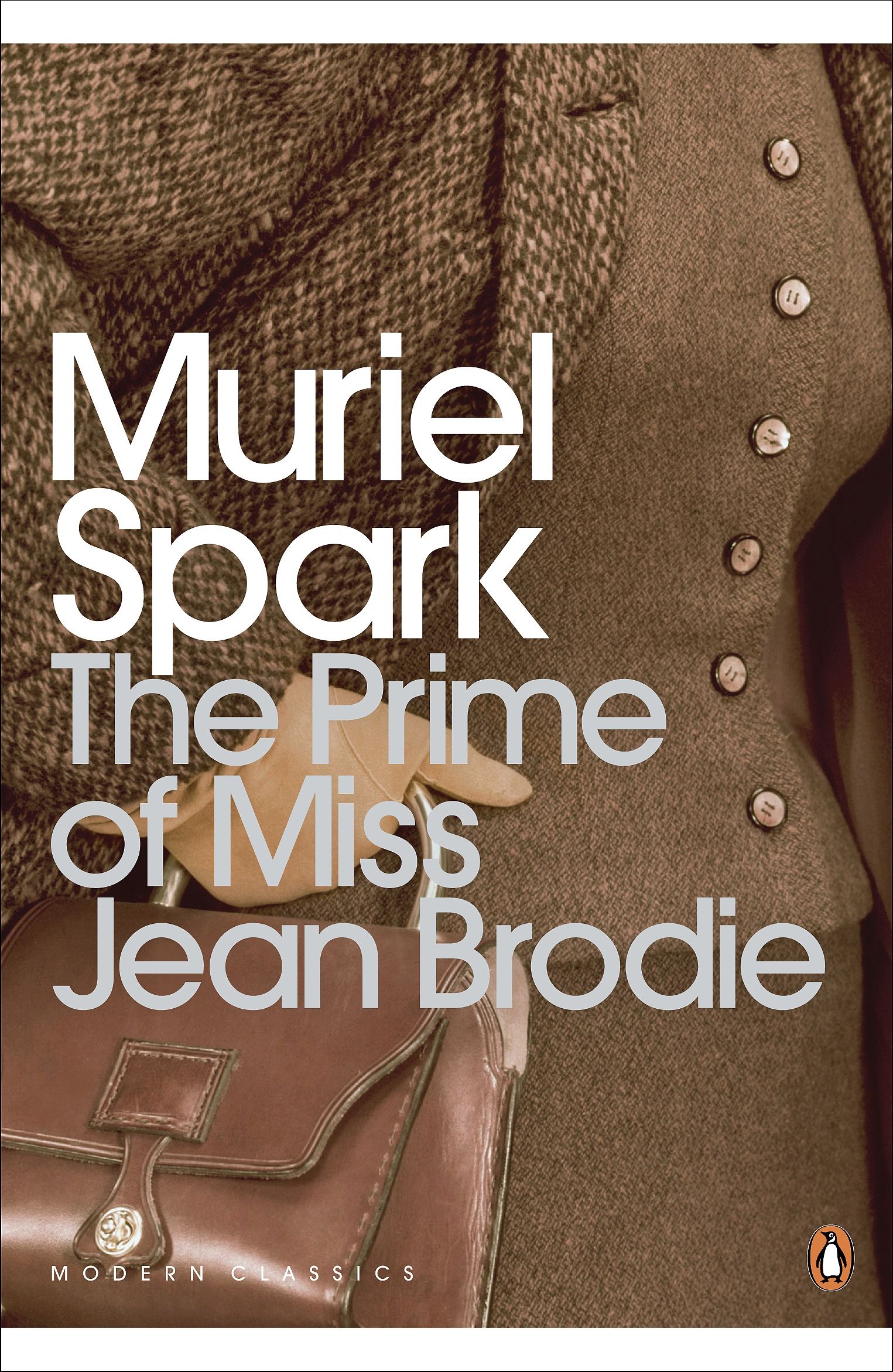
Romantic, heroic, comic and tragic, unconventional schoolmistress Jean Brodie has become an iconic figure in post-war fiction. Her glamour, unconventional ideas and manipulative charm hold dangerous sway over her girls at the Marcia Blaine Academy - 'the crème de la crème' - who become the Brodie 'set', introduced to a privileged world of adult games that they will never forget.
79. The Pursuit of Love by Nancy Mitford (1945)
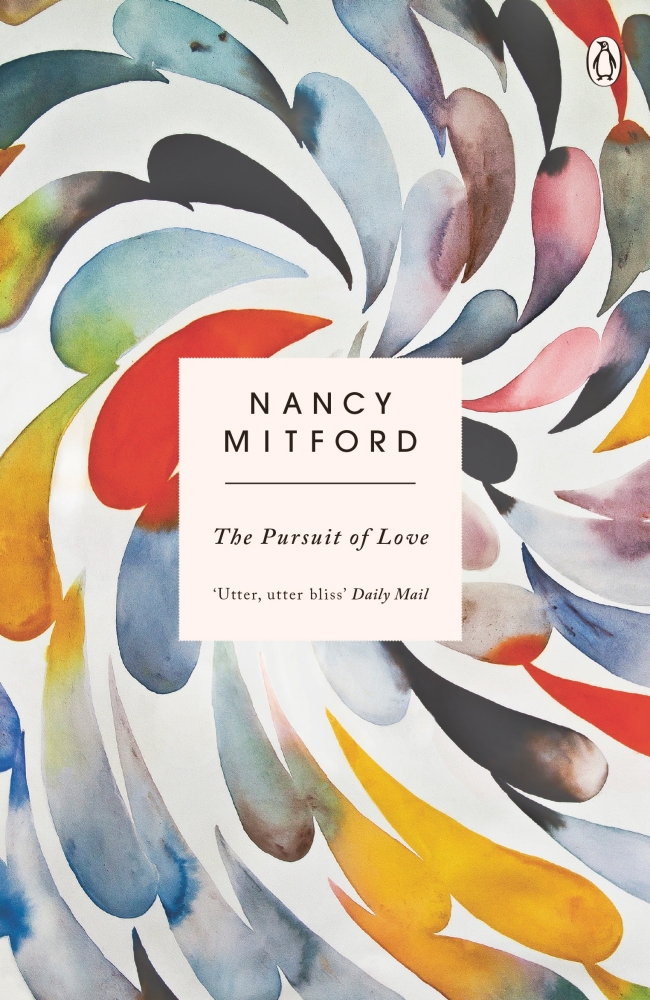
Longing for love, obsessed with weddings and sex, Linda and her sisters and cousin Fanny are on the lookout for the perfect lover. But finding Mr Right is much harder than any of the sisters had thought. Linda must suffer marriage first to a stuffy Tory MP and then to a handsome and humourless communist, before finding real love in war-torn Paris.
80. The Road Home by Rose Tremain (2007)
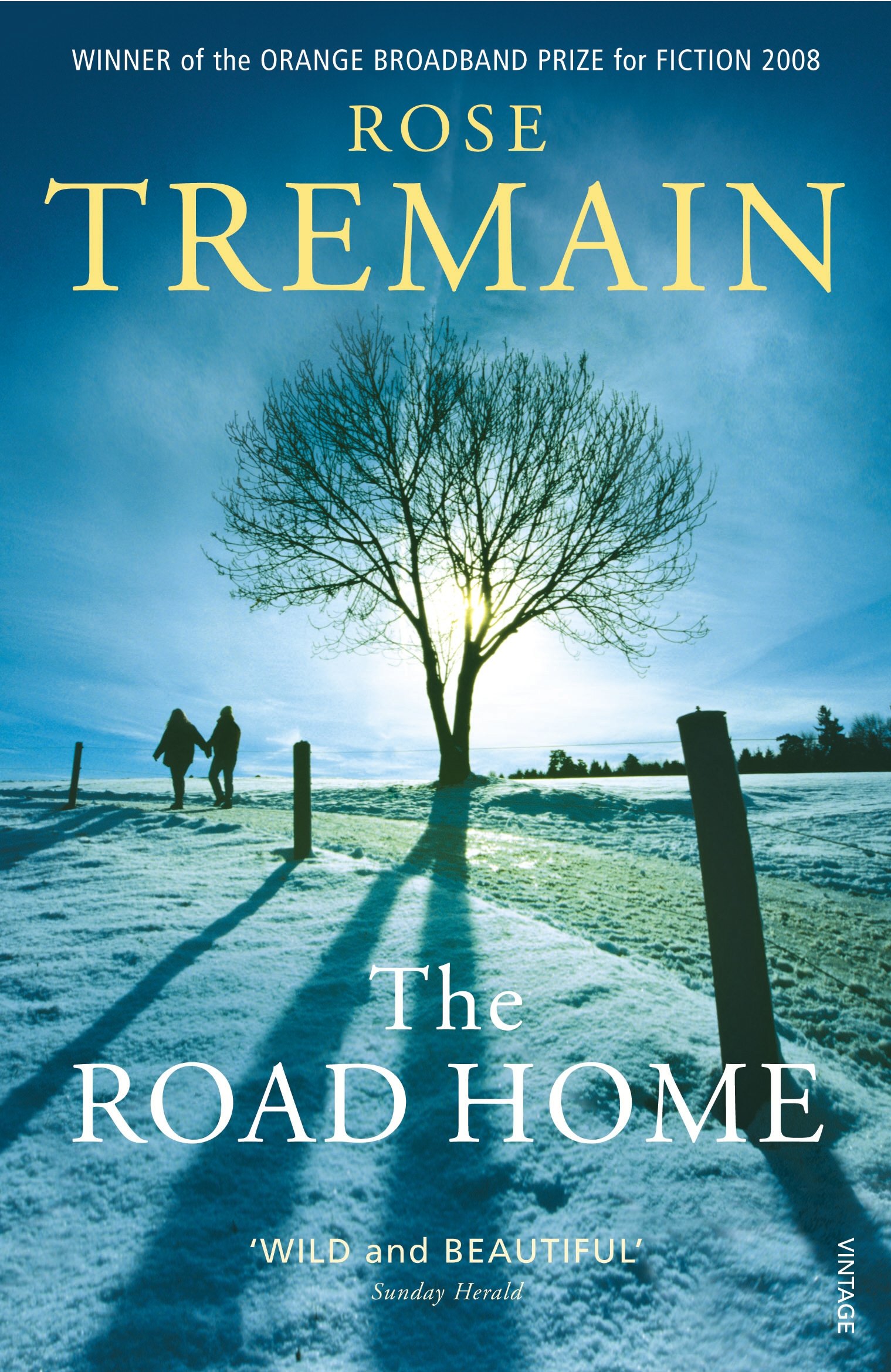
Lev is on his way from Eastern Europe to Britain, seeking work. Behind him loom the figures of his dead wife, his beloved young daughter and his outrageous friend Rudi. Ahead of Lev lies the deep strangeness of the British: their hostile streets, their clannish pubs, their obsession with celebrity. London holds out the alluring possibility of friendship, sex, money and a new career and, if Lev is lucky, a new sense of belonging.
81. The Second Sex by Simone de Beauvoir (1949)
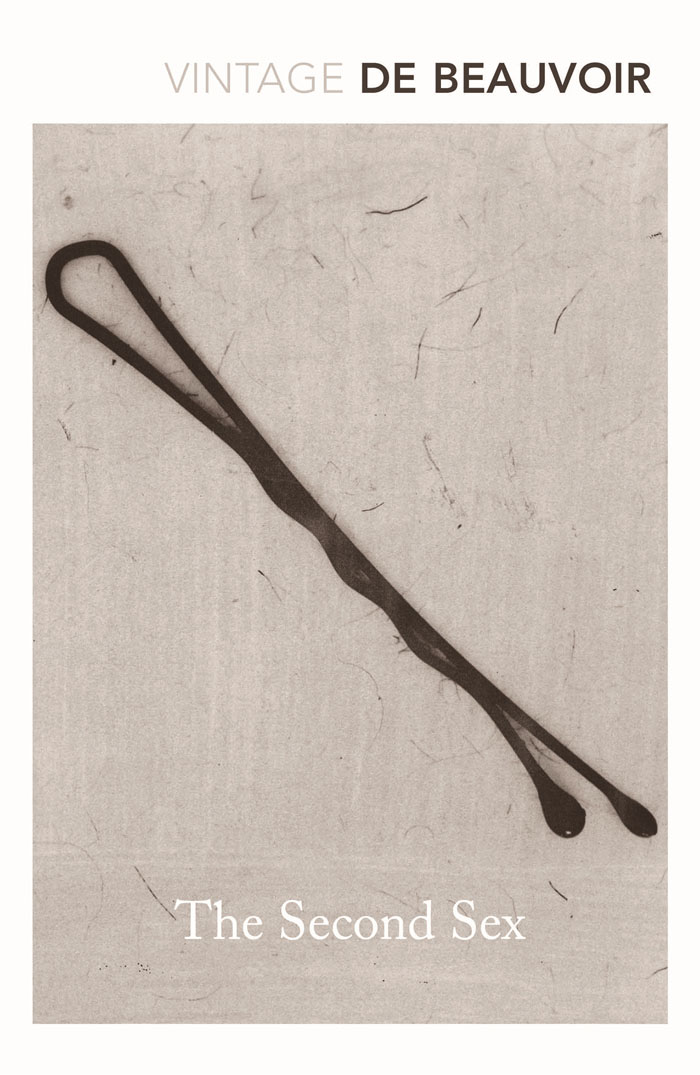
Simone de Beauvoir's groundbreaking study of women is at once a work of anthropology and sociology, of biology and psychoanalysis, from the pen of a writer and novelist of penetrating imaginative power.
The Second Sex stands, four decades after its first appearance, as the first landmark in the modern feminist upsurge that has transformed perceptions of the social relationship of man and womankind in our time.
82. The Secret Diary of Adrian Mole Aged 13 3/4 by Sue Townsend (1982)
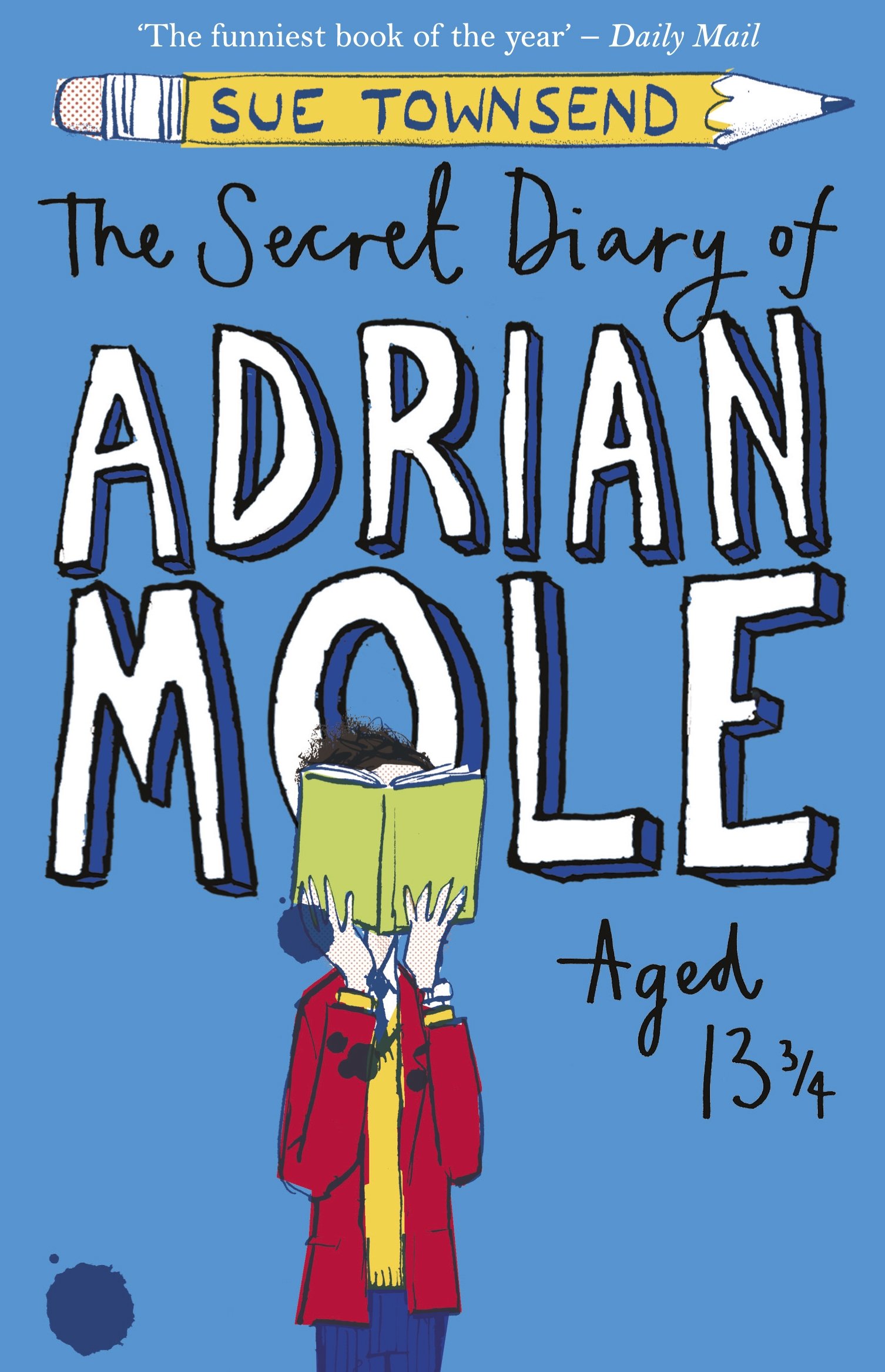
Meet Adrian Mole, a hapless teenager providing an unabashed, pimples-and-all glimpse into adolescent life. Writing candidly about his parents' marital troubles, the dog, his life as a tortured poet and 'misunderstood intellectual', Adrian's painfully honest diary is still hilarious and compelling reading thirty years after it first appeared.
83. The Secret History by Donna Tartt (1992)
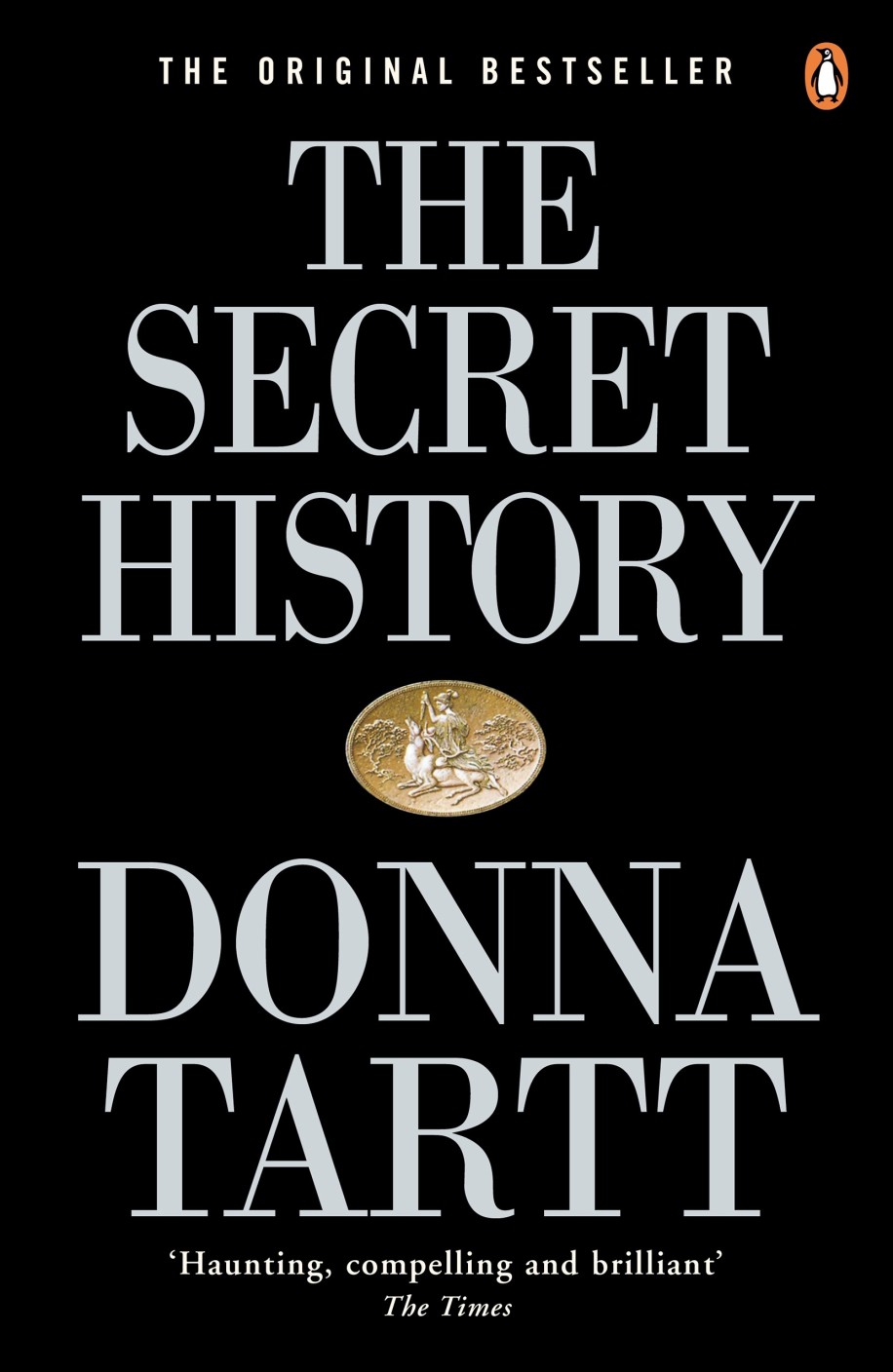
Under the influence of their charismatic classics professor, a group of clever, eccentric misfits at an elite New England college discover a way of thinking and living that is a world away from the humdrum existence of their contemporaries. But when they go beyond the boundaries of normal morality their lives are changed profoundly and for ever.
84. The Shock Doctrine by Naomi Klein (2007)
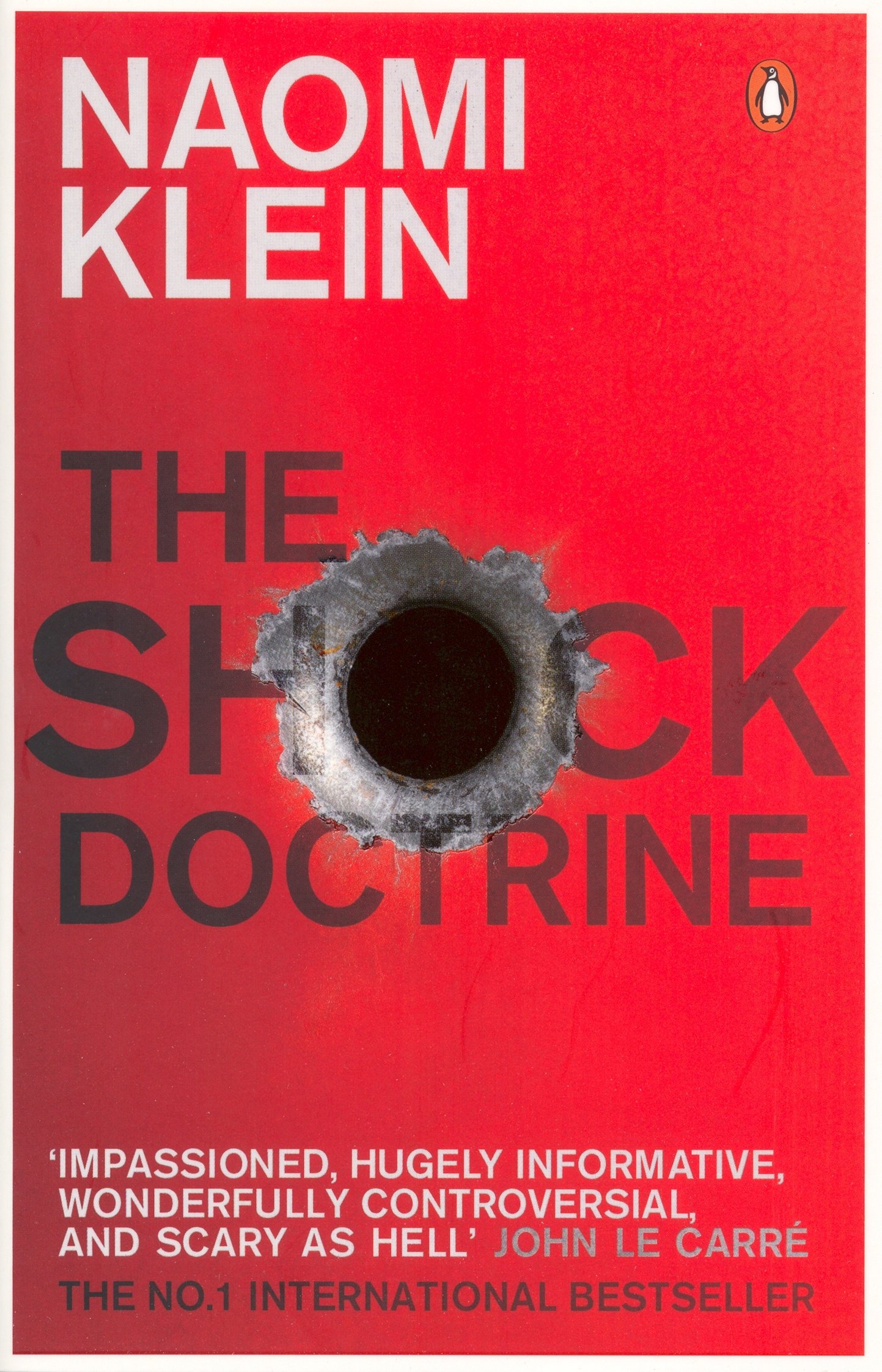
Around the world there are people with power who are cashing in on chaos; exploiting bloodshed and catastrophe to brutally remake the world in their image. They are the shock doctors. Exposing these global profiteers, Naomi Klein discovered shocking information and connections about how comprehensively the shock doctors' beliefs now dominate our world. This is the chilling tale of how a few are making a killing while more are getting killed.
85. The View Frome the Ground by Martha Gellhorn (1988)
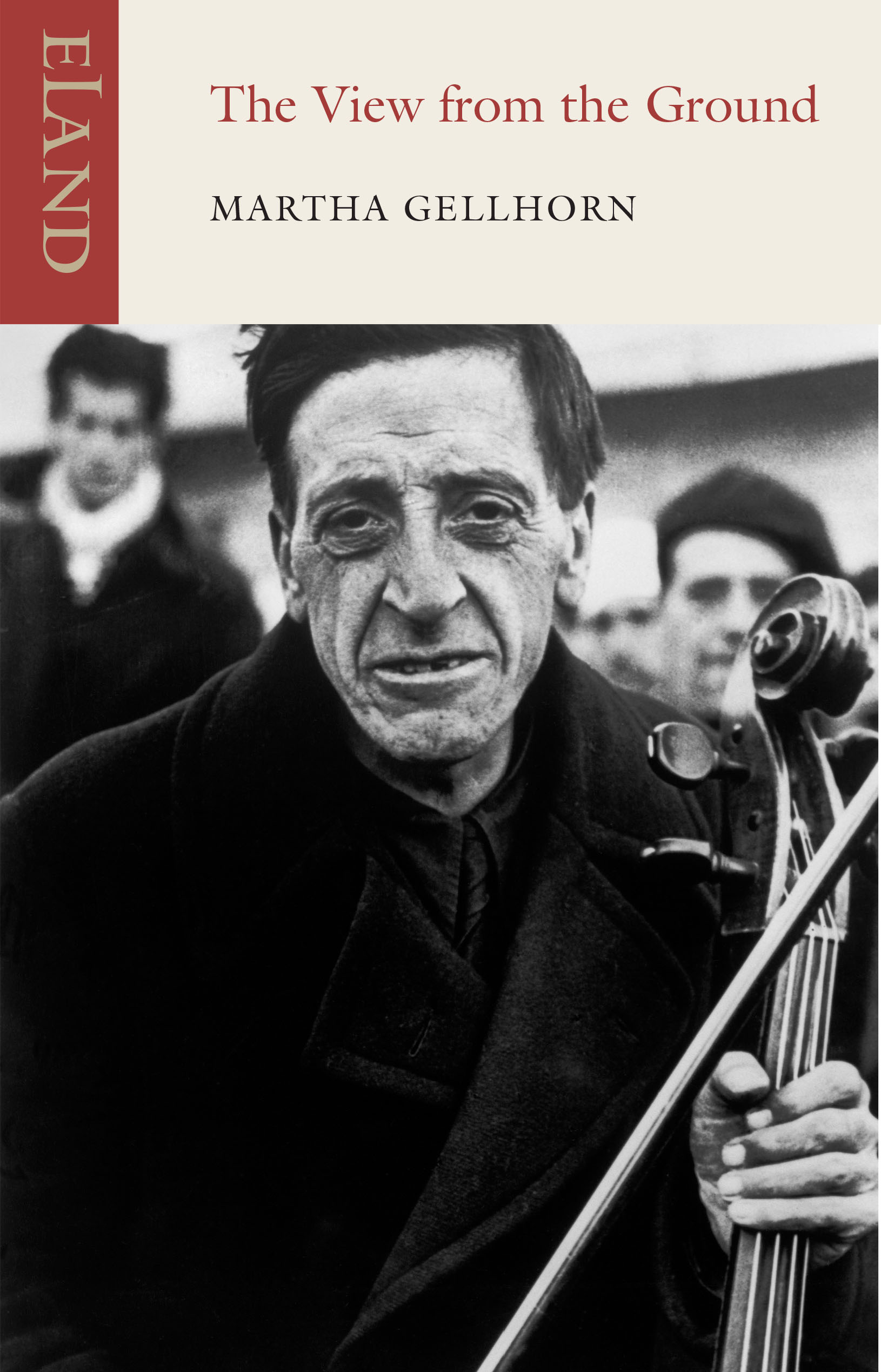
Martha Gellhorn's peacetime dispatches bear witness to six decades of change: America in the Great Depression, the betrayal of Czechoslovakia, young Poles undaunted by their Communist government, the trial of Adolf Eichmann, Spain in the days after Franco's death, Cuba revisited after 41 years. Here is history as it looked and felt to the people who lived through it.
86. The Year of Magical Thinking by Joan Didion (2005)
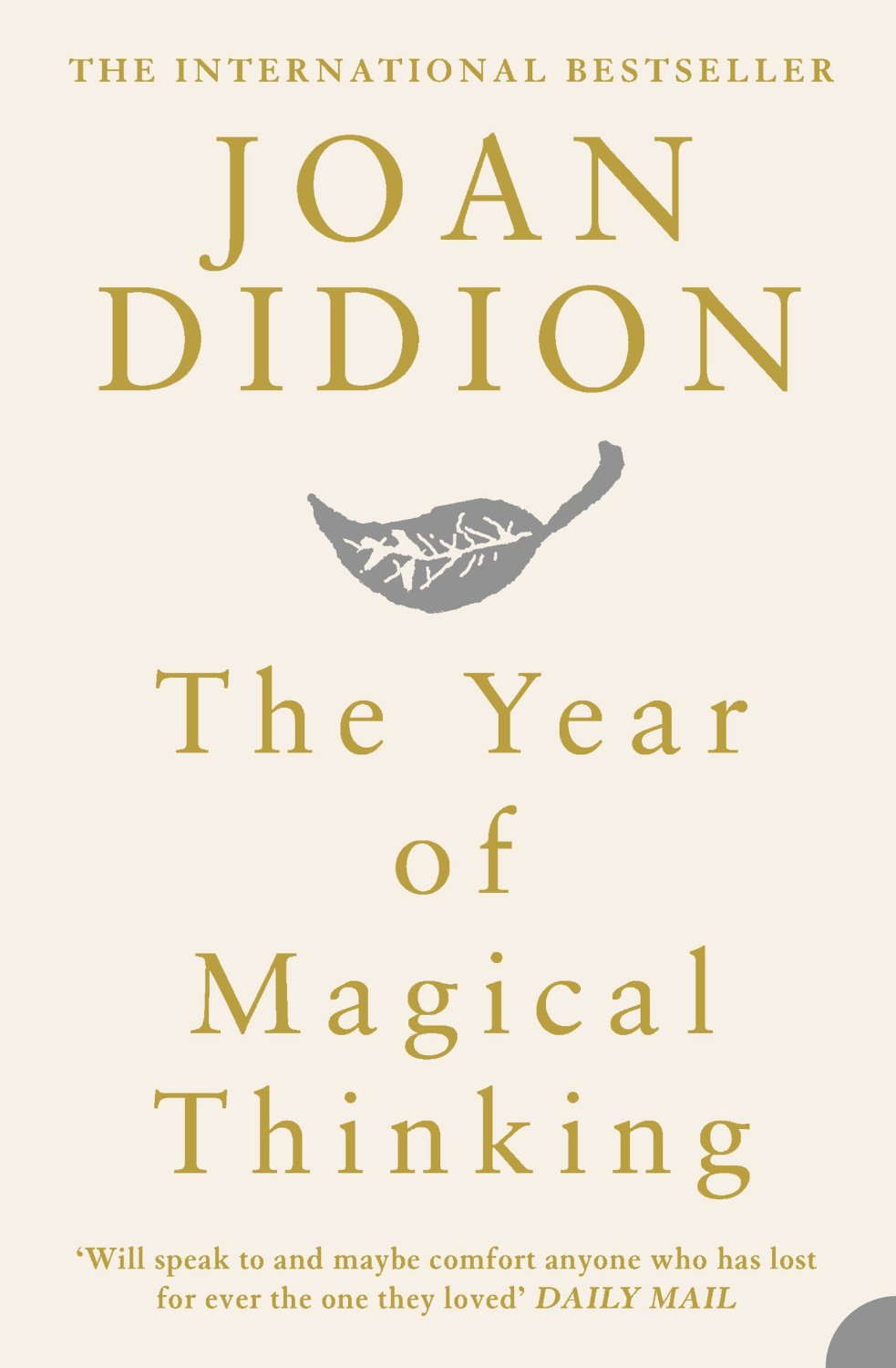
Several days before Christmas 2003, John Gregory Dunne and Joan Didion saw their only daughter fall ill. She went into complete sceptic shock and was put into an induced coma. Days later John suffered a massive and fatal coronary. Their daughter pulled through but two months later she collapsed and underwent brain surgery to relieve a massive hematoma. This book is a portrait of a marriage and a life that will speak to anyone who has ever loved a husband or wife or child.
87. Their Eyes Were Watching God by Zora Neale Hurston (1937)
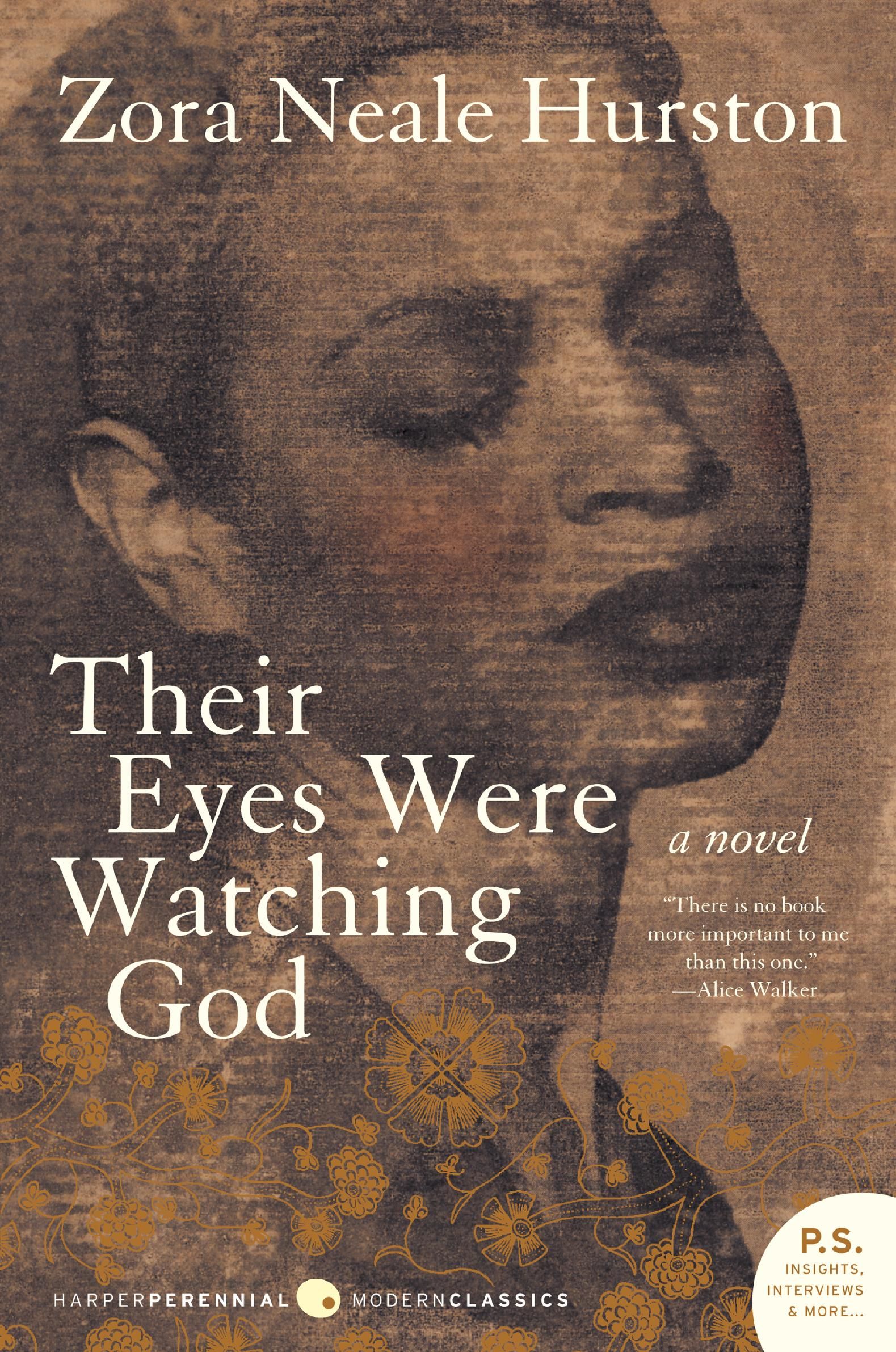
When Janie, at 16, is caught kissing shiftless Johnny Taylor, her grandmother swiftly marries her off to an old man with 60 acres. Janie endures two stifling marriages before meeting the man of her dreams, who offers not diamonds, but a packet of flowering seeds.
88. Three Strong Women by Marie Ndiaye (2009)
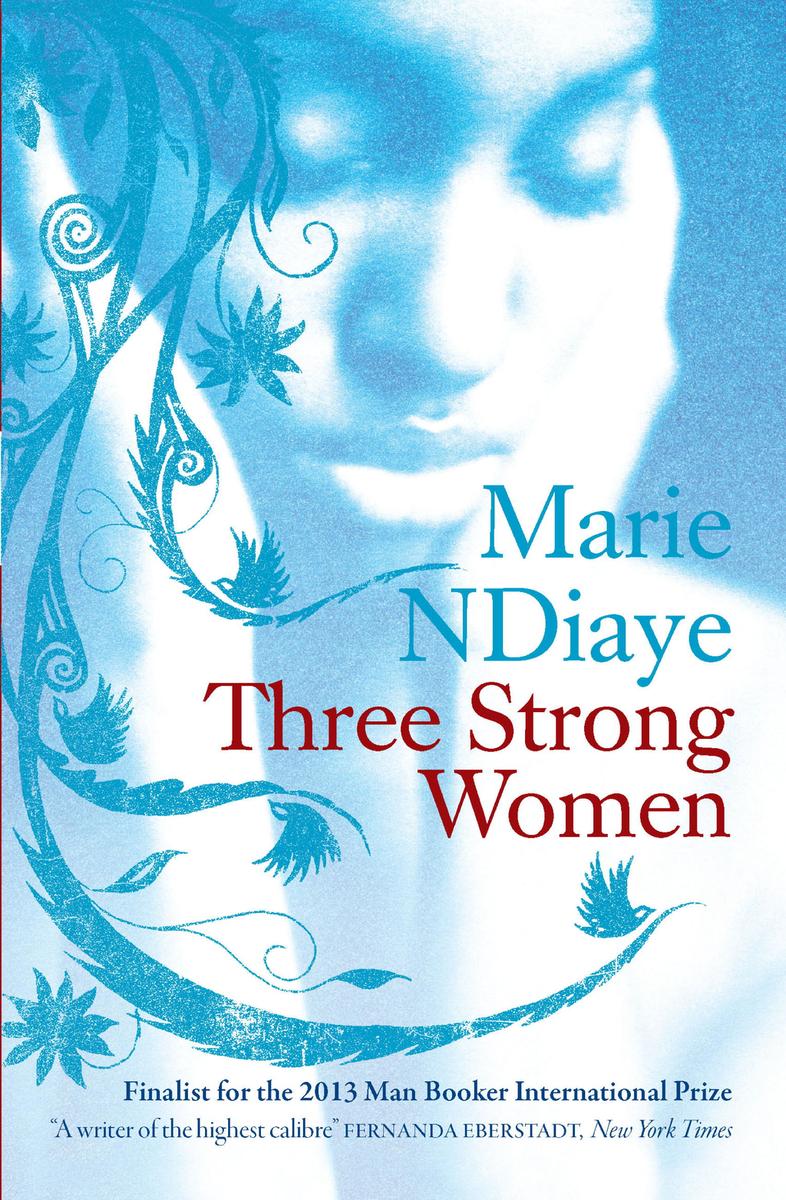
Shortlisted for the Man Booker International Prize, this book follows three women who almost had it all. Norah thinks she has made it when she qualifies as a lawyer in Paris; Fanta works her way into a prestigious teaching job; Khady runs a cafe with her loving husband. But family ties, broken or reasserted, will force each woman to face a journey from France to Africa or from Africa to France that will take the future out of their hands.
89. Tipping the Velvet by Sarah Waters (1998)
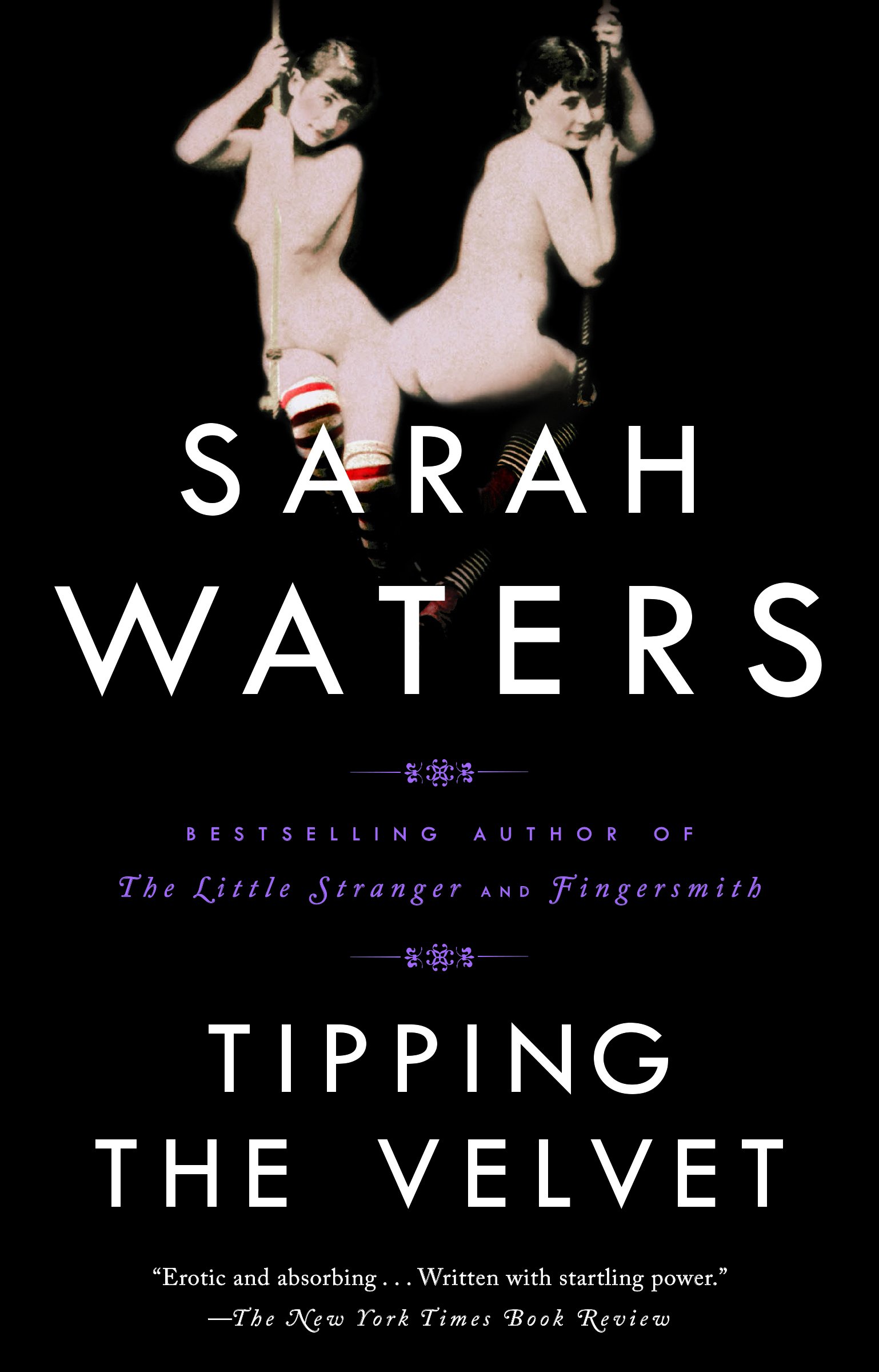
Winner of the Lambda Literary Award for Lesbian Fiction in 2000, this is a saucy, sensuous and multi-layered historical romance, which follows the glittering career of Nan King - oyster girl turned music-hall star turned rent boy turned East End 'tom'.
90. To Kill a Mockingbird by Harper Lee (1960)
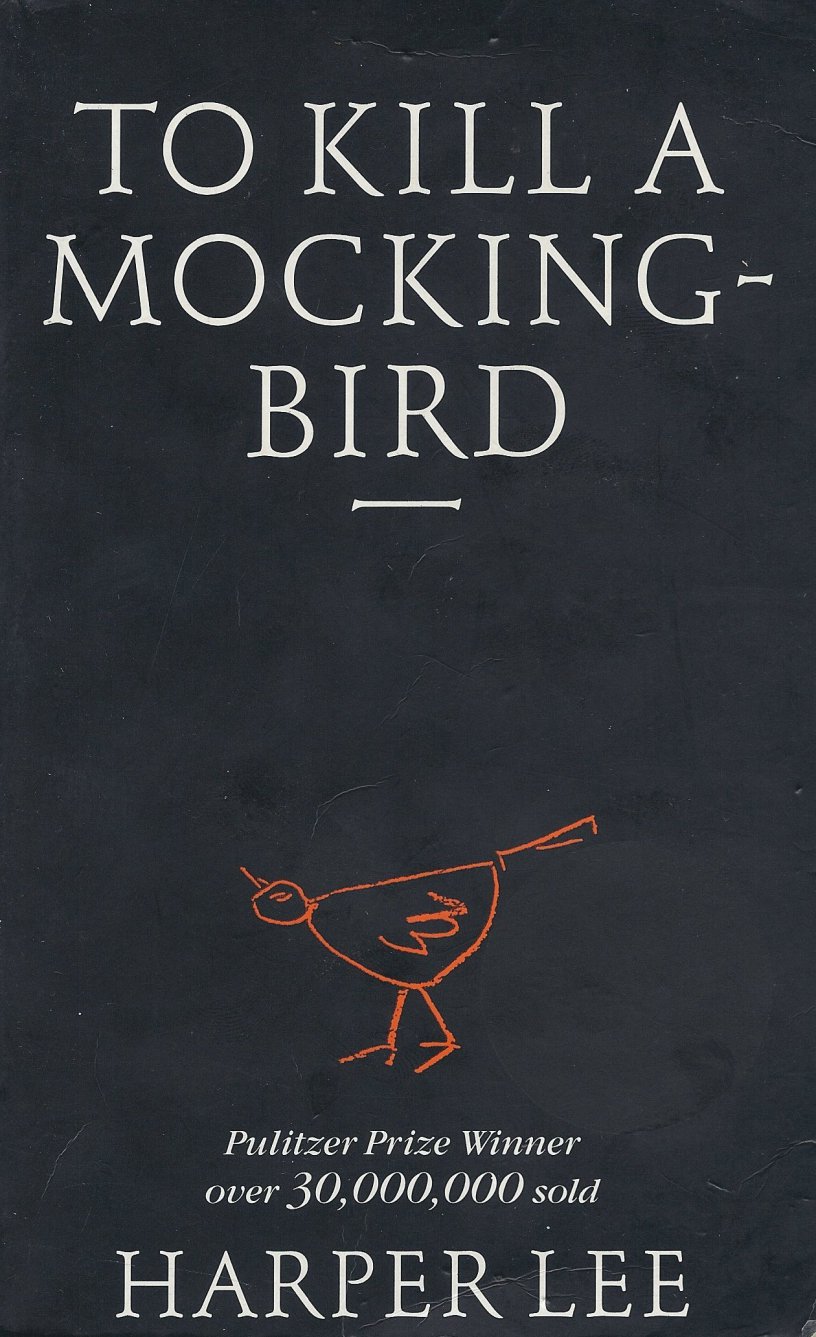
Through the young eyes of Scout and Jem Finch, Harper Lee explores the irrationality of adult attitudes to race and class in the Deep South of the 1930s. The conscience of a town steeped in prejudice, violence and hypocrisy is pricked by the stamina of one man's struggle for justice.
To Kill a Mockingbird is a coming-of-age story, an anti-racist novel and a historical drama of the Great Depression.
91. Train to Nowhere by Anita Leslie (1948)
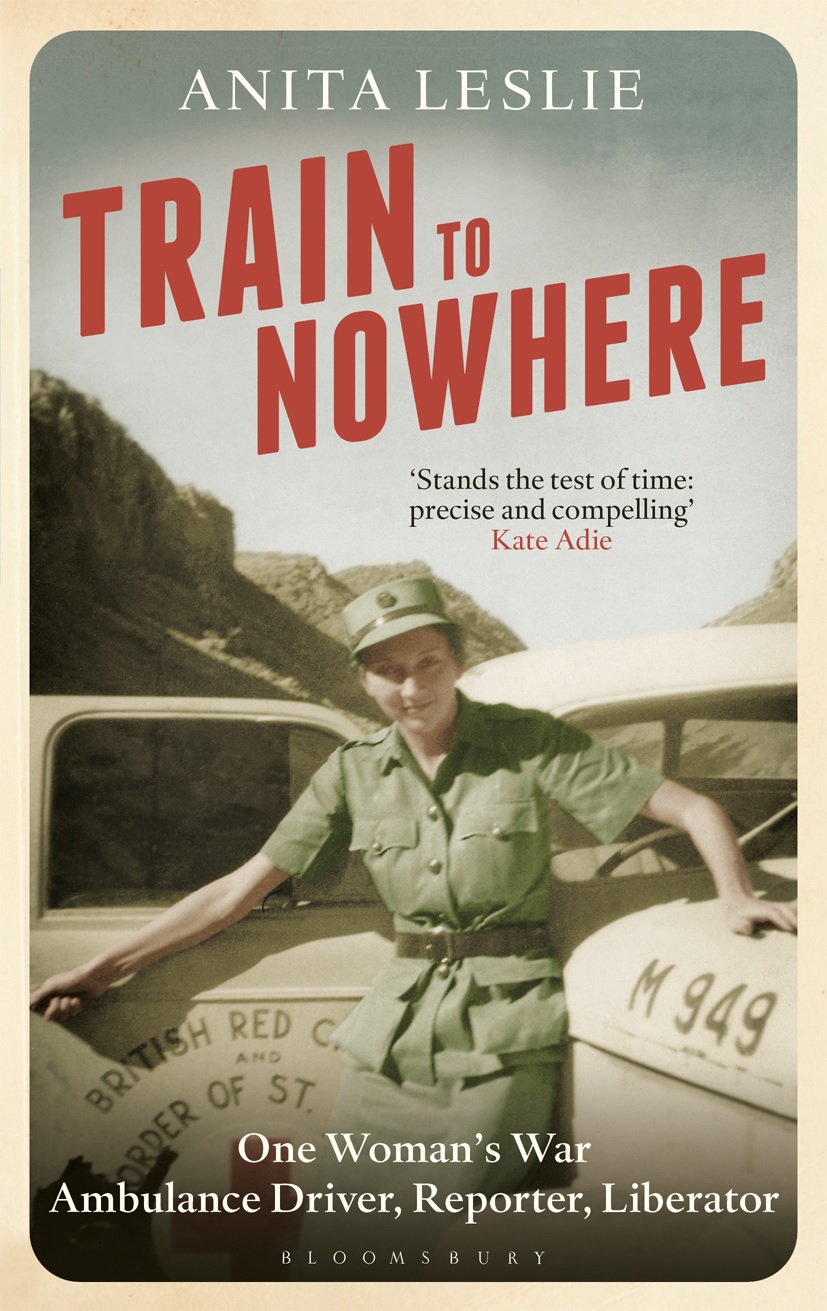
Daughter of a Baronet and first cousin once removed of Winston Churchill, Anita Leslie joined the Mechanized Transport Corps as a fully trained mechanic and ambulance driver during WWII, serving in Libya, Syria, Palestine, Italy, France and Germany. Train to Nowhere is the war memoir of a funny and vivacious young woman who reports on her experiences with a dry humour, finding the absurd alongside the tragic.
92. Under the Net by Iris Murdoch (1954)
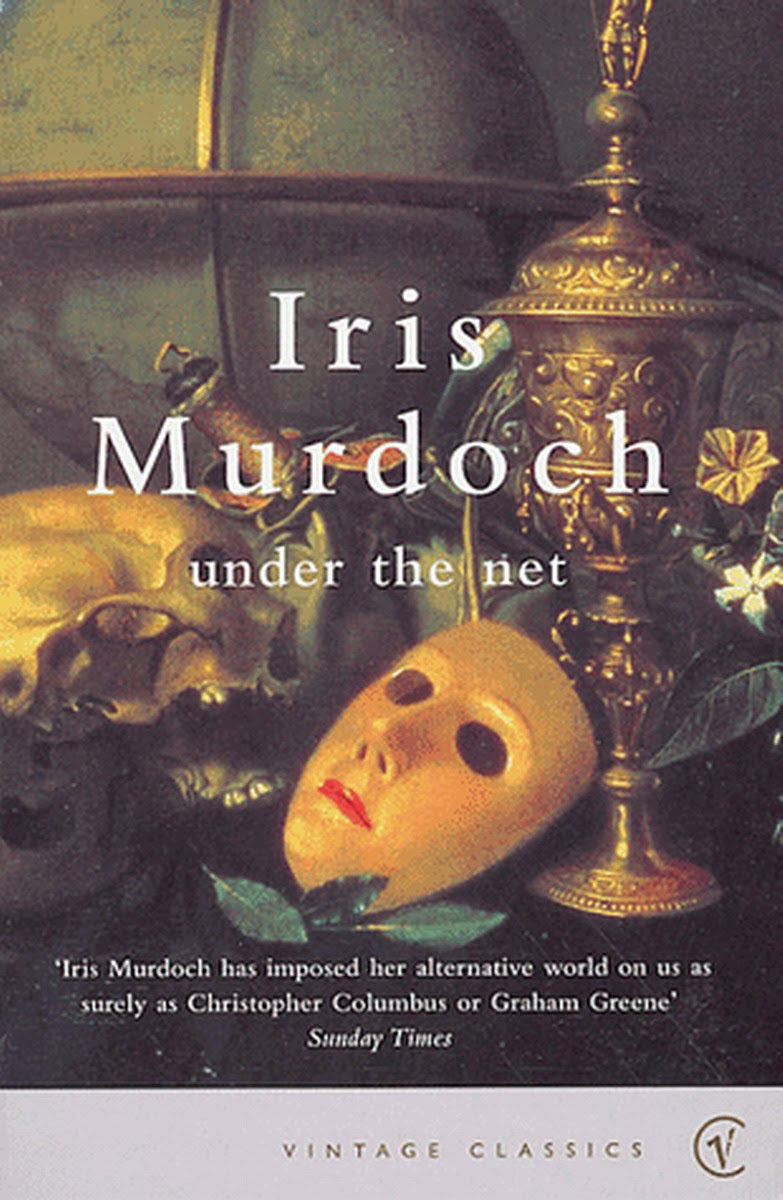
Iris Murdoch's first novel is set in a part of London where struggling writers rub shoulders with successful bookies, and film starlets with frantic philosophers. Its hero, Jake Donaghue, is a drifting, clever, likeable young man who makes a living out of translation work and sponging on his friends. A meeting with Anna, an old flame, leads him into a series of fantastic adventures.
93. Unless by Carol Shields (2002)
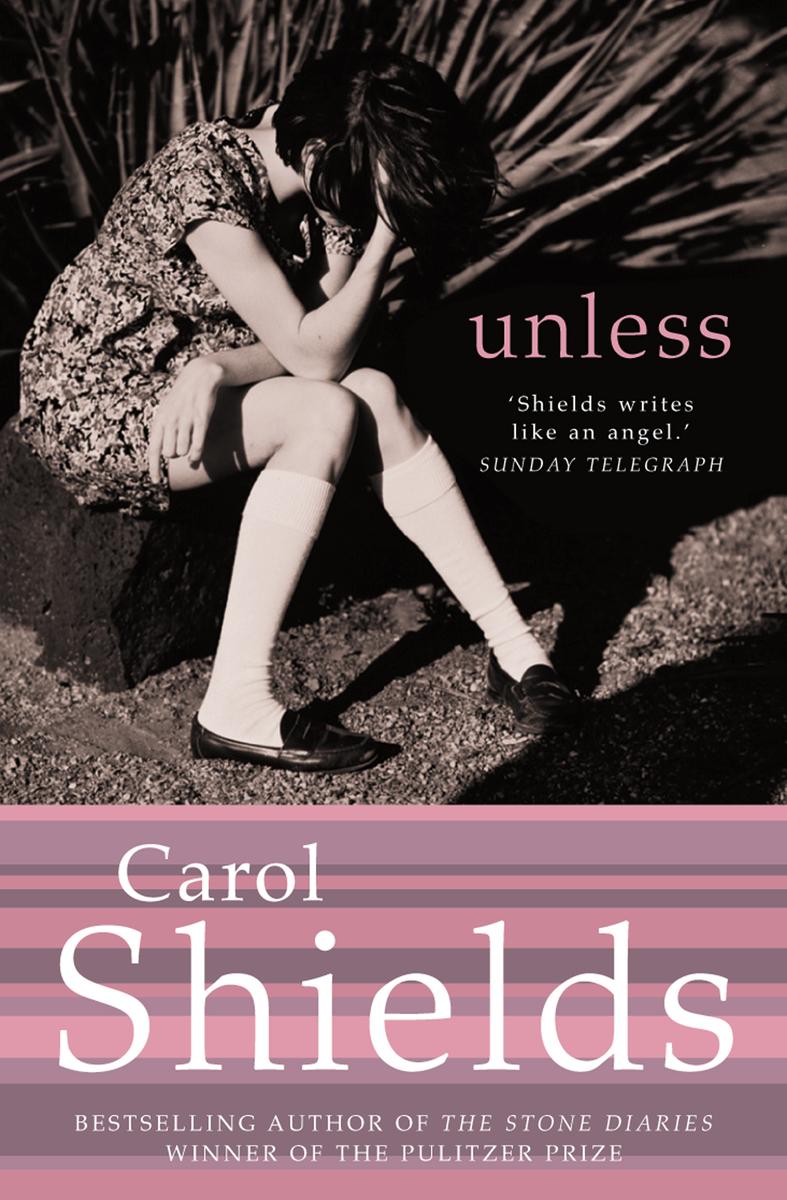
Reta Winters has a loving family, good friends, and growing success as a writer of light fiction. Then her eldest daughter suddenly withdraws from the world, abandoning university to sit on a street corner, wearing a sign that reads only 'Goodness'. As Reta seeks the causes of her daughter's retreat, her enquiry turns into an unflinching meditation on society and where we find meaning and hope. Shortlisted for the 2002 Man Booker Prize.
94. We Need to Talk About Kevin by Lionel Shriver (2003)
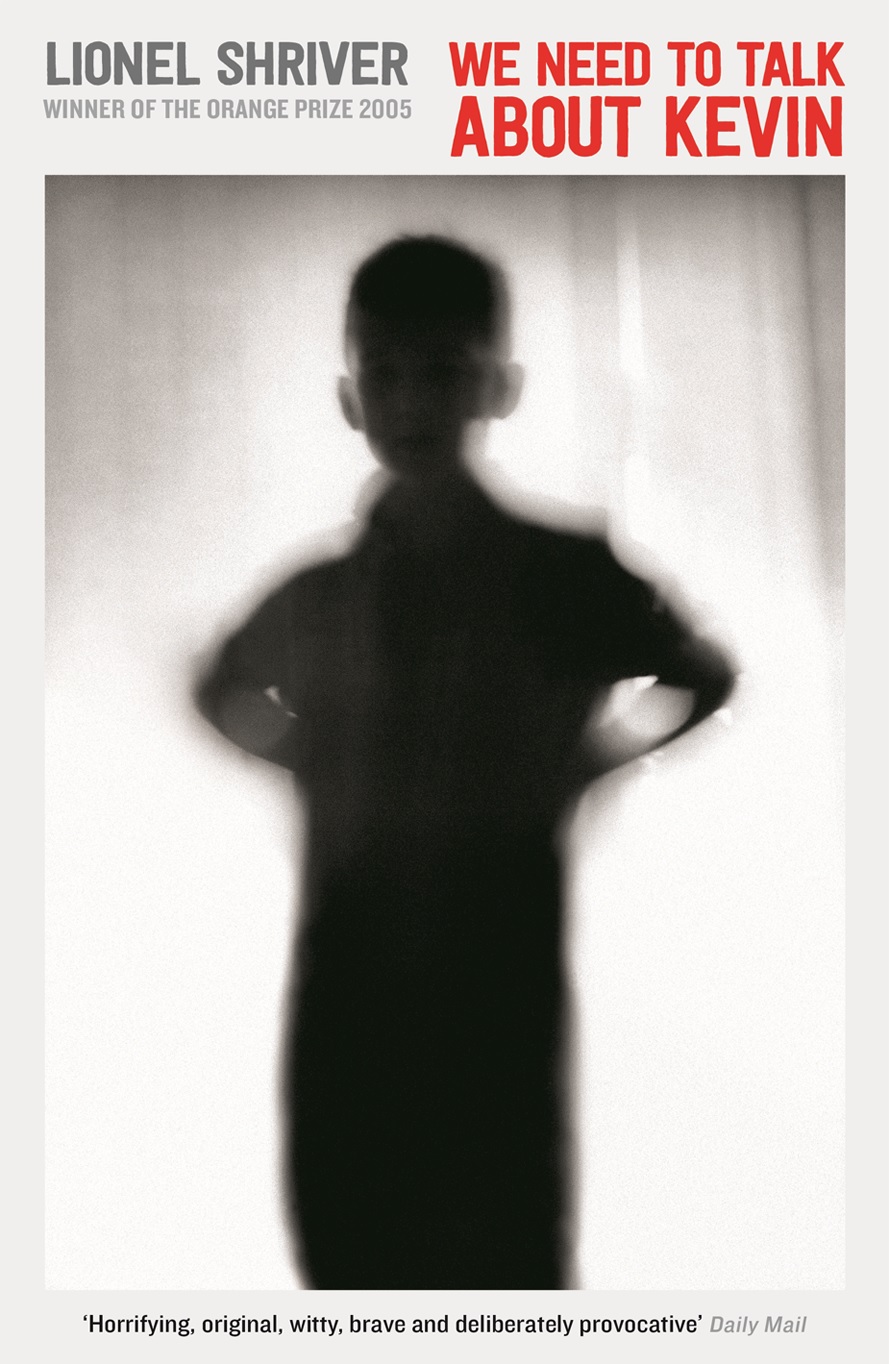
Eva never really wanted to be a mother; certainly not the mother of the unlovable boy. Now, two years later, it is time for her to come to terms with marriage, career, family, parenthood and Kevin's horrific behaviour in a series of startlingly direct correspondences with her absent husband, Franklyn. Winner of the 2005 Orange Prize.
95. What I Loved by Siri Hustvedt (2003)
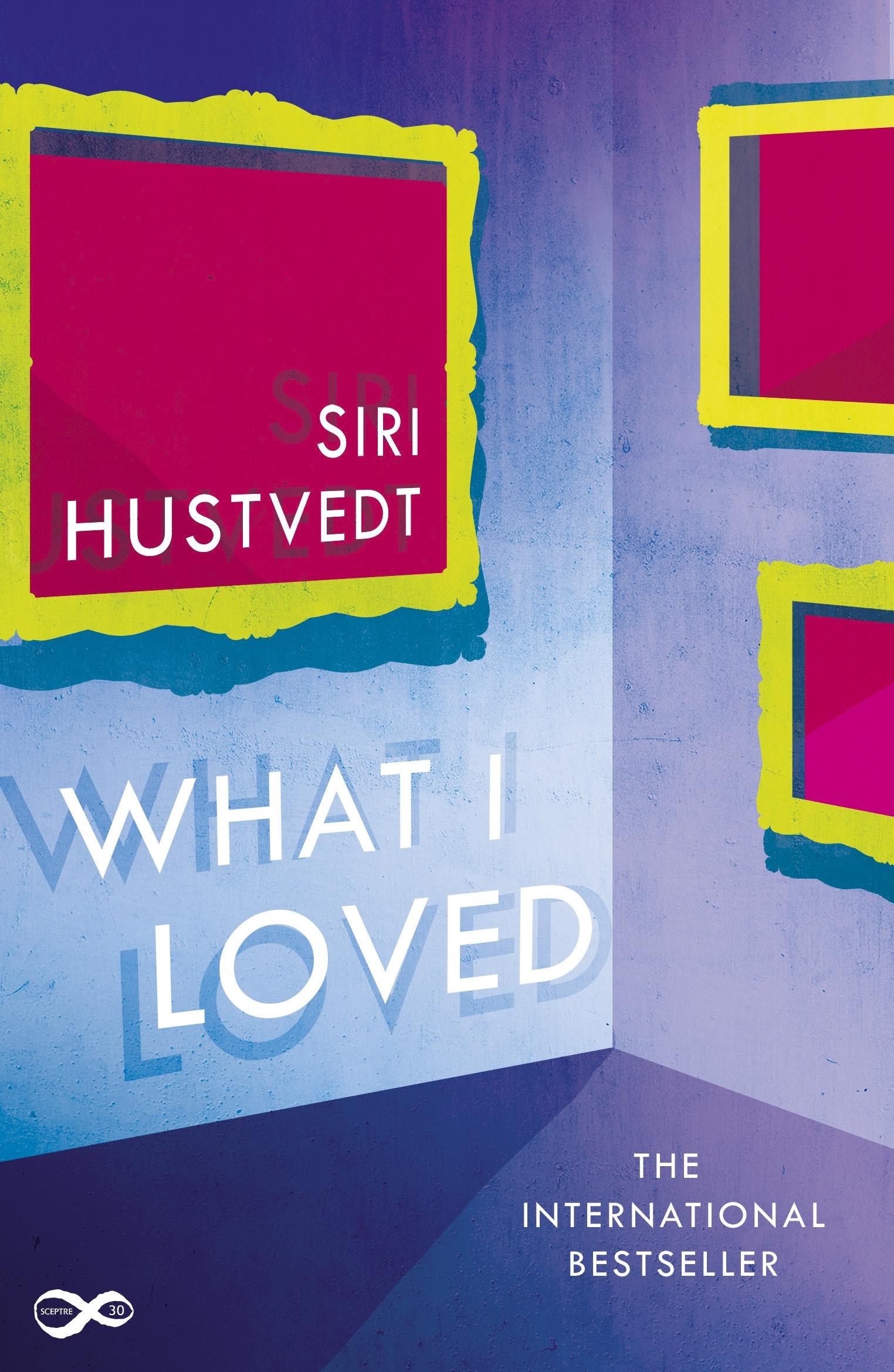
In 1975 art historian Leo Hertzberg discovers an extraordinary painting by an unknown artist in a New York gallery. He buys the work, tracks down its creator, Bill Weschler, and the two men embark on a life-long friendship. This is the story of their intense and troubled relationship, of the women in their lives and their work, of art and hysteria, love and seduction and their sons - born the same year but whose lives take very different paths.
96. White Teeth by Zadie Smith (1999)
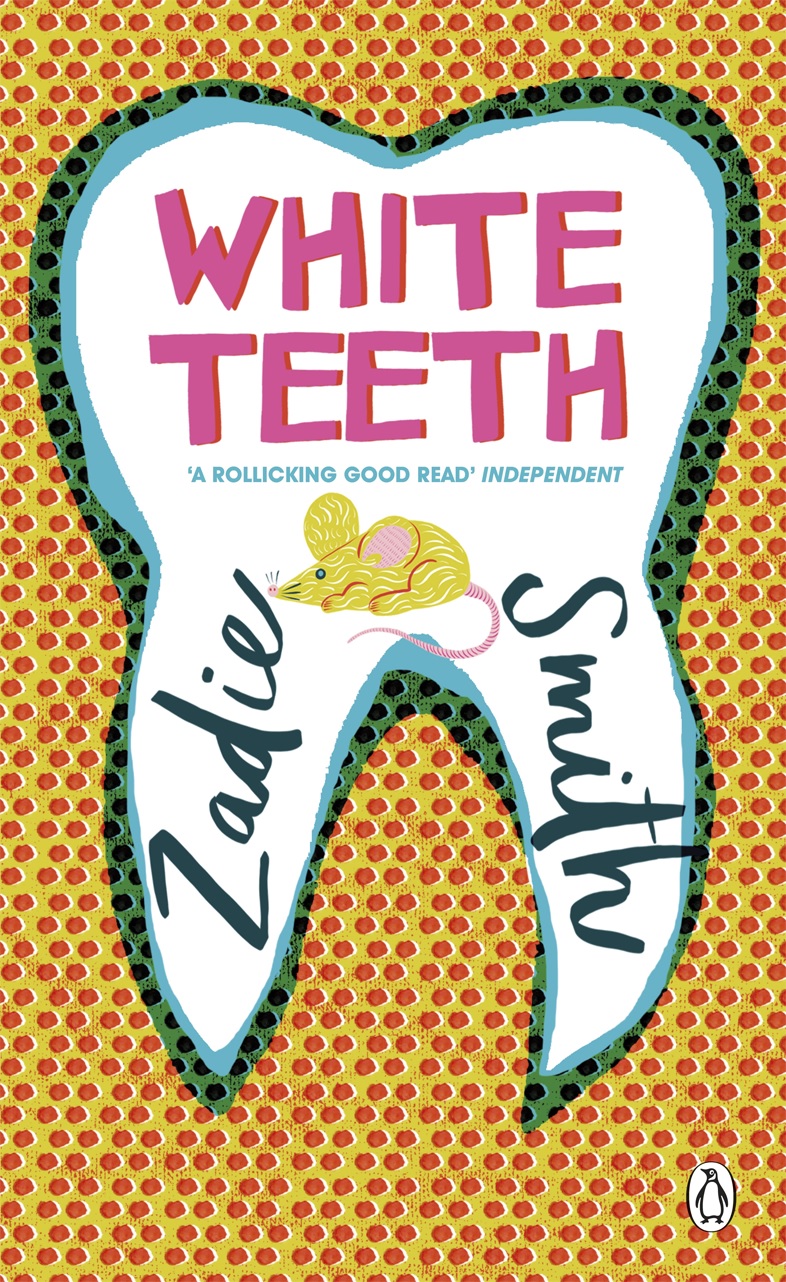
Shortlisted in 2001 for the Orange Prize for Fiction,
White Teeth is a funny, generous, big-hearted novel. Dealing - among many other things - with friendship, love, war, three cultures and three families over three generations, one brown mouse, and the tricky way the past has of coming back and biting you on the ankle.
97. Wide Sargasso Sea by Jean Rhys (1966)
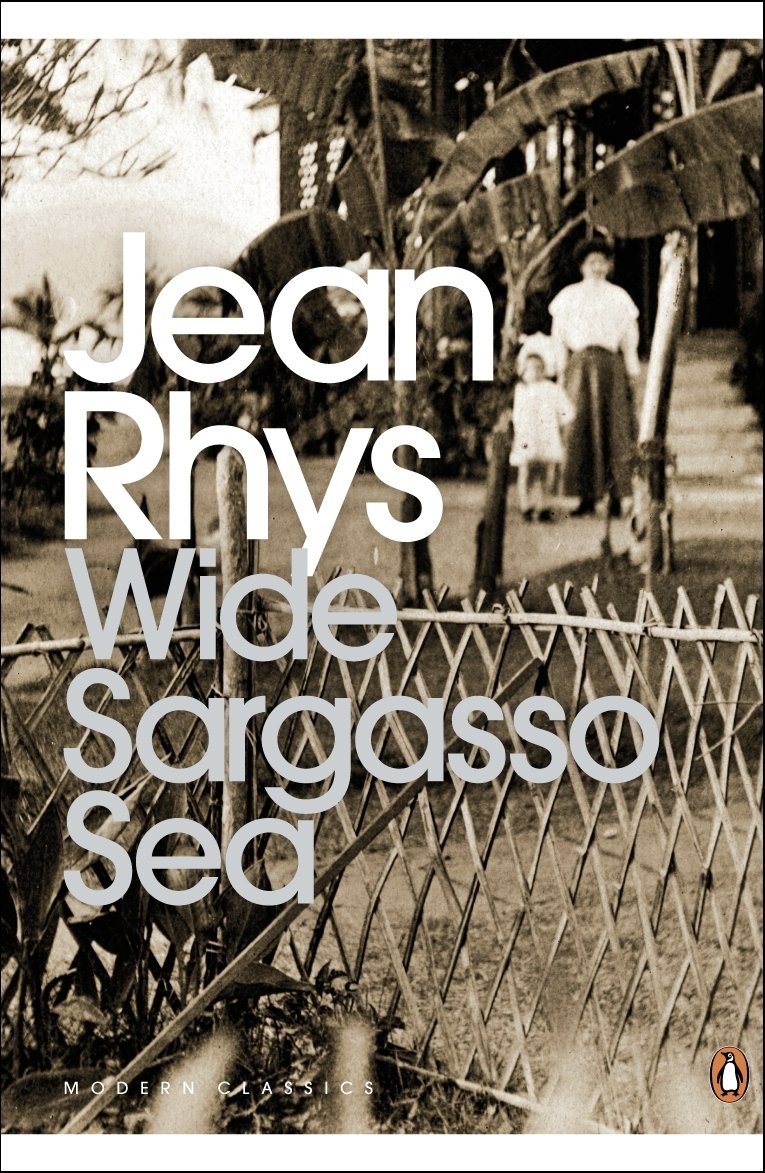
Rhys’ story of
Jane Eyre's 'madwoman in the attic', Bertha Rochester. Born into the oppressive, colonialist society of 1930s Jamaica, white Creole heiress Antoinette Cosway meets a young Englishman who is drawn to her innocent beauty and sensuality. After their marriage, however, disturbing rumours begin to circulate which poison her husband against her. Caught between his demands and her own precarious sense of belonging, Antoinette is inexorably driven towards madness.
98. Wild Swans by Jung Chang (1991)
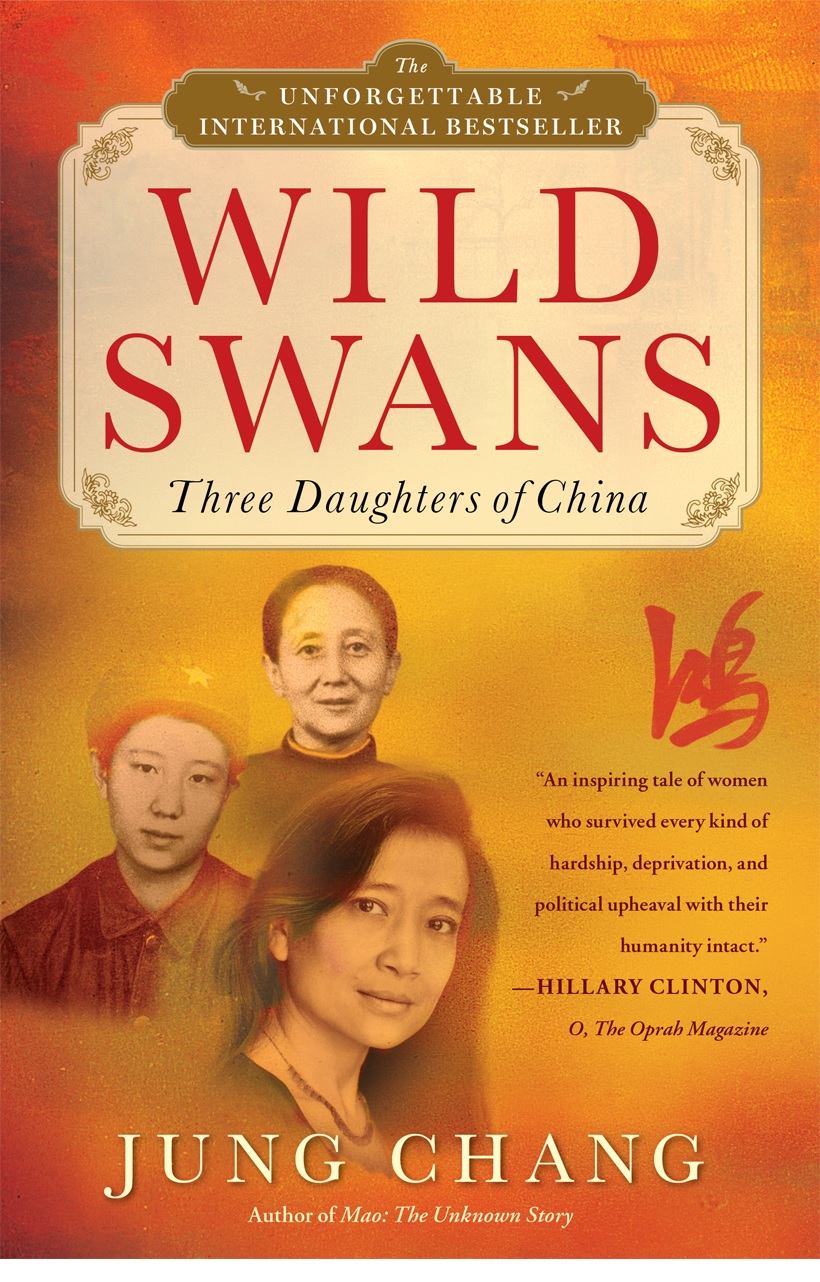 Wild Swans
Wild Swans, which has sold more than 13 million copies, is a tragic tale of nightmarish cruelty and an uplifting story of bravery and survival. Through the story of three generations of women in her own family – the grandmother given to the warlord as a concubine, the Communist mother and the daughter herself – Jung Chang reveals the epic history of China's 20th century.
99. Wise Children by Angela Carter (1991)
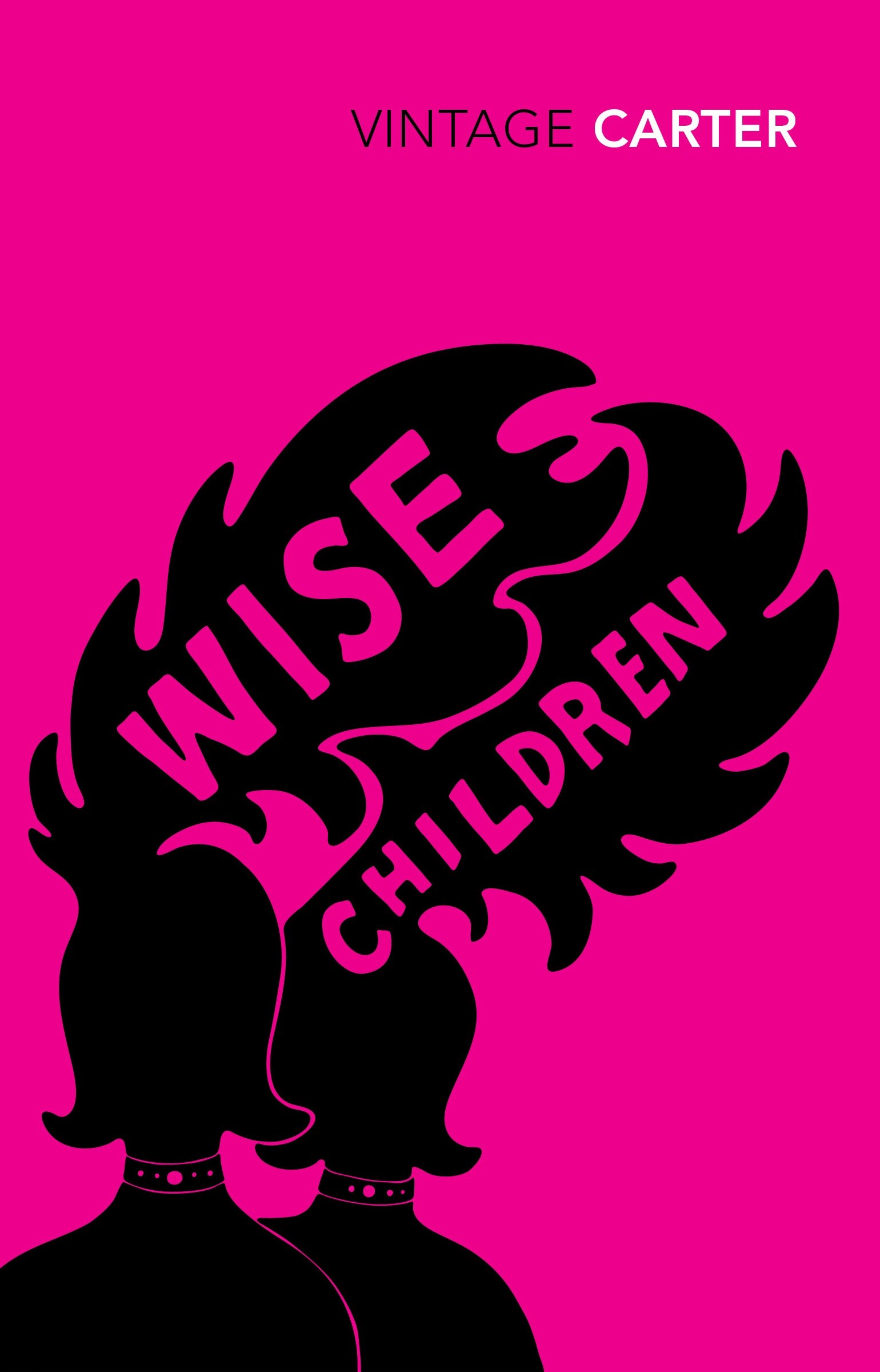
A richly comic tale of the tangled fortunes of two theatrical families, the Hazards and the Chances, Angela Carter's witty and bawdy novel is populated with as many sets of twins, and mistaken identities as any Shakespeare comedy, and celebrates the magic of over a century of show business.
100. Women & Power by Mary Beard (2017)
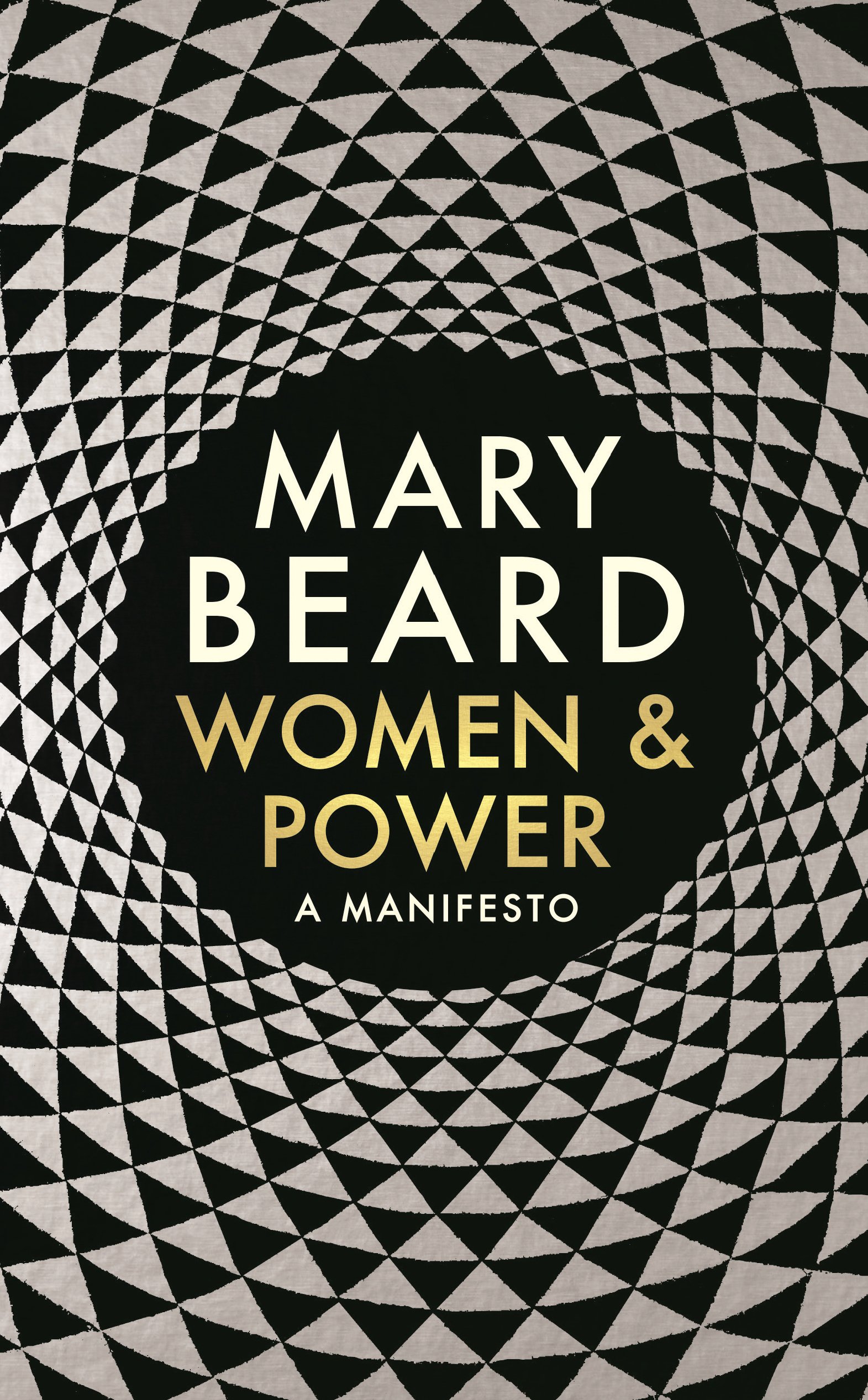
Britain's best-known classicist Mary Beard, is a committed and vocal feminist. Here, with wry wit, she revisits the gender agenda and shows how history has treated powerful women. Her examples range from the classical world to the modern day as she explores the cultural underpinnings of misogyny, our cultural assumptions about women's relationship with power, and how powerful women resist being packaged into a male template.